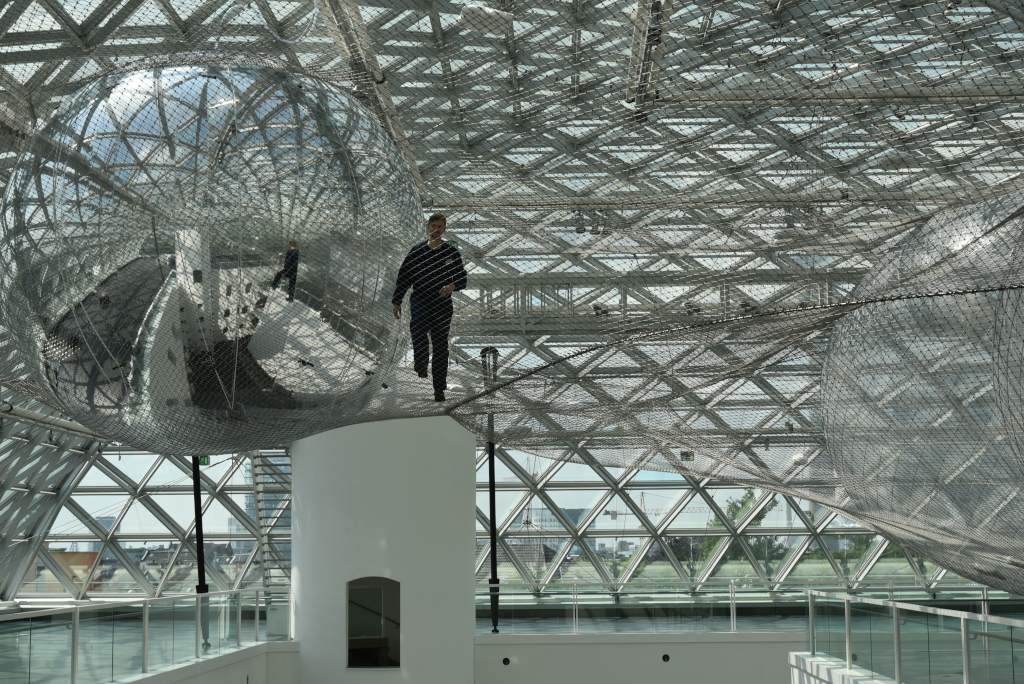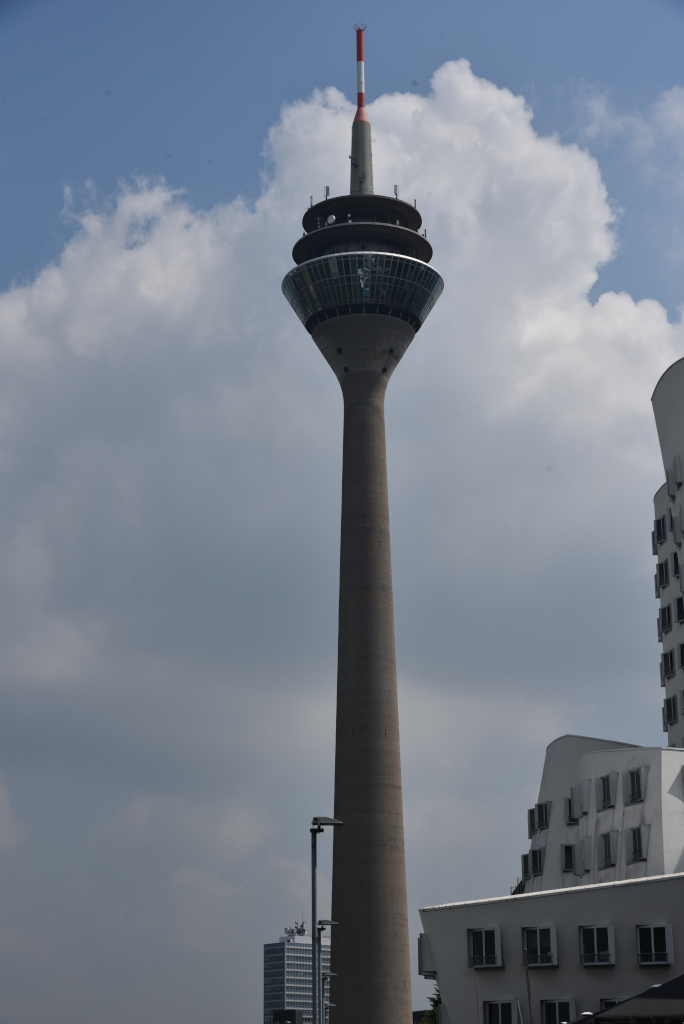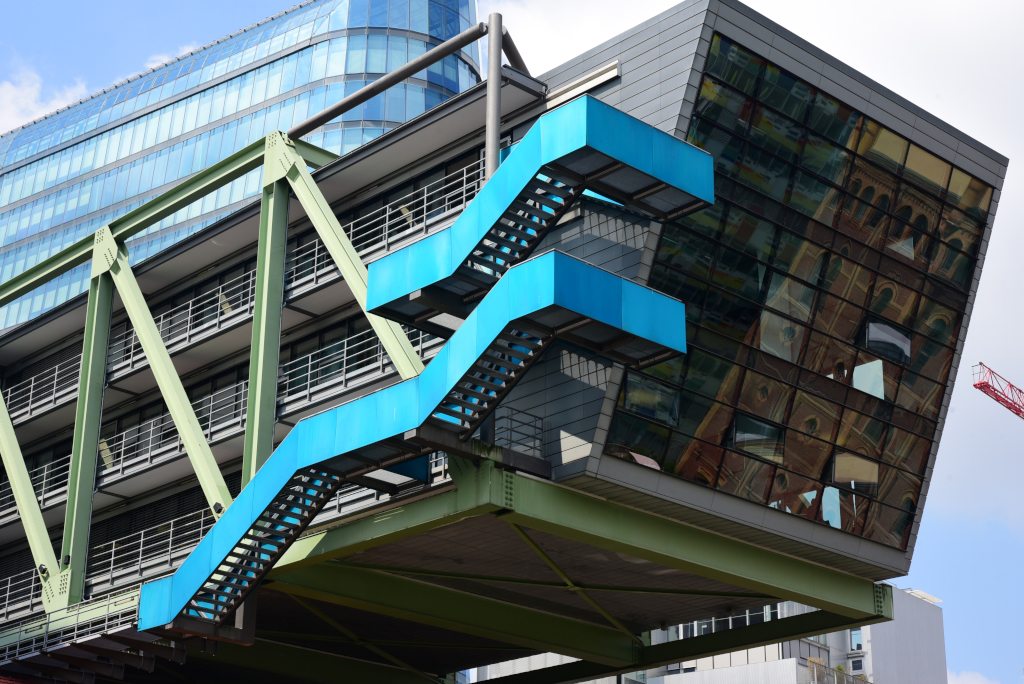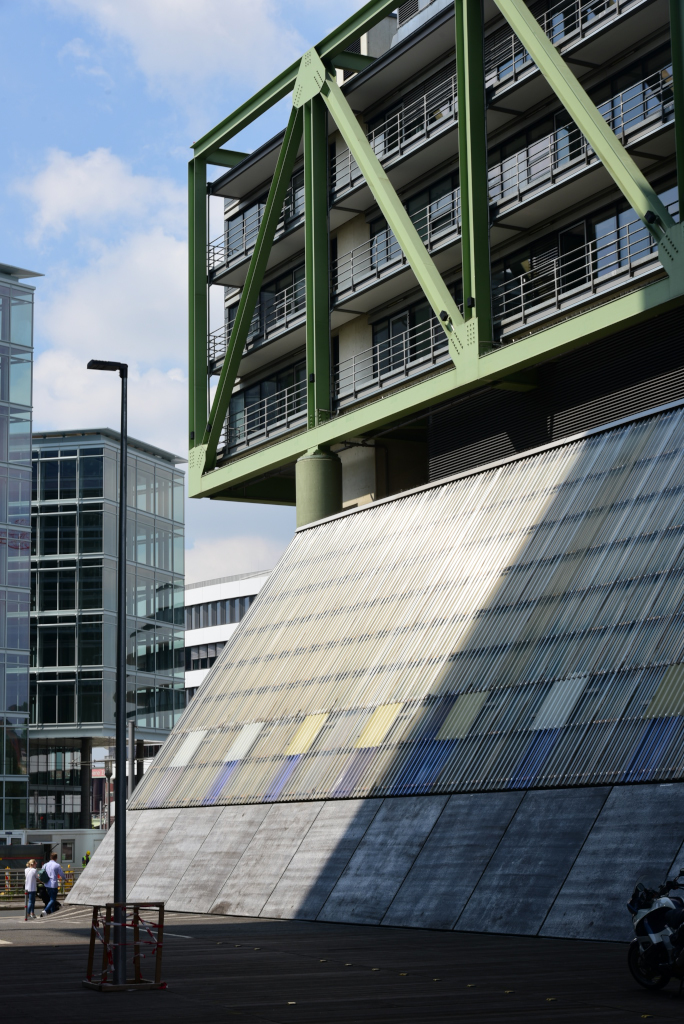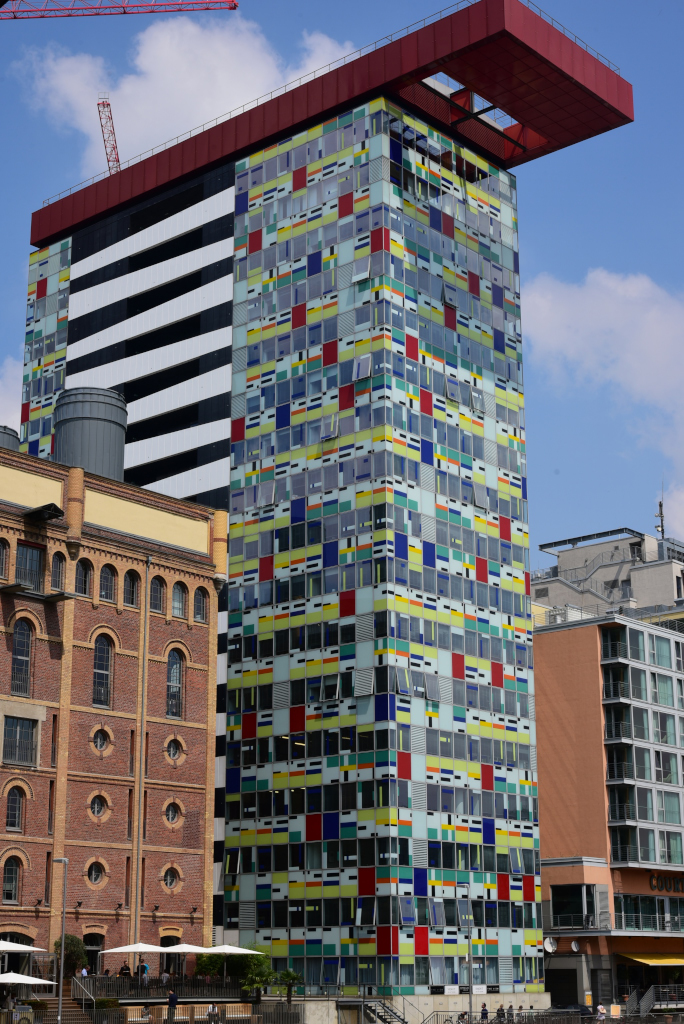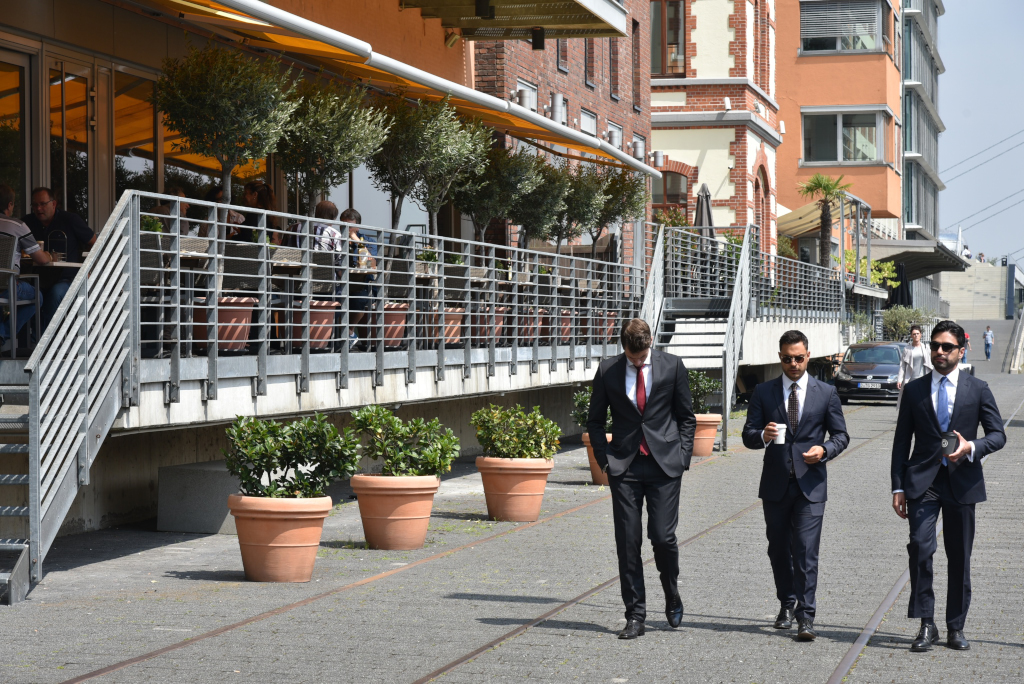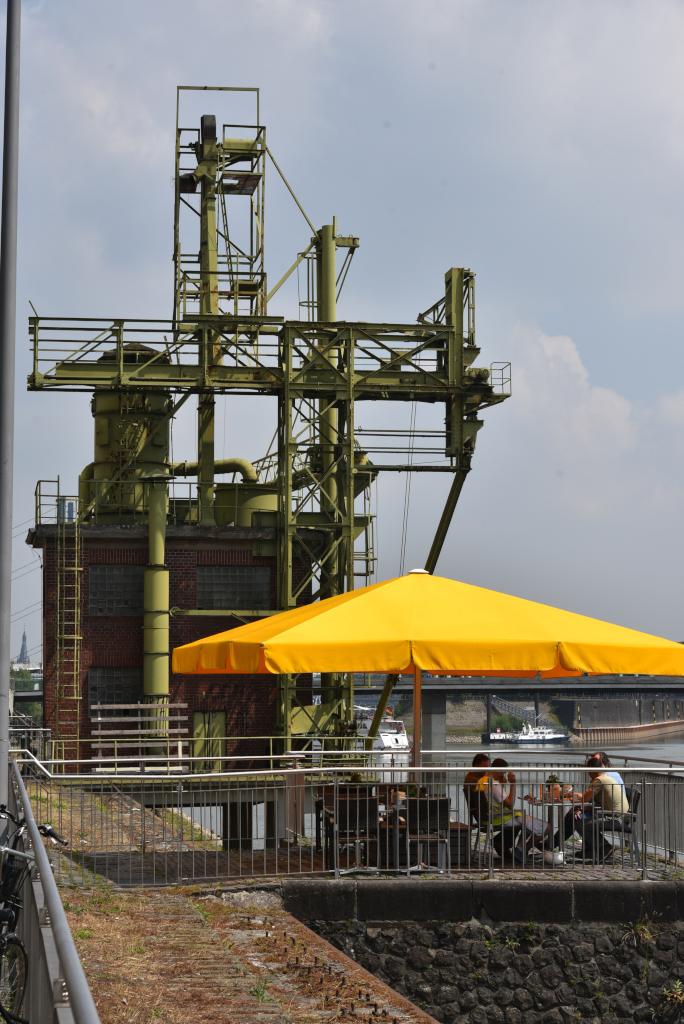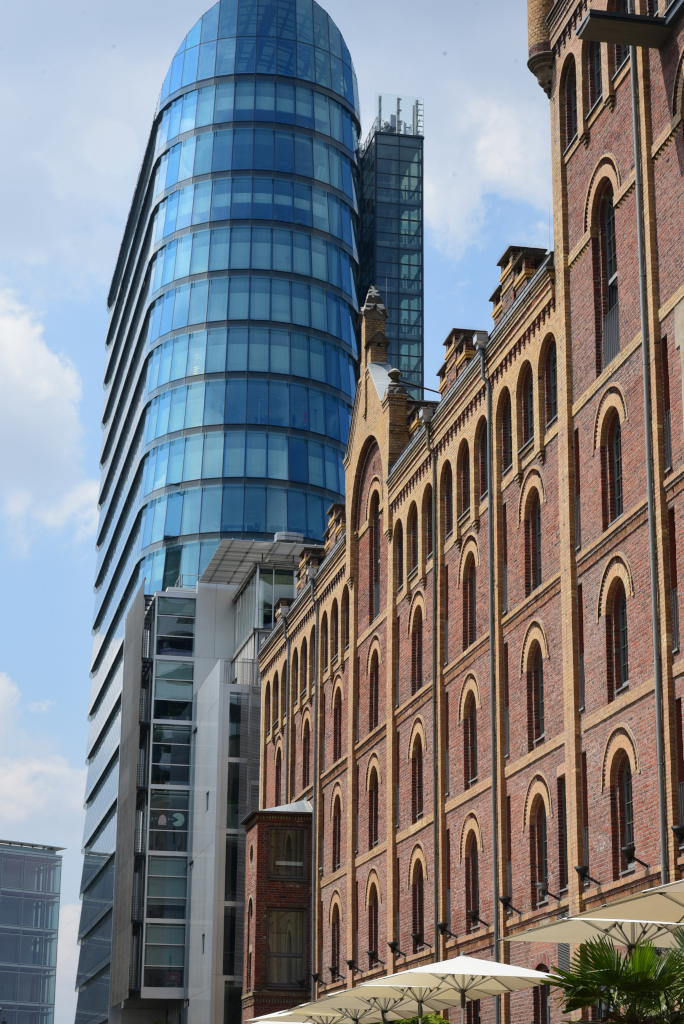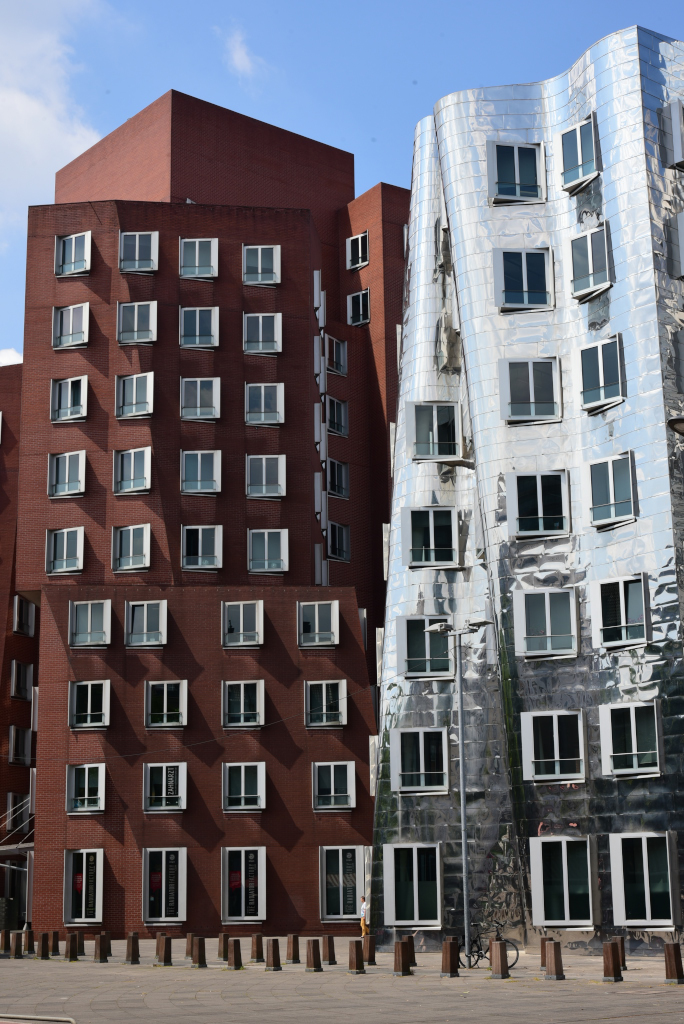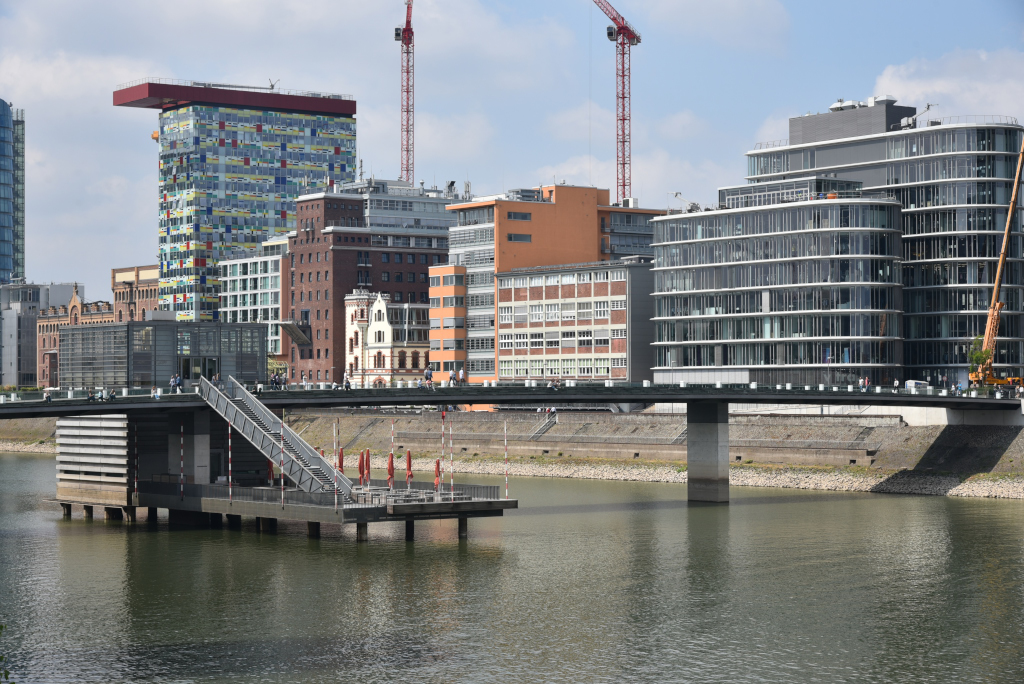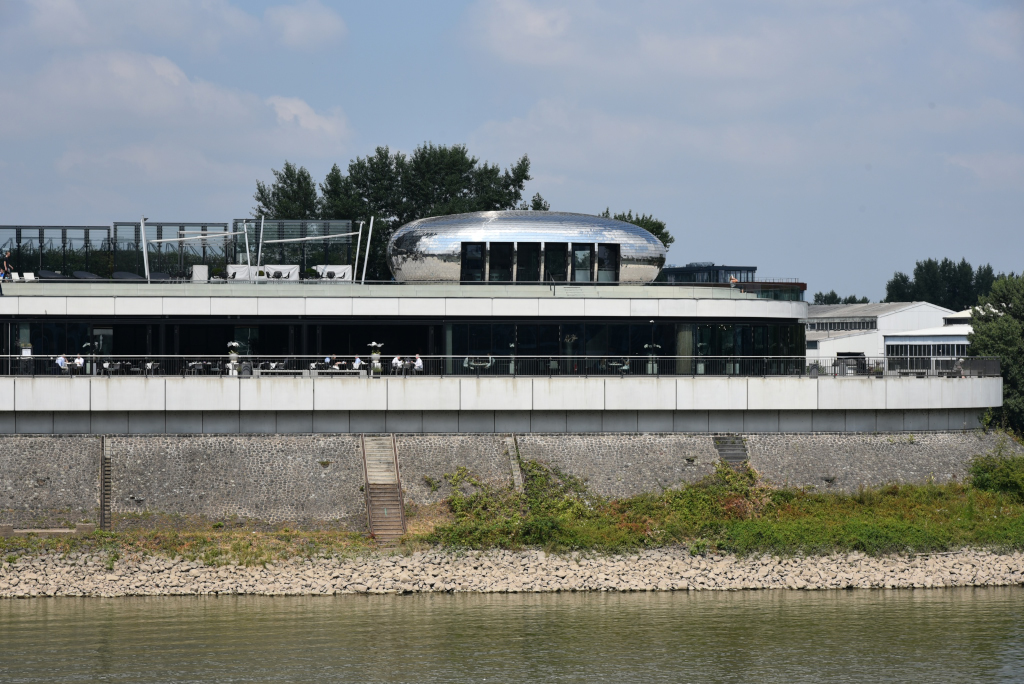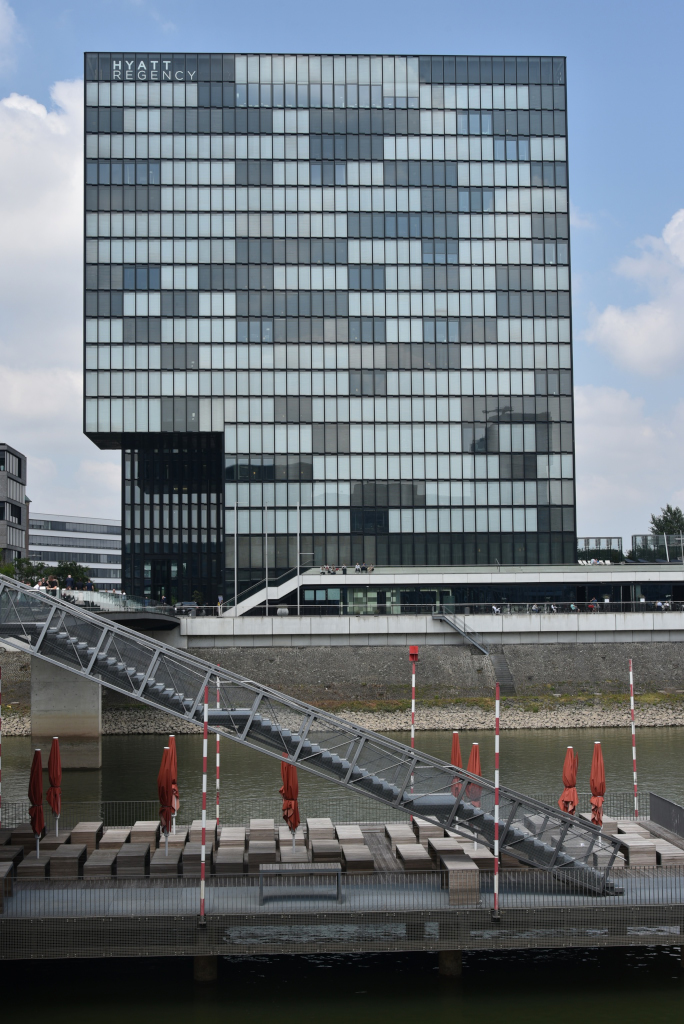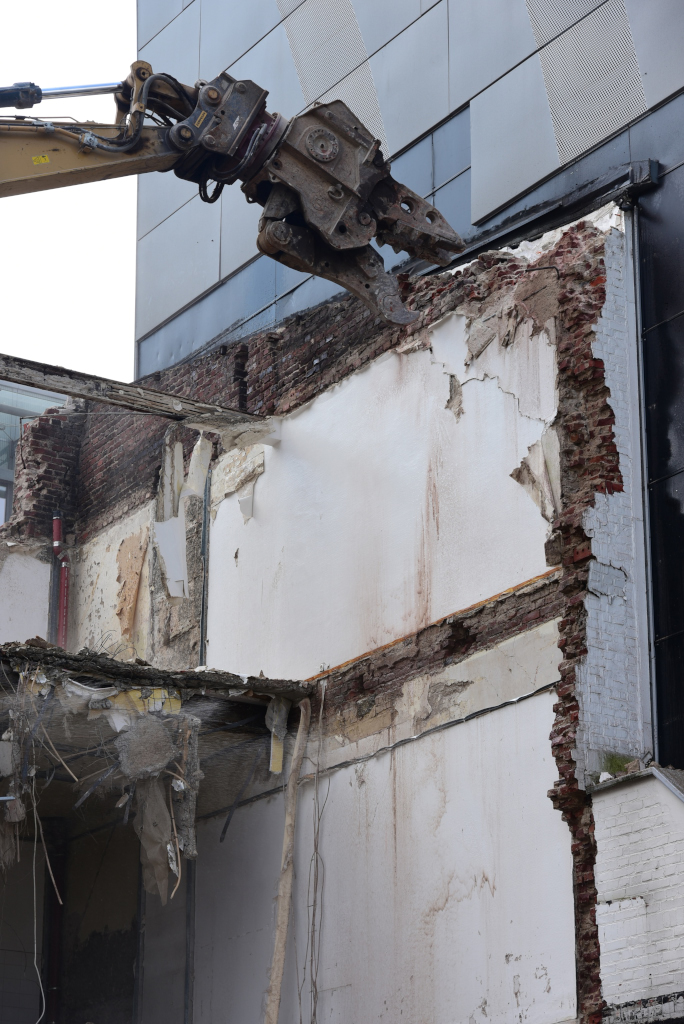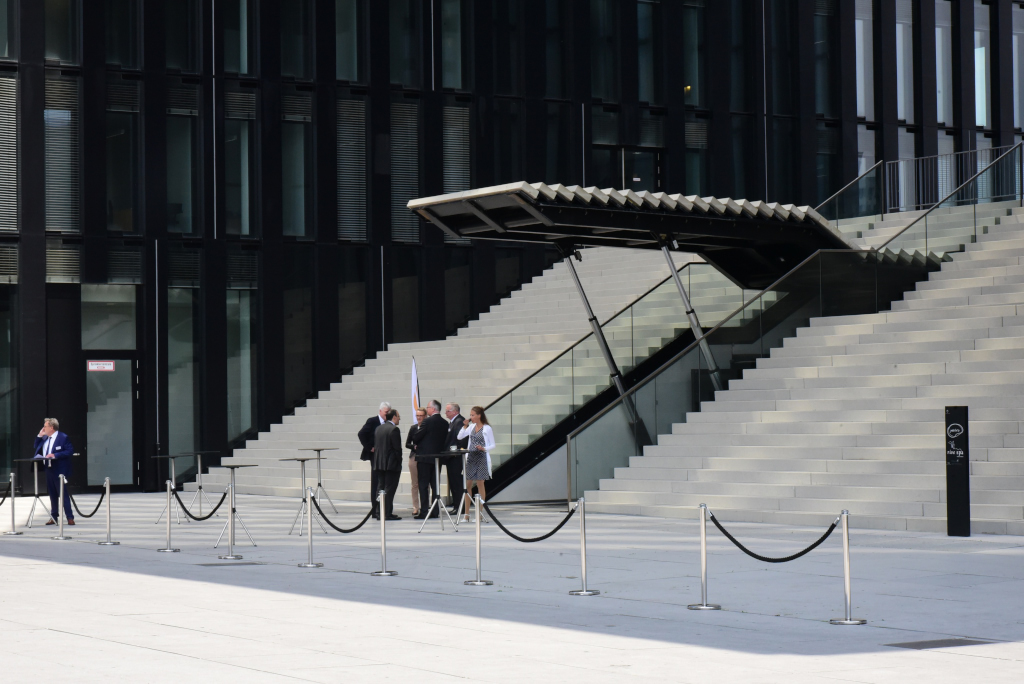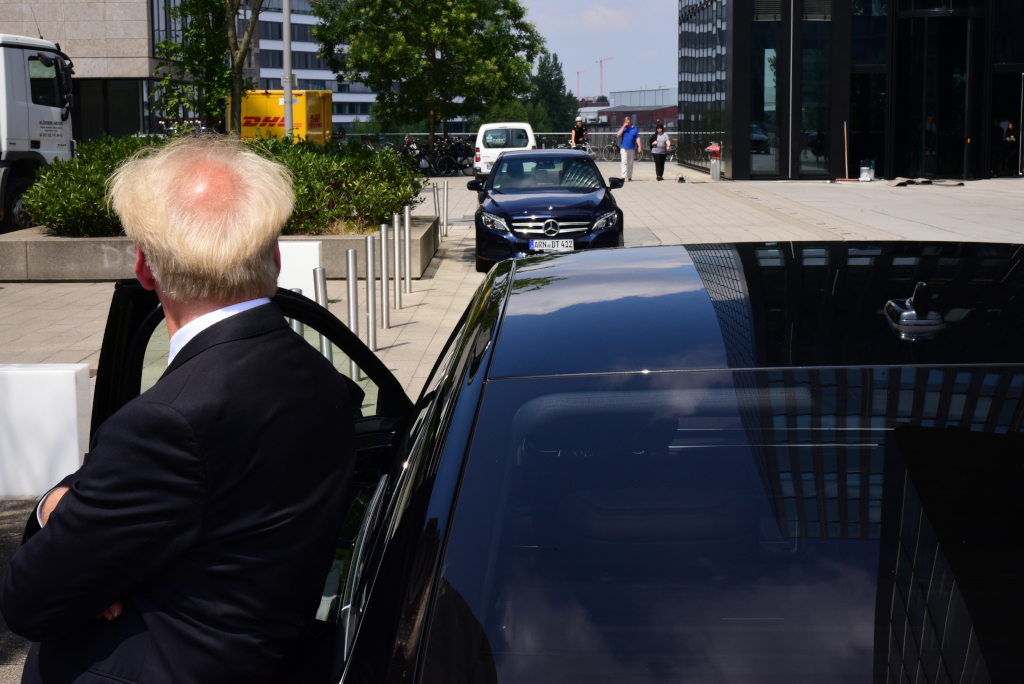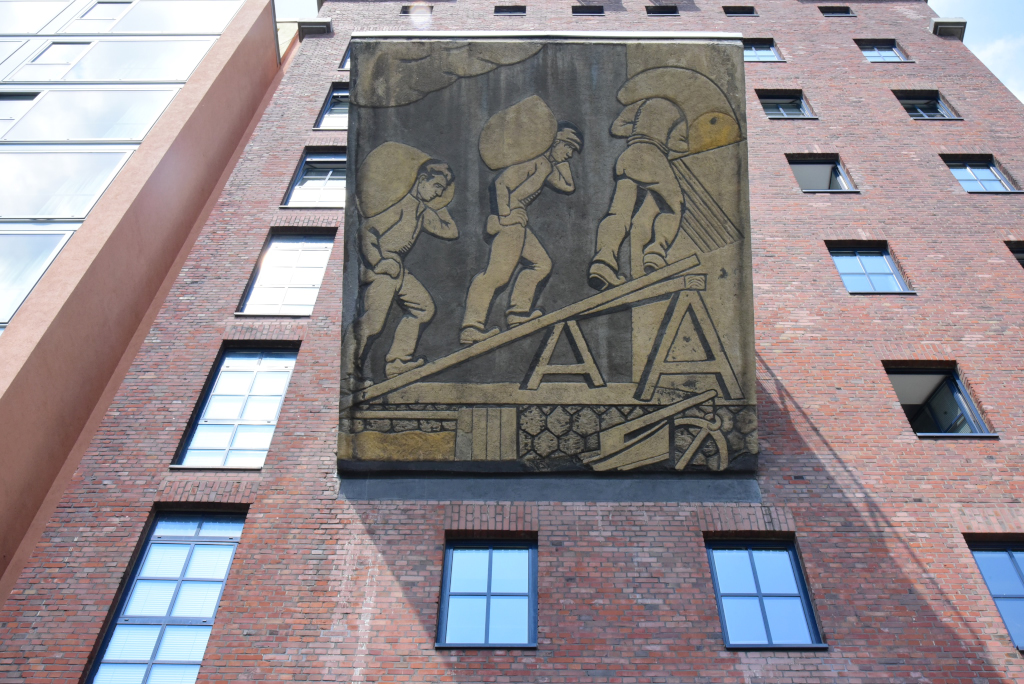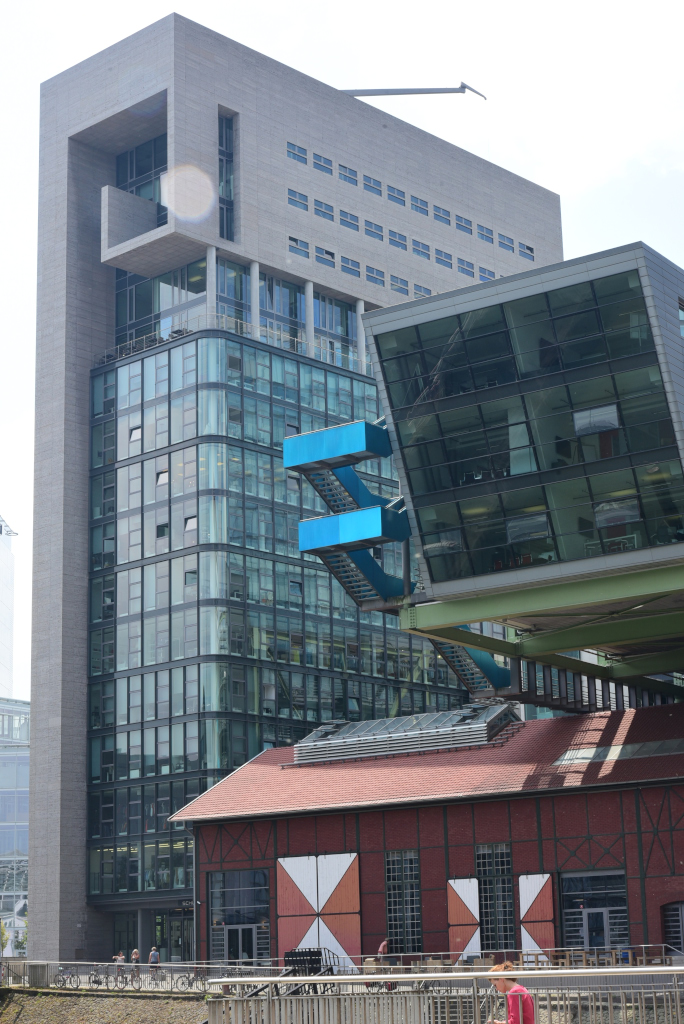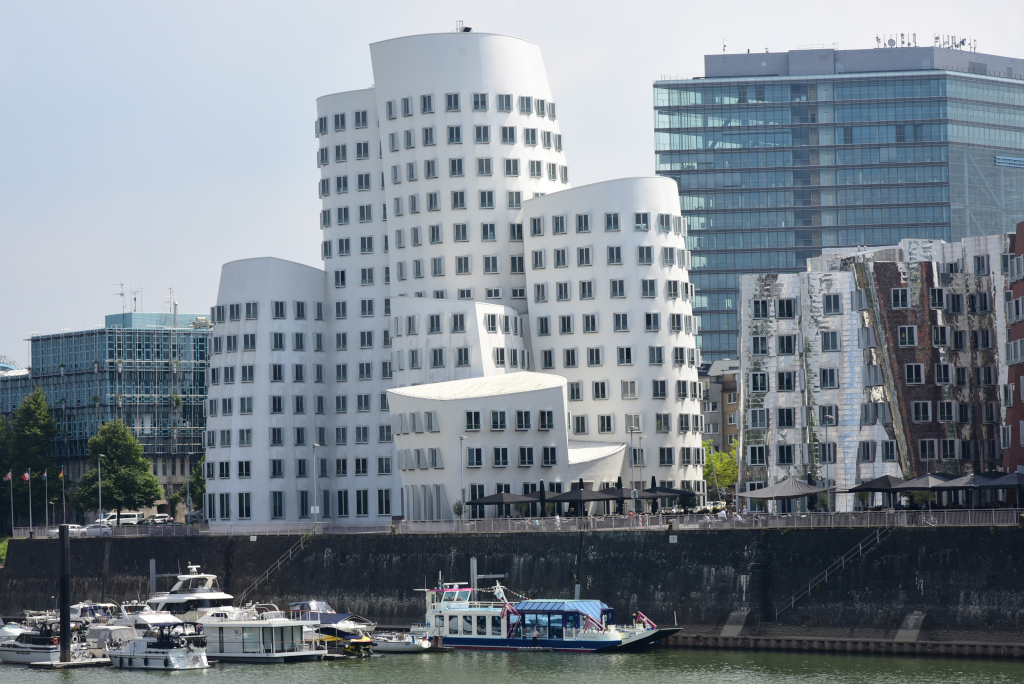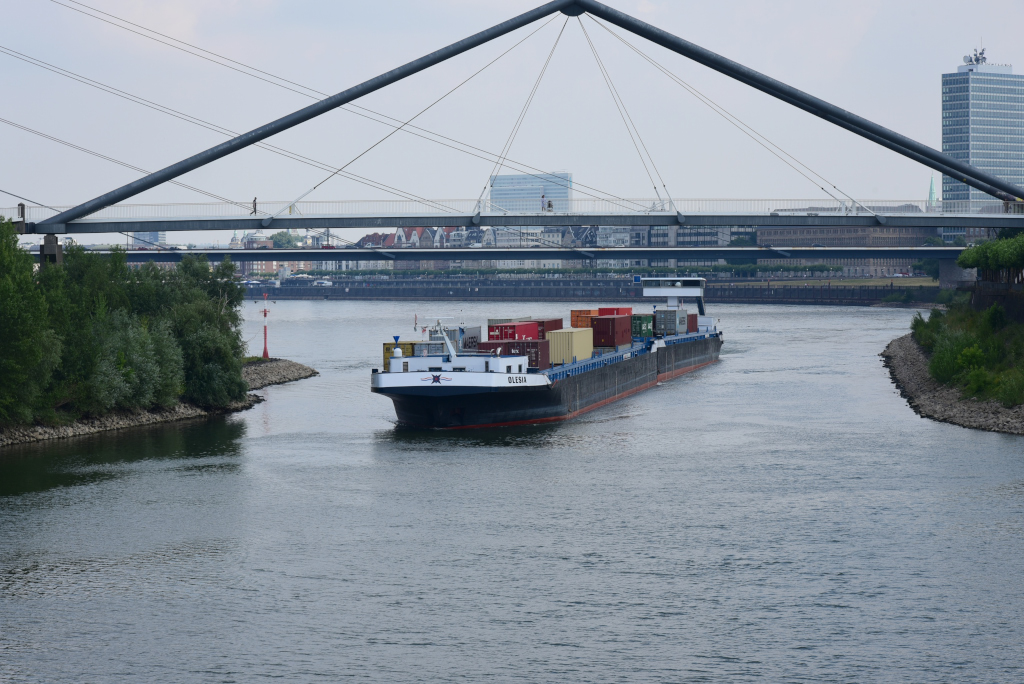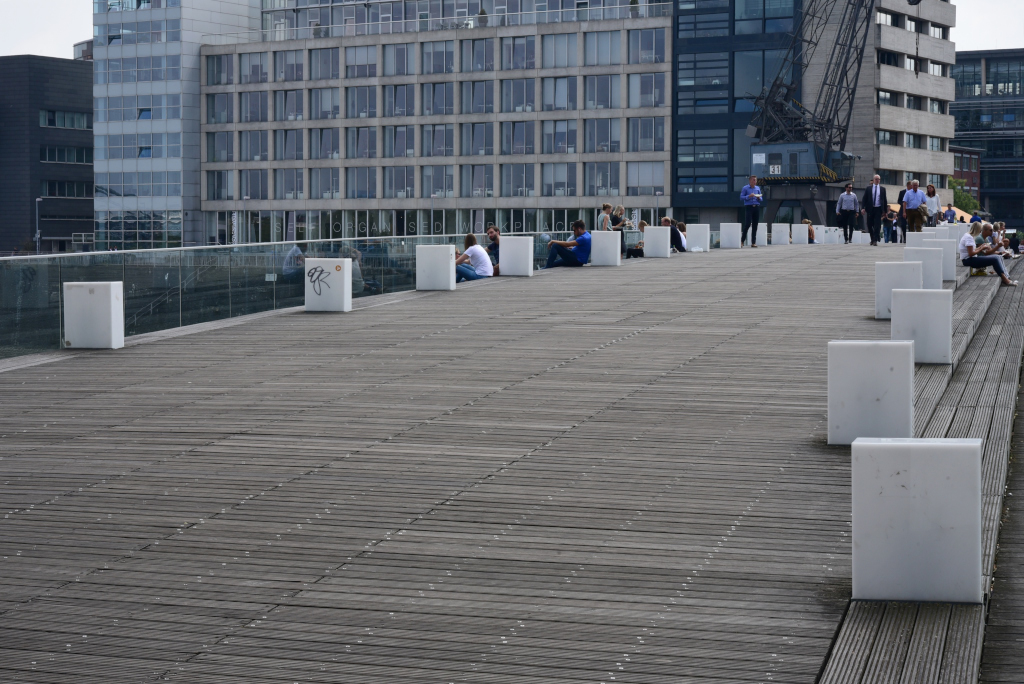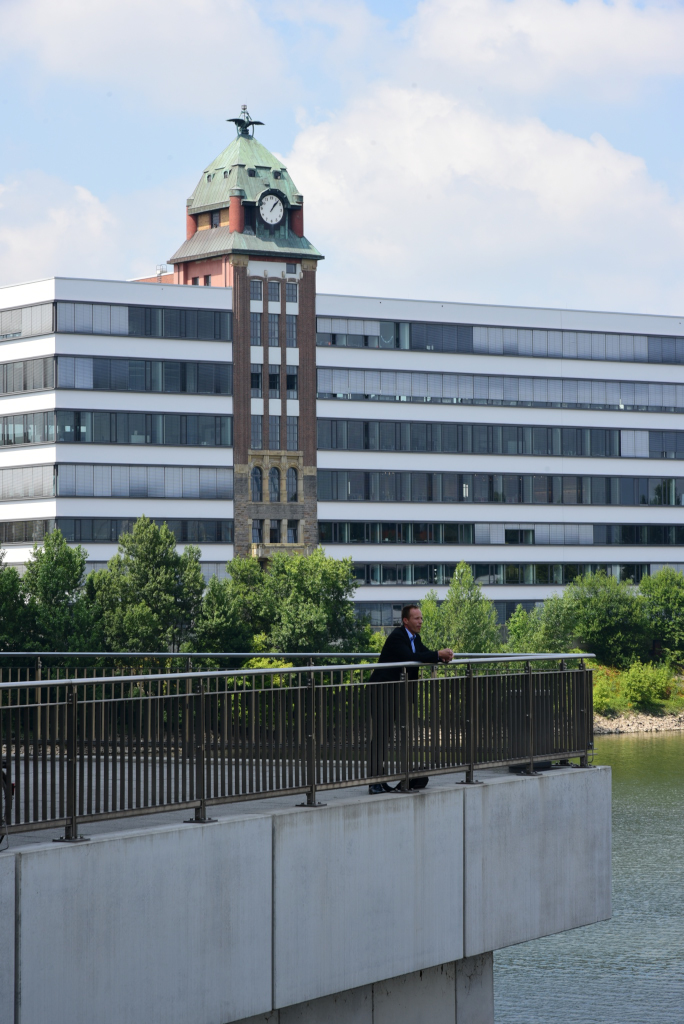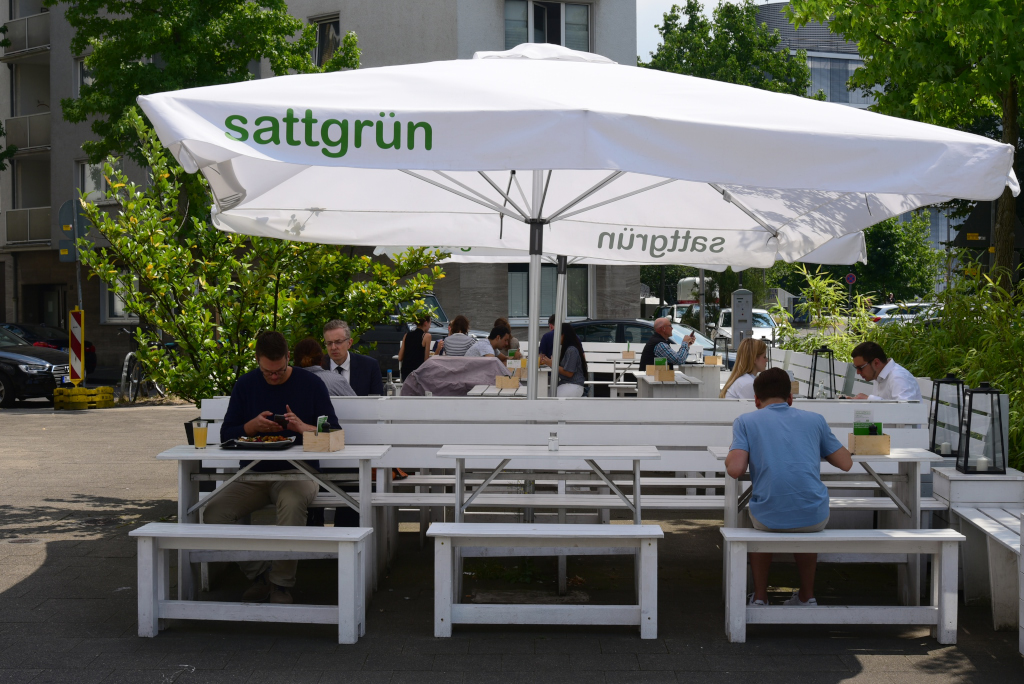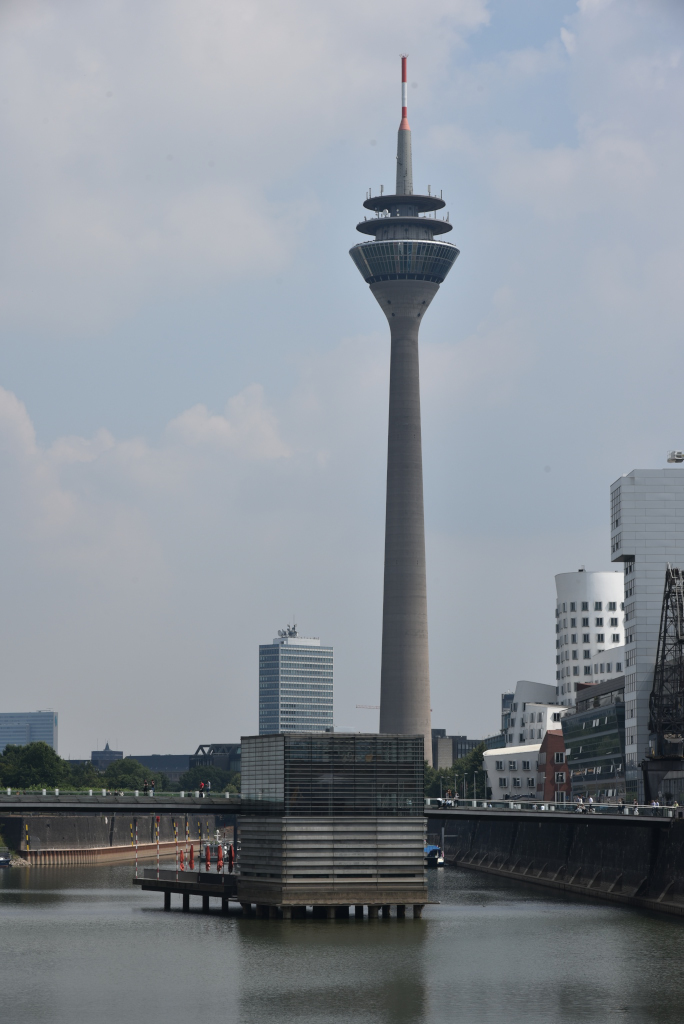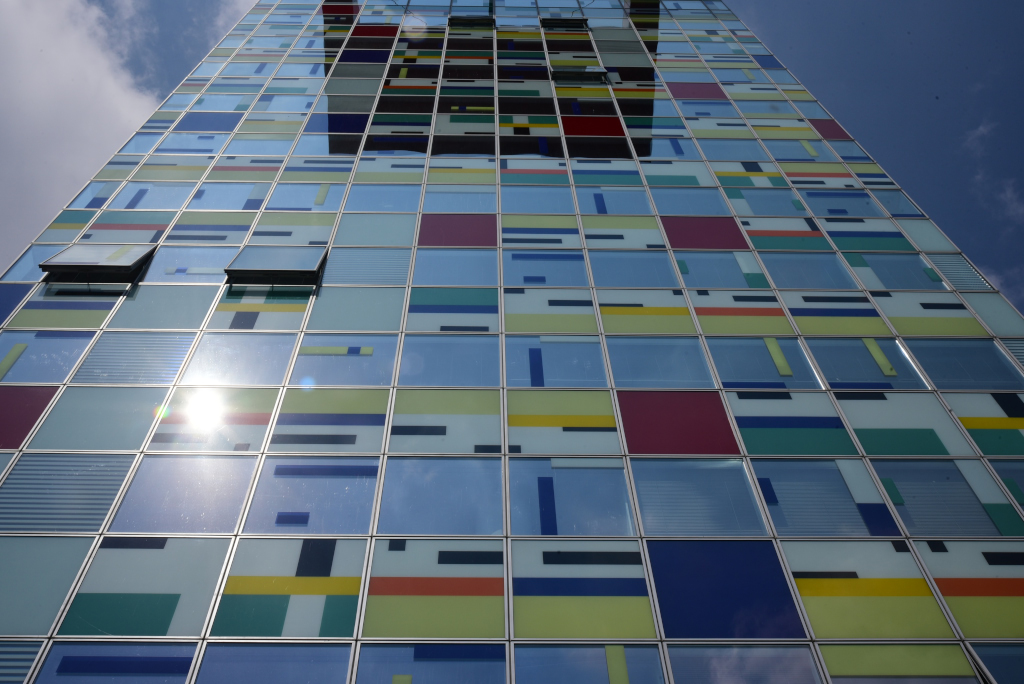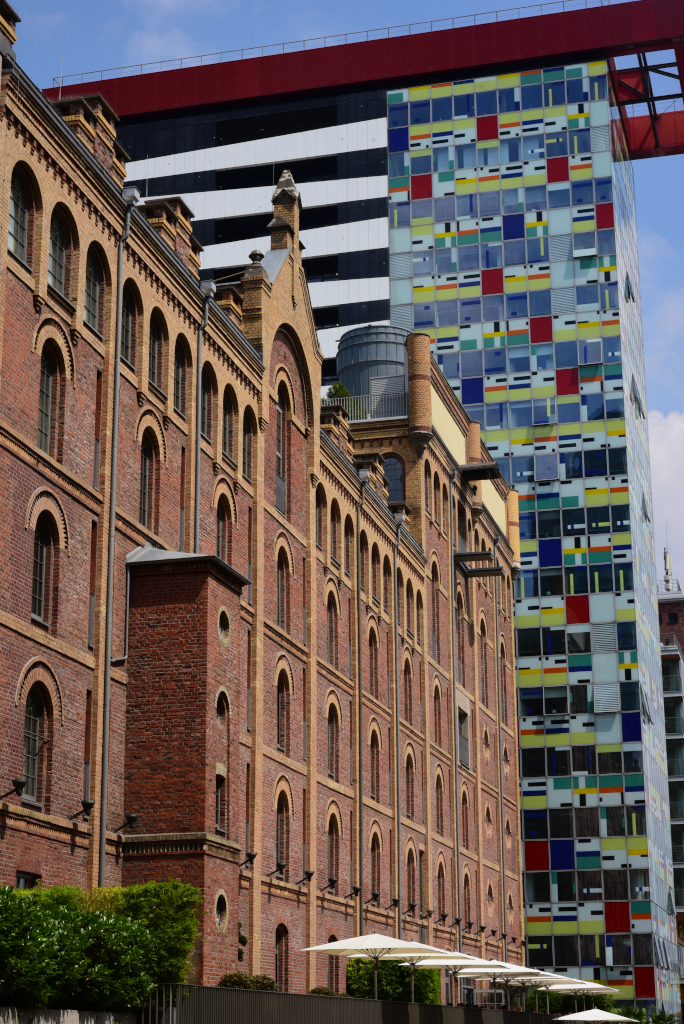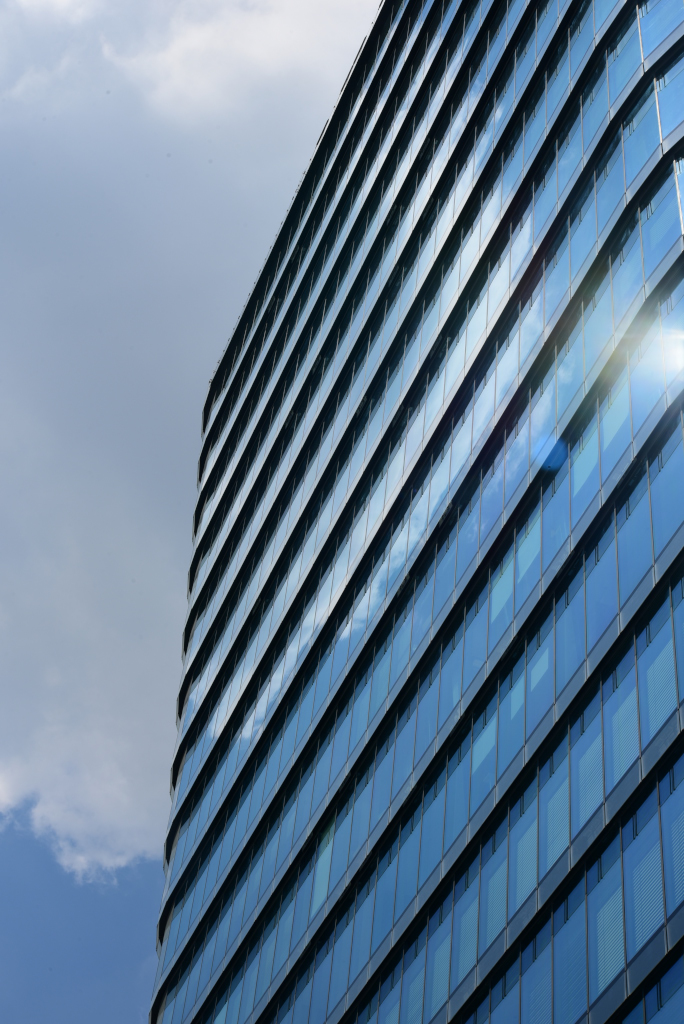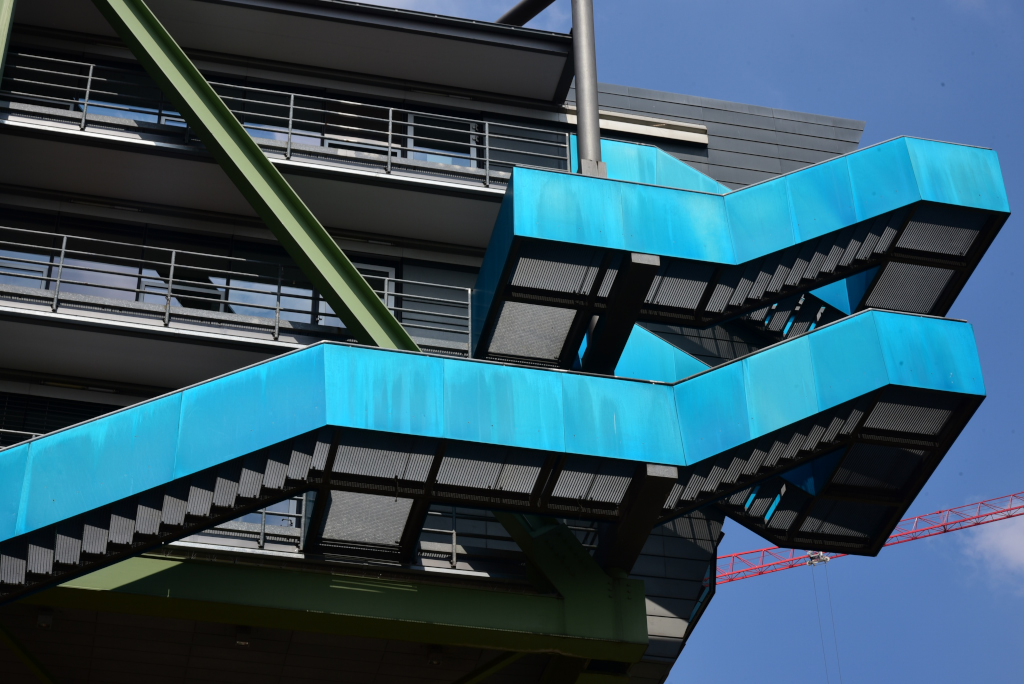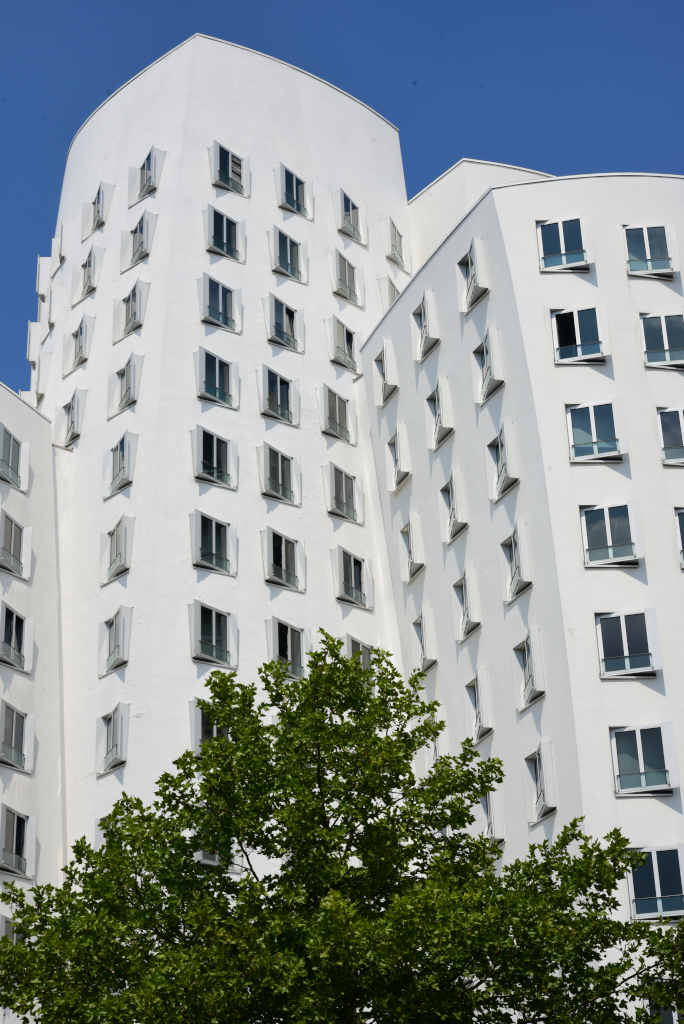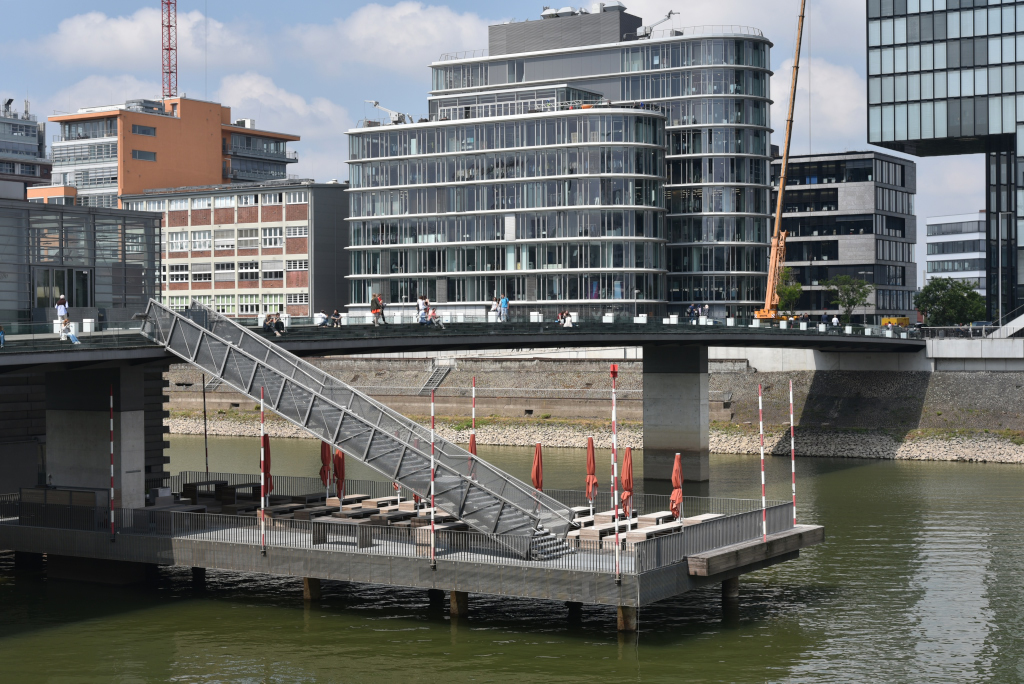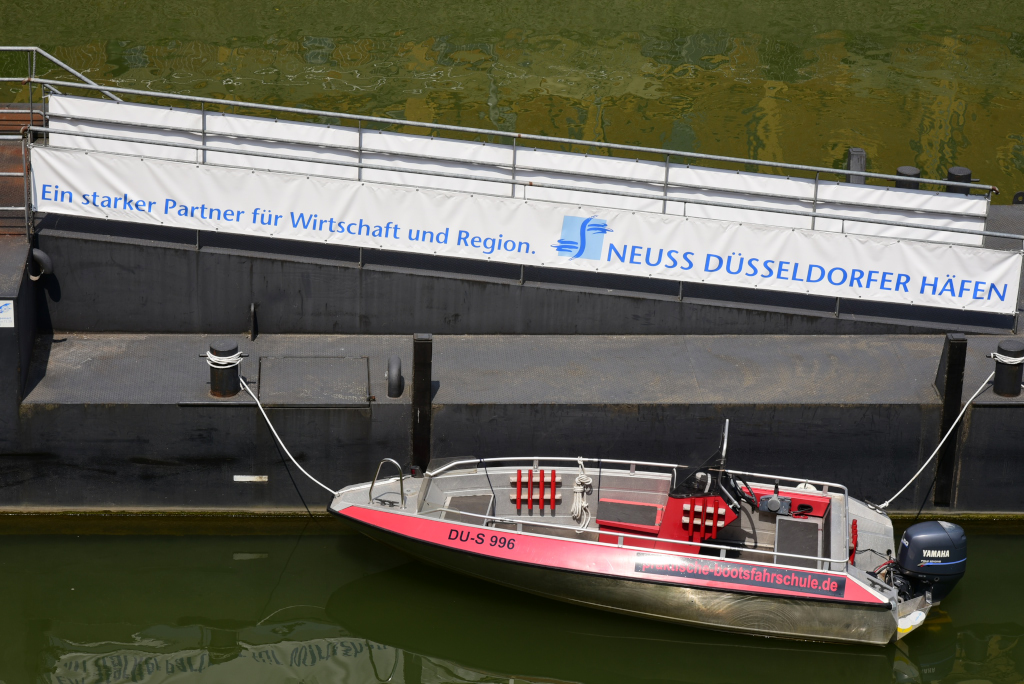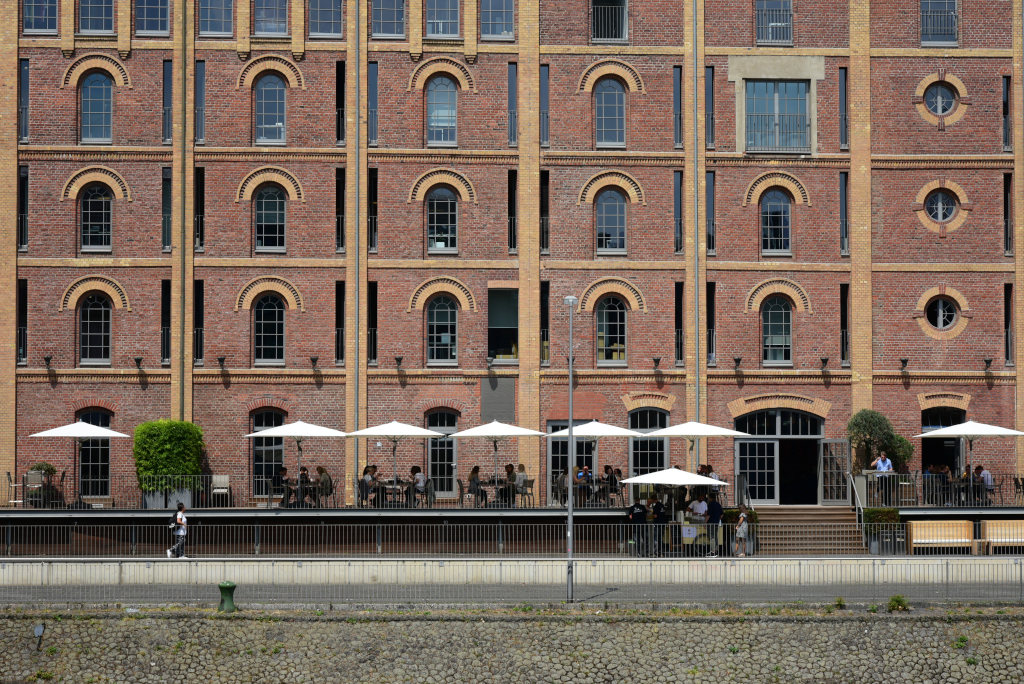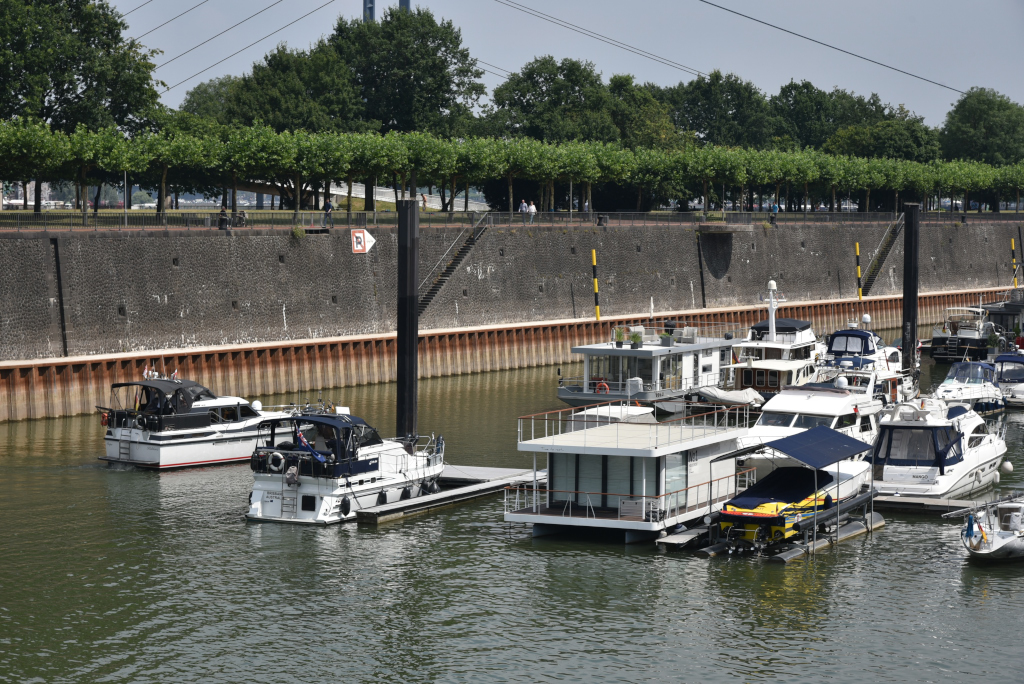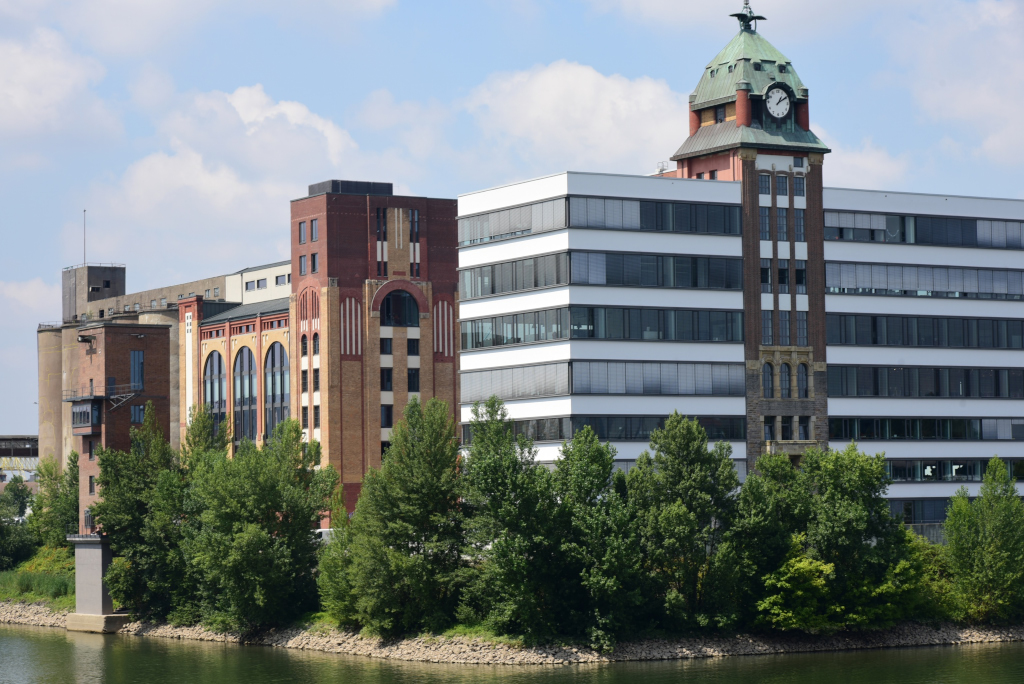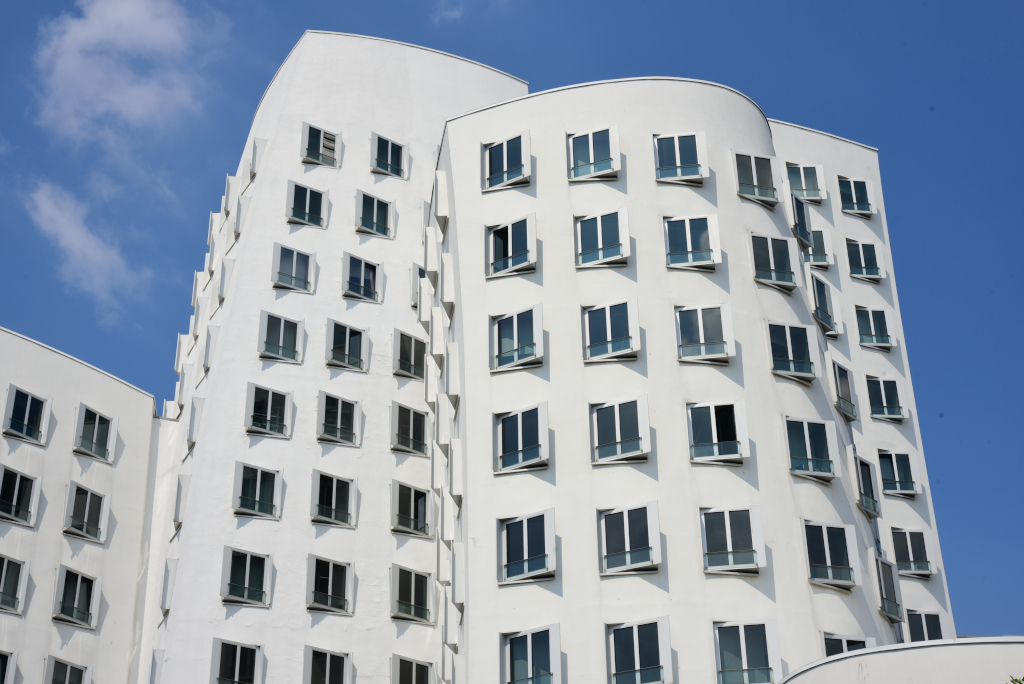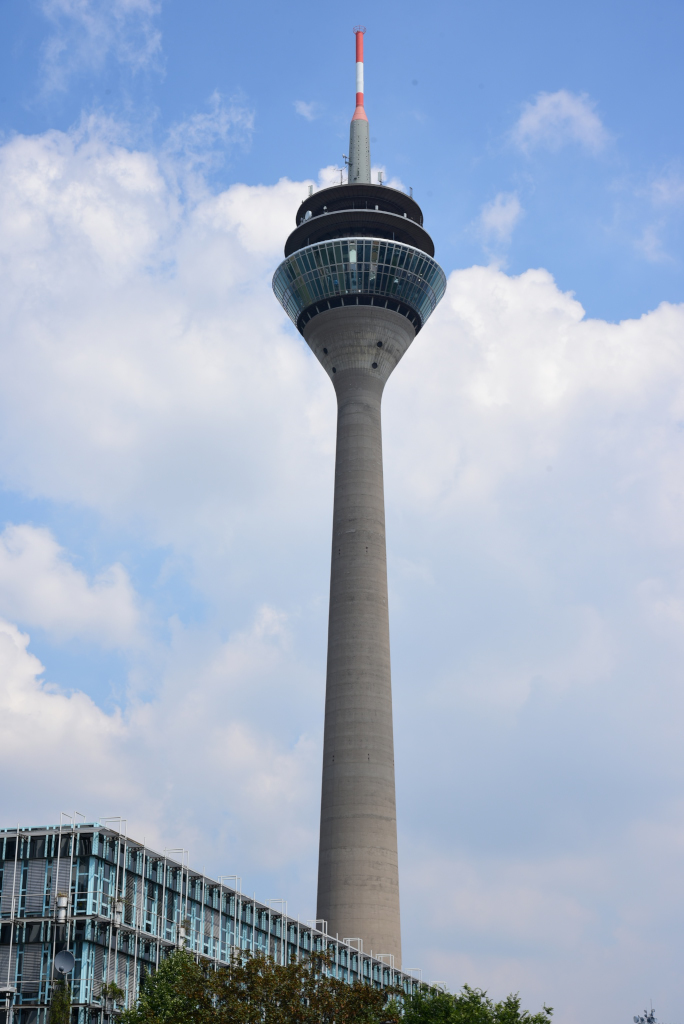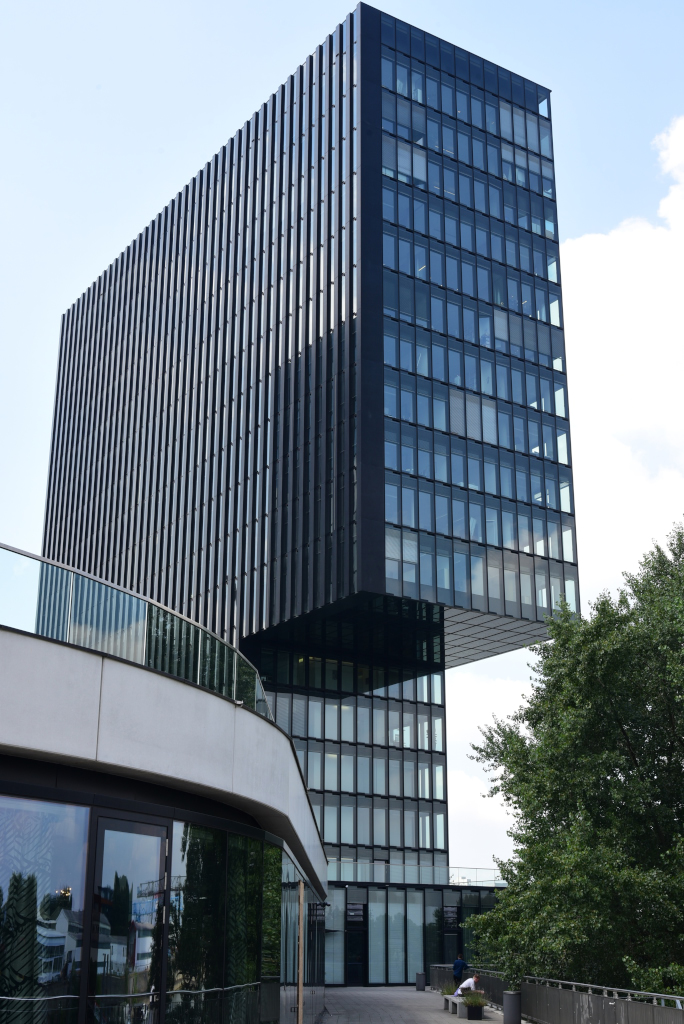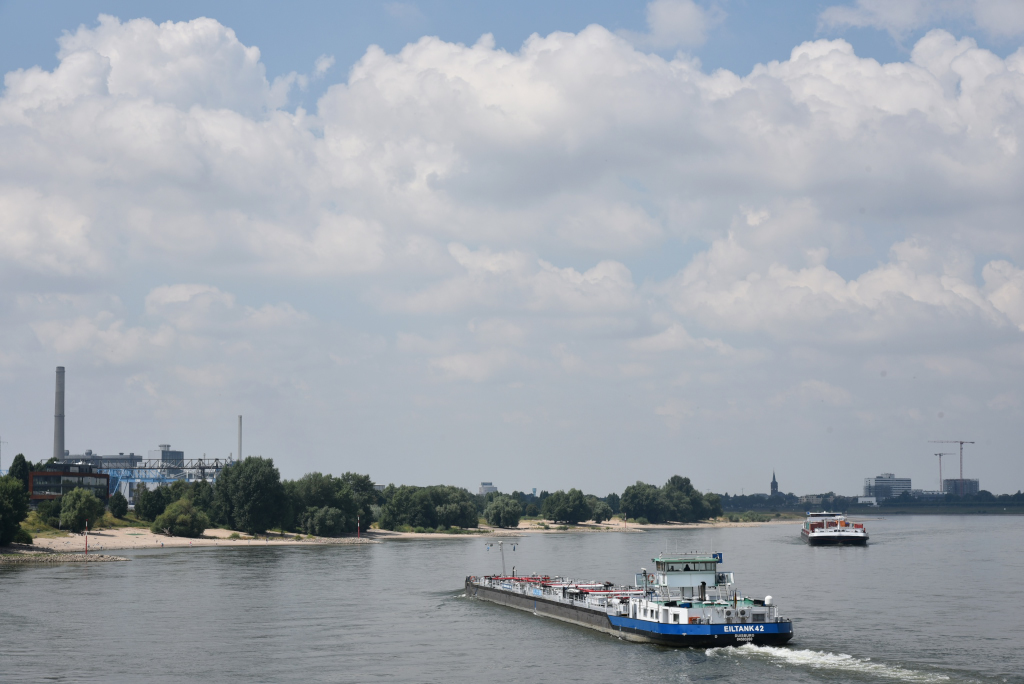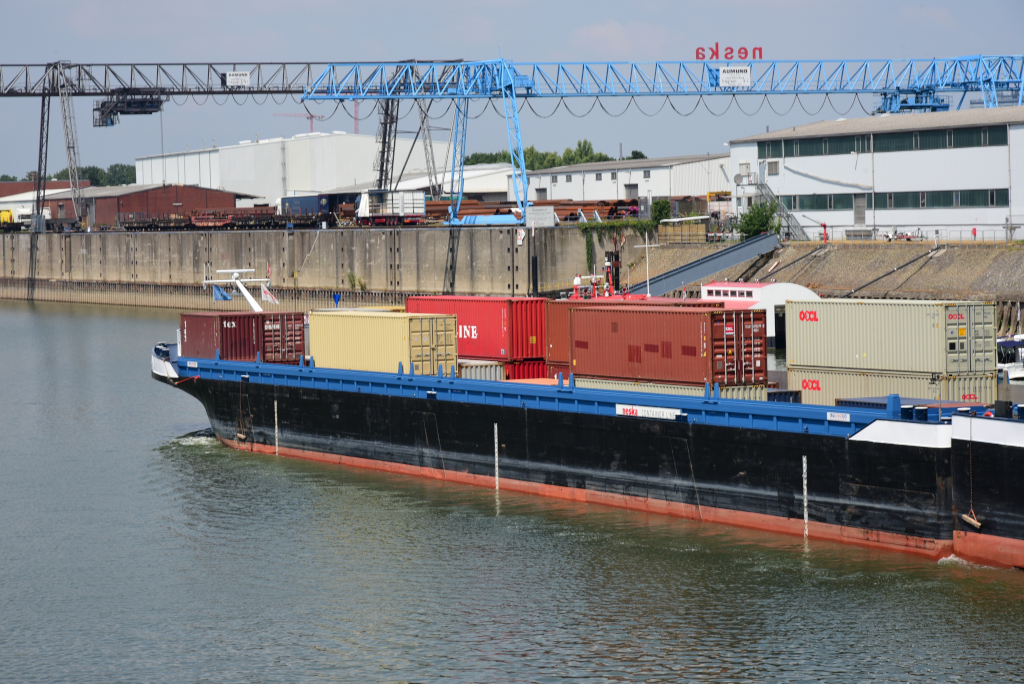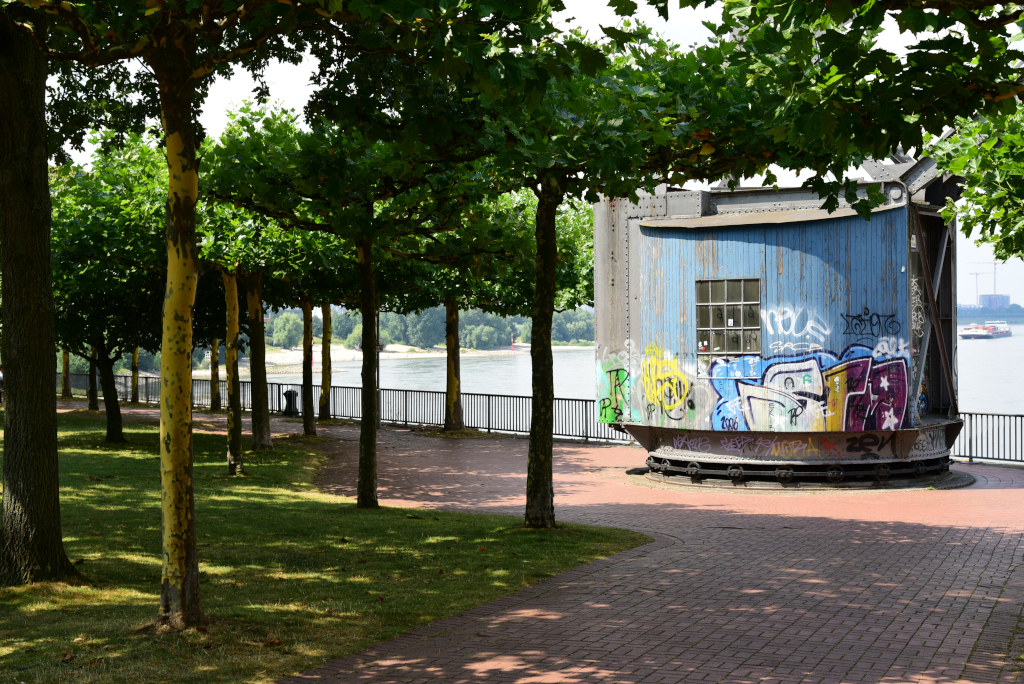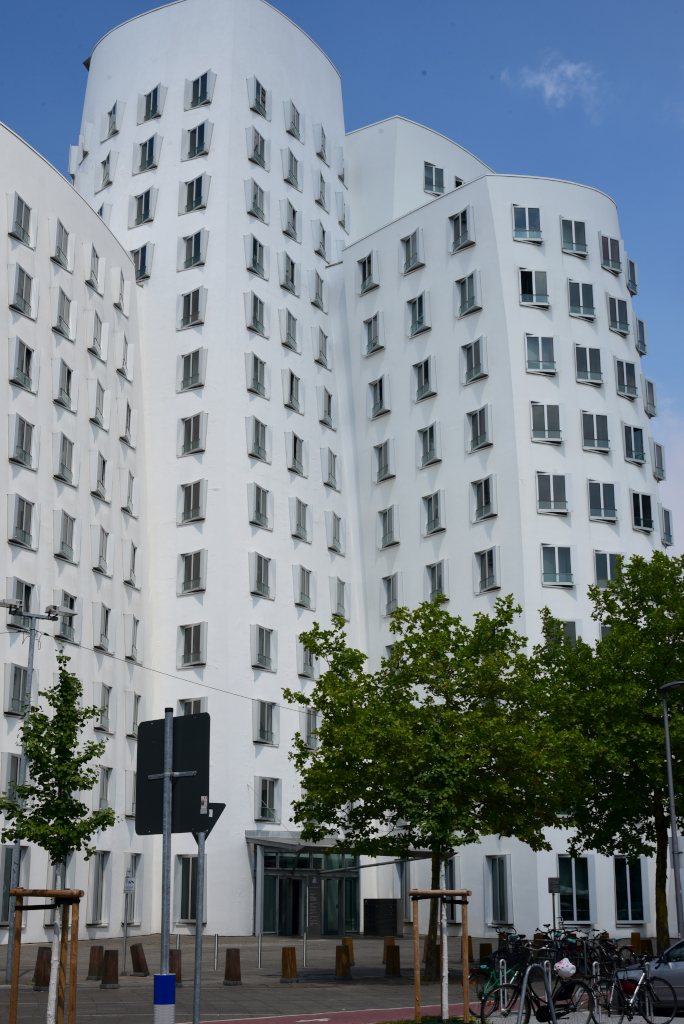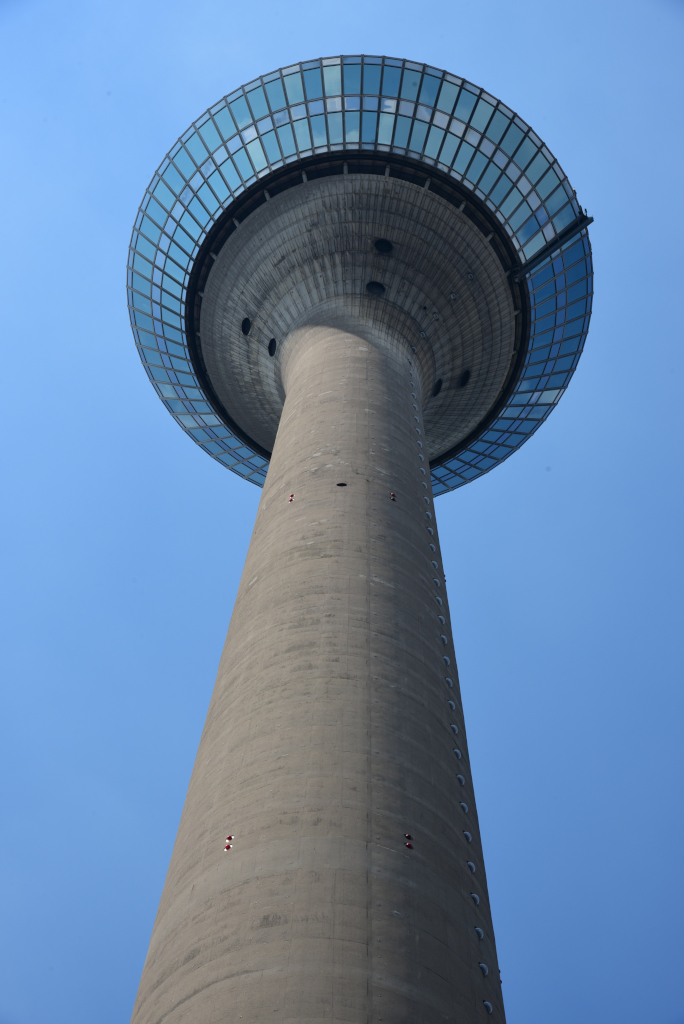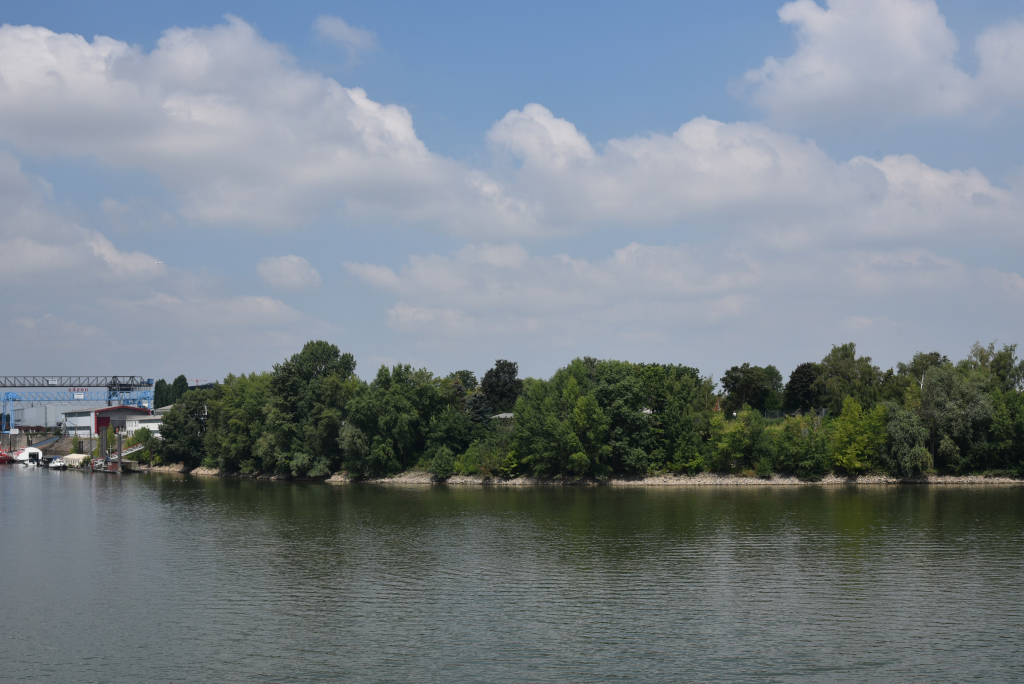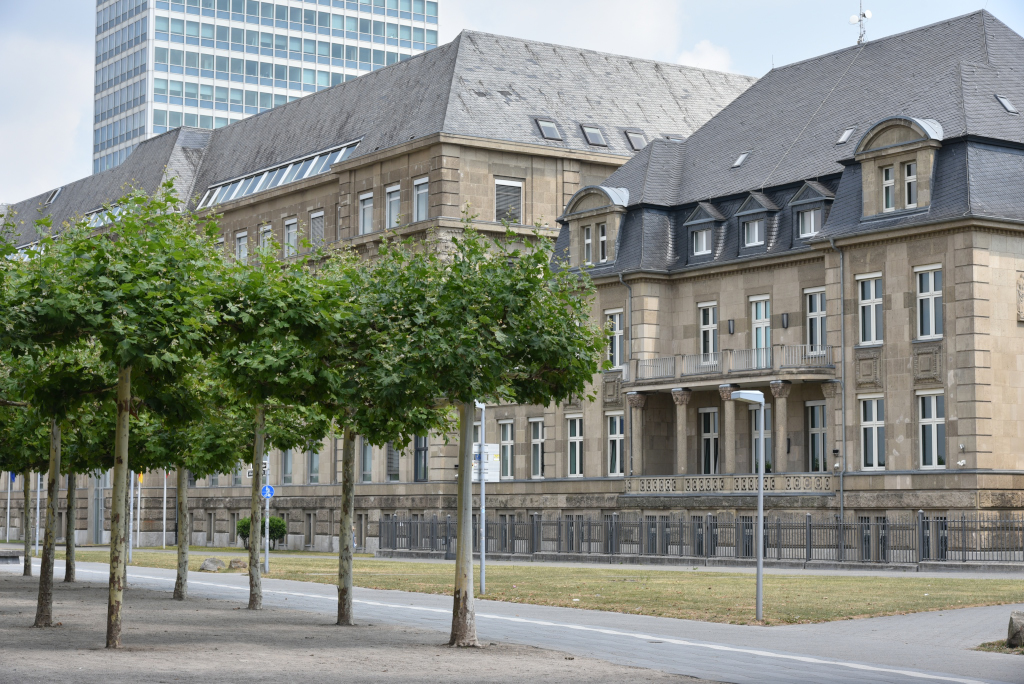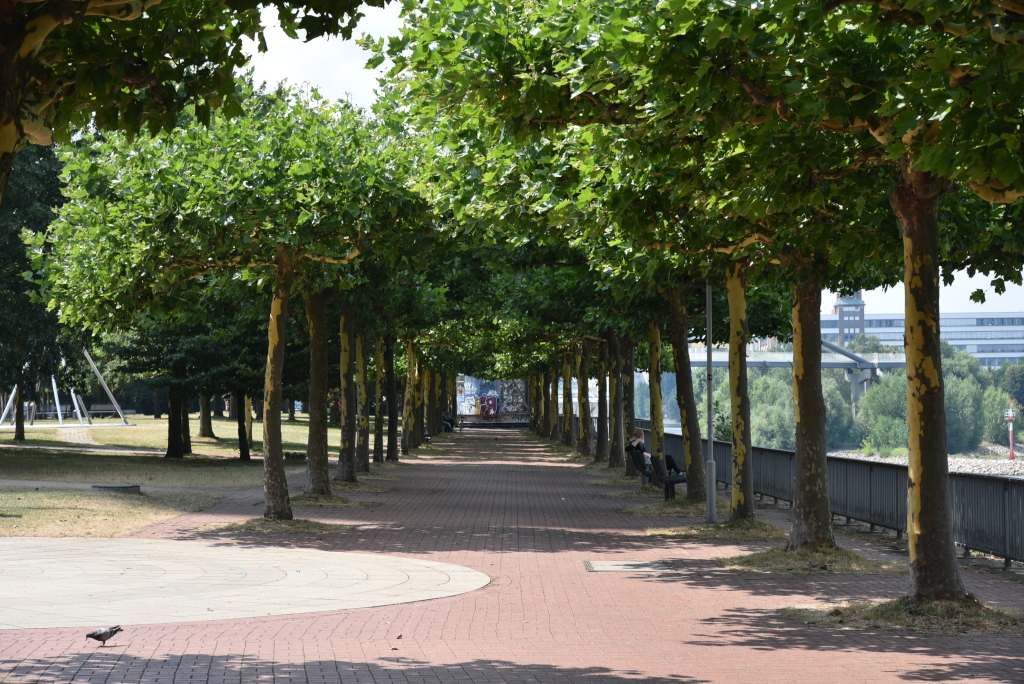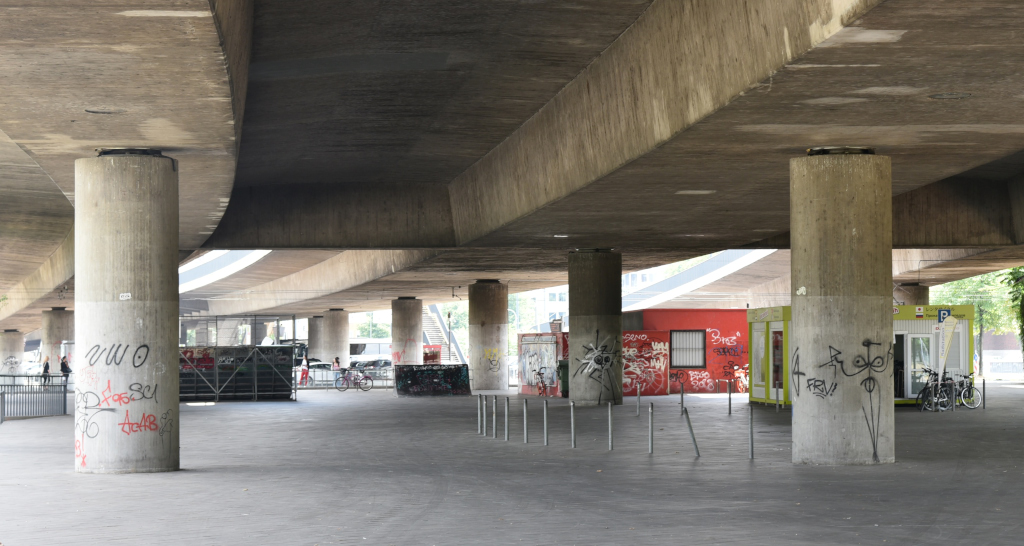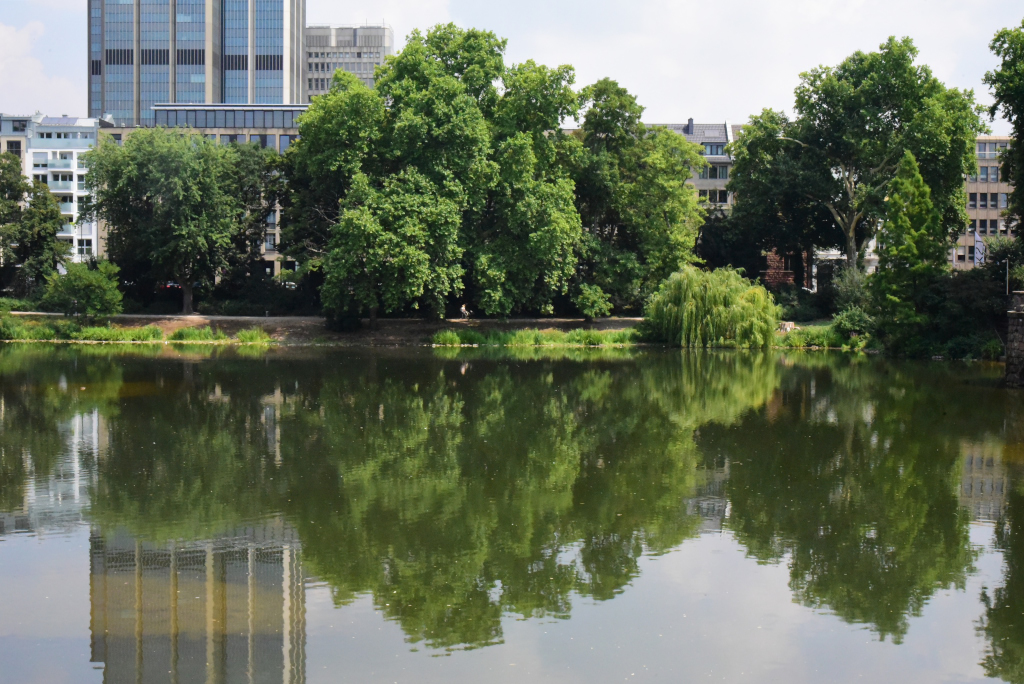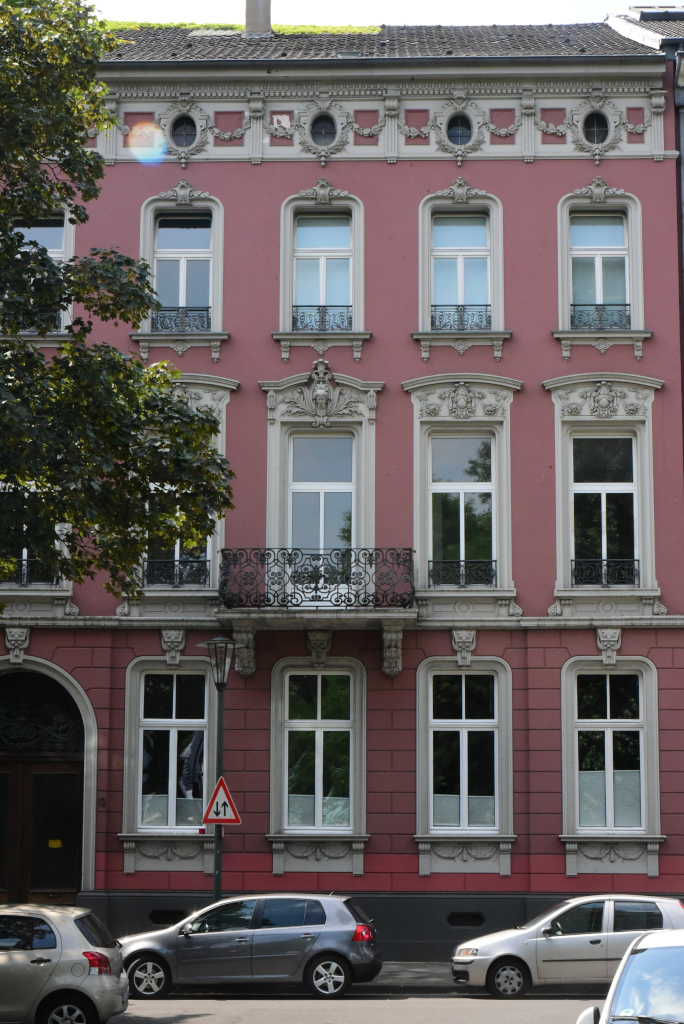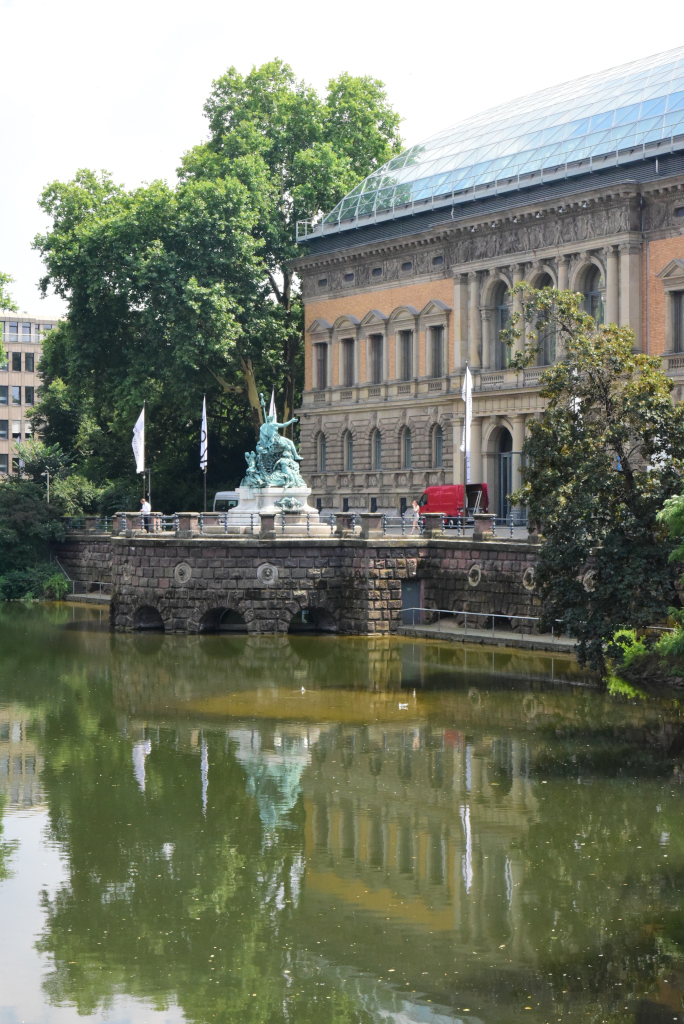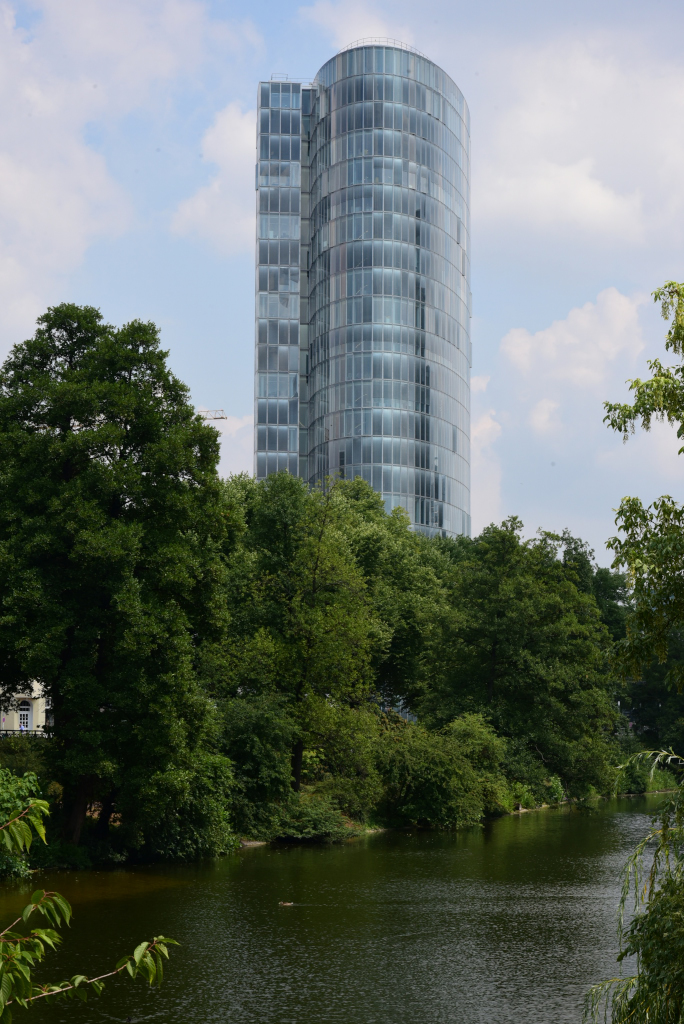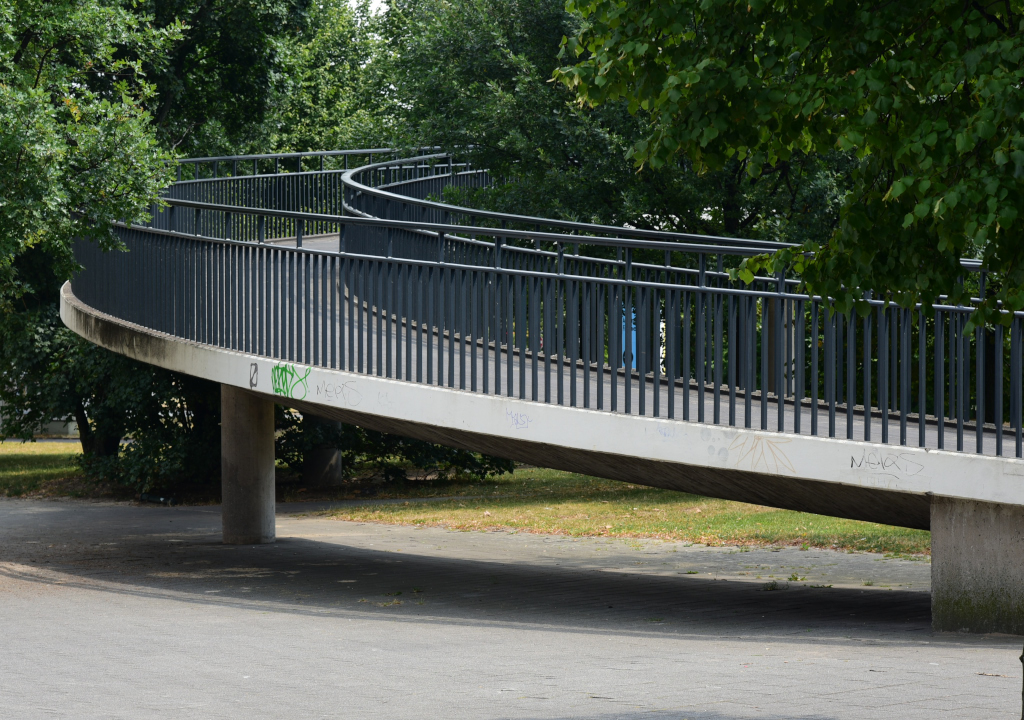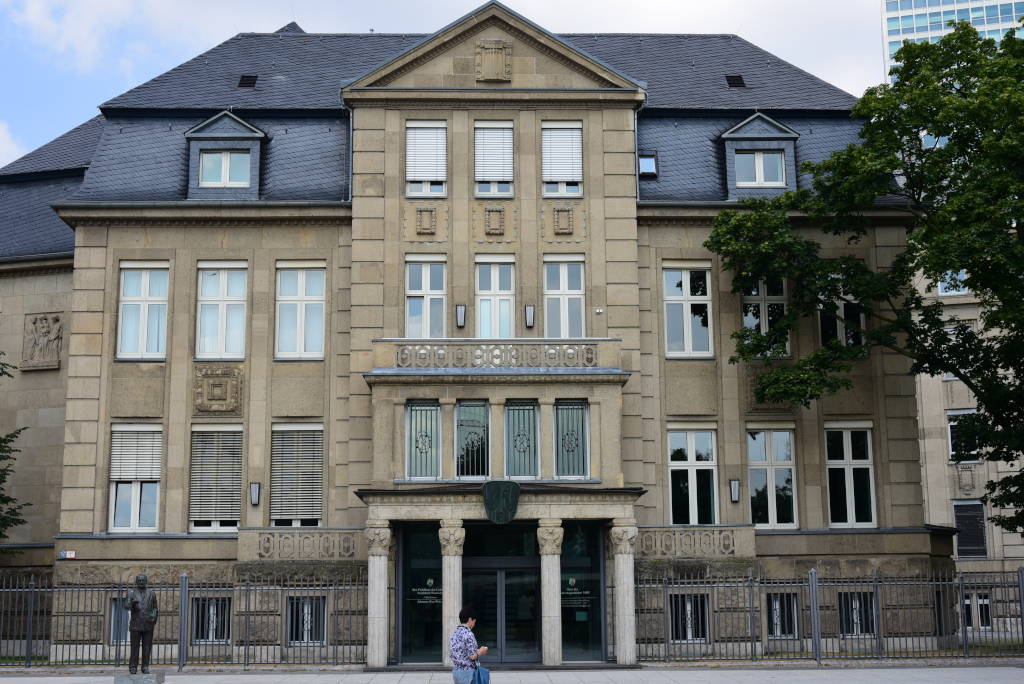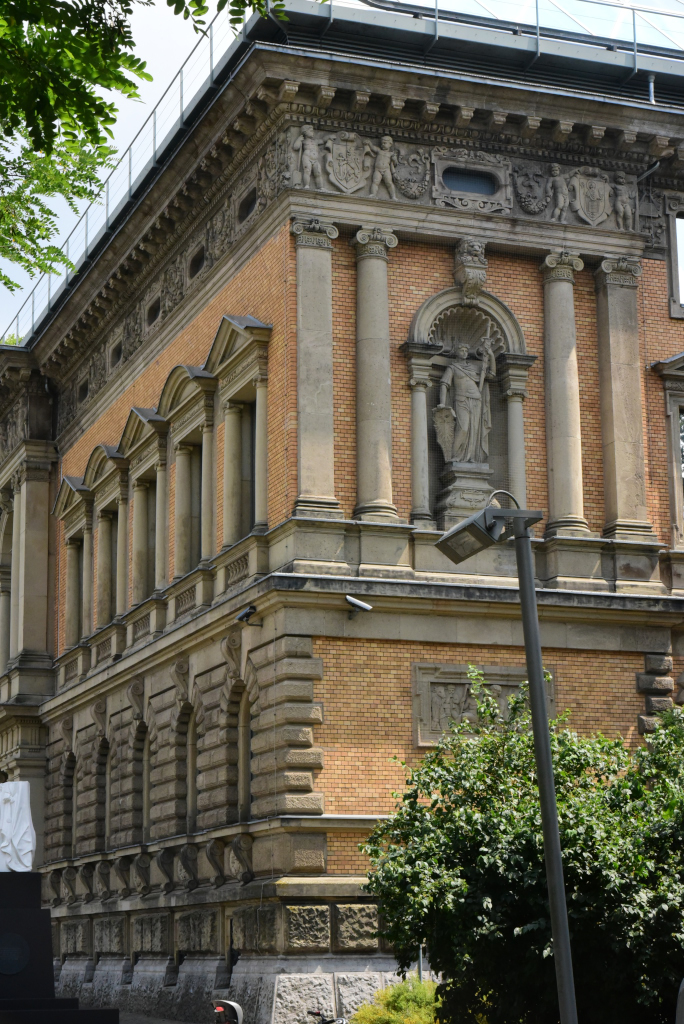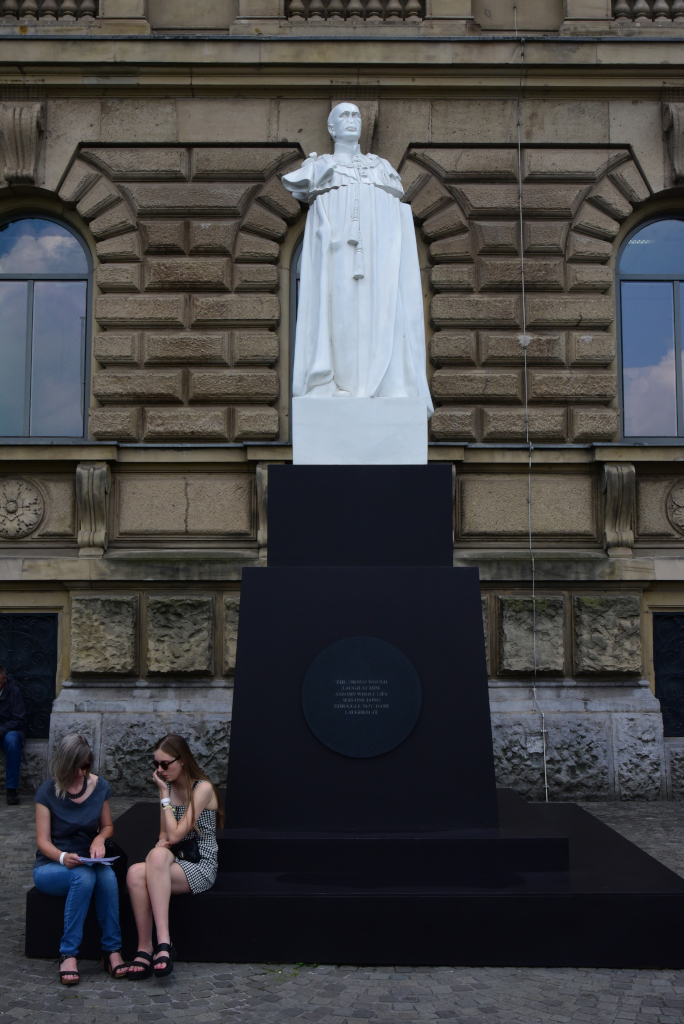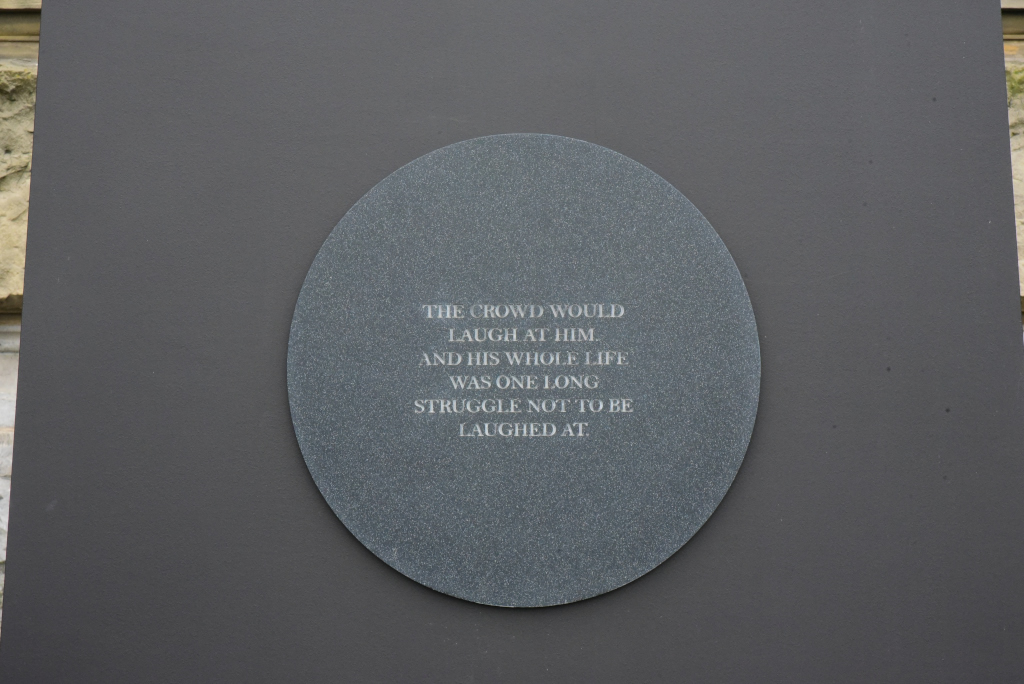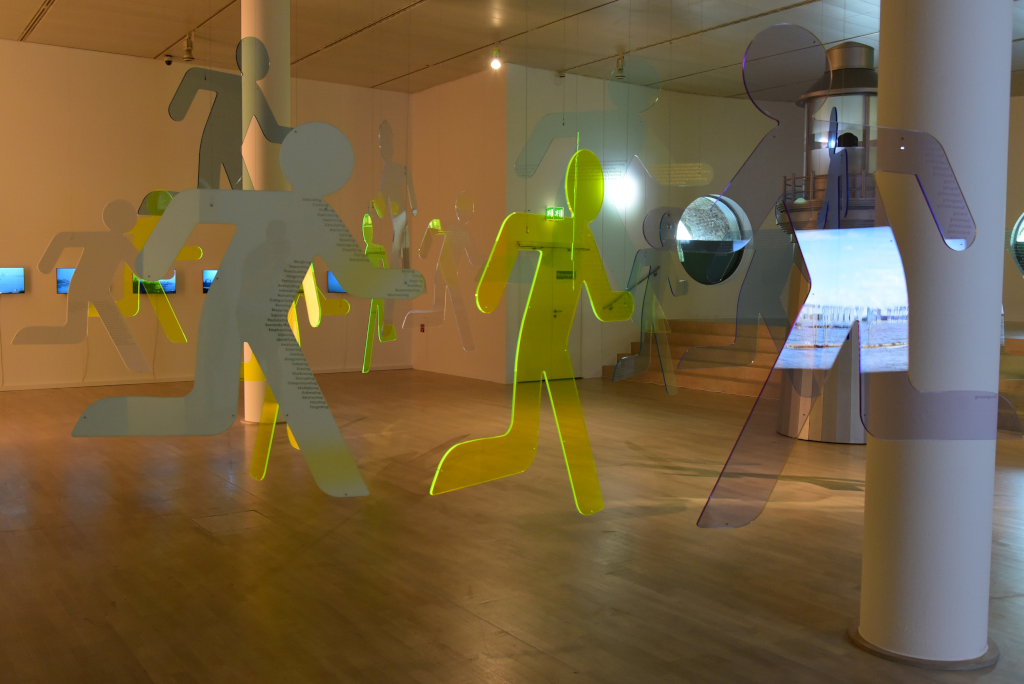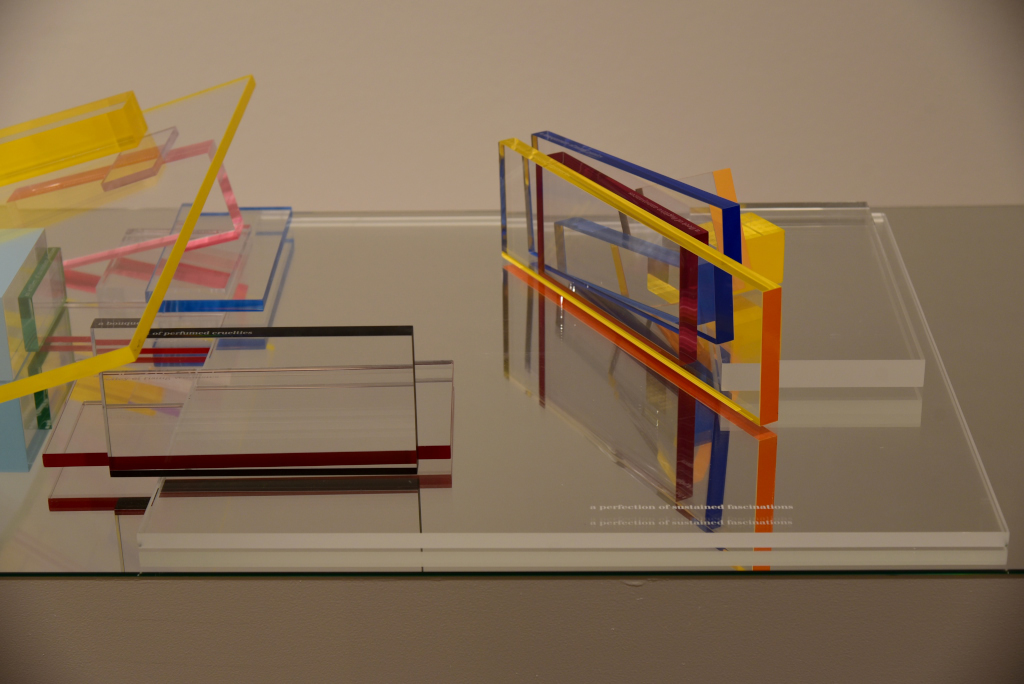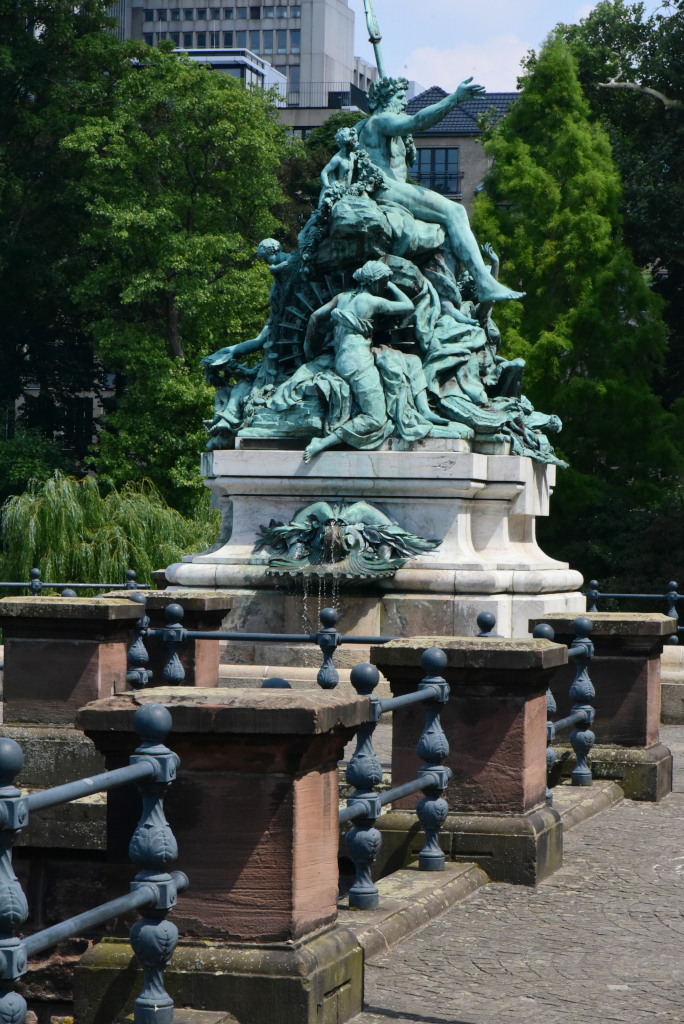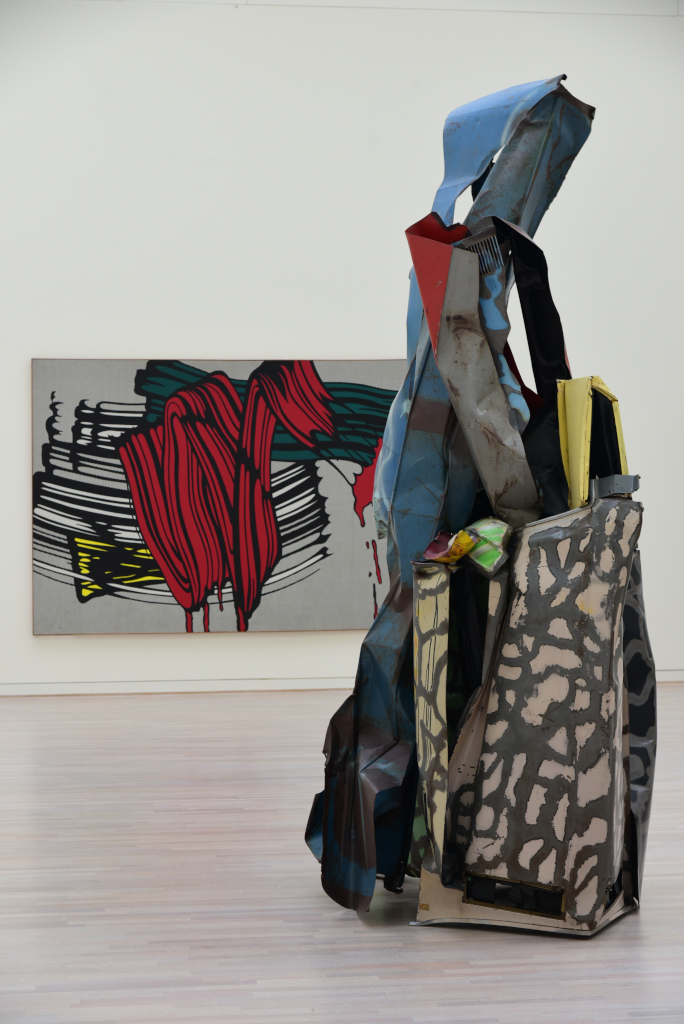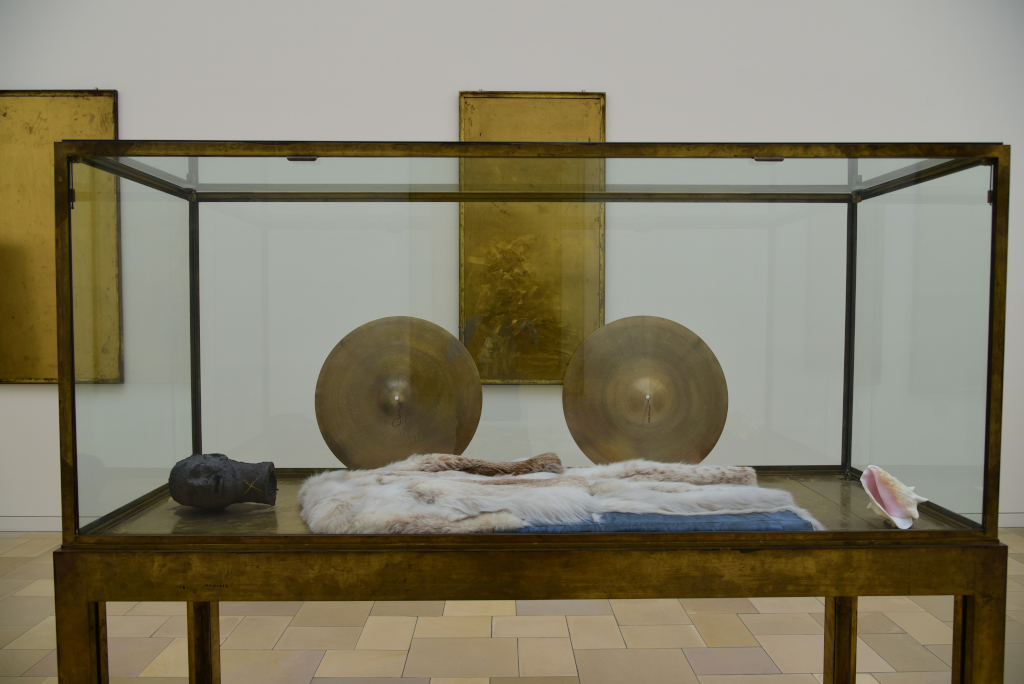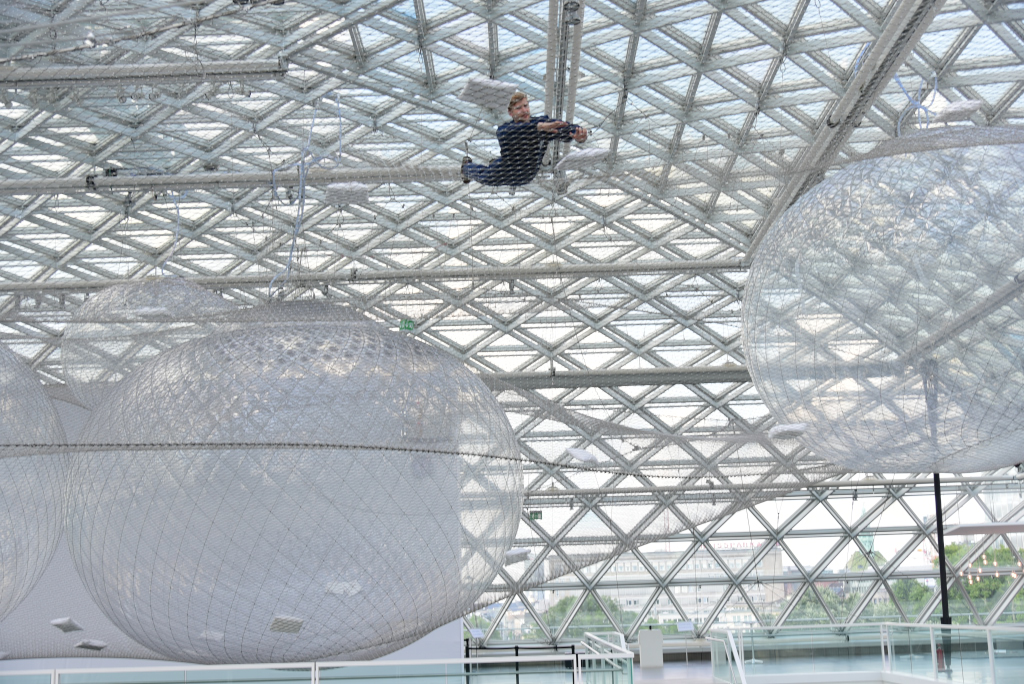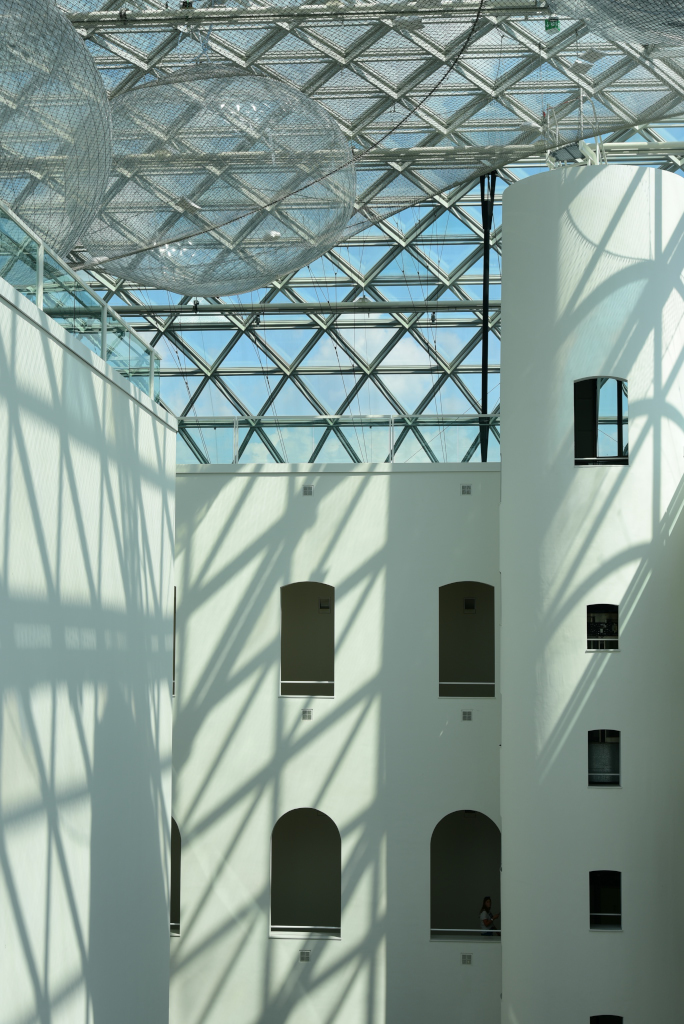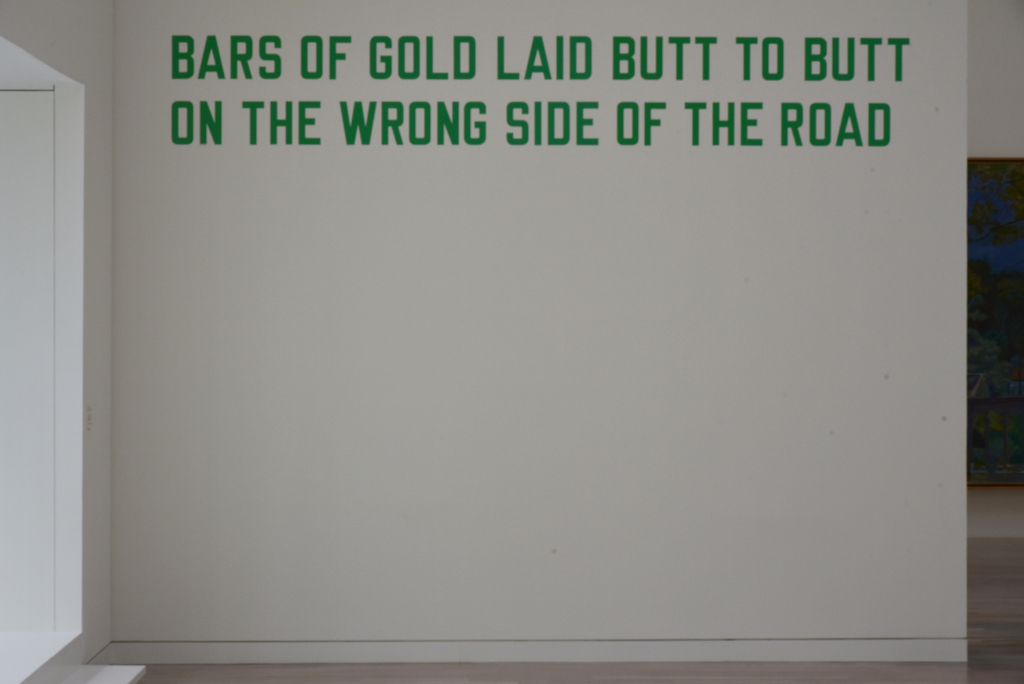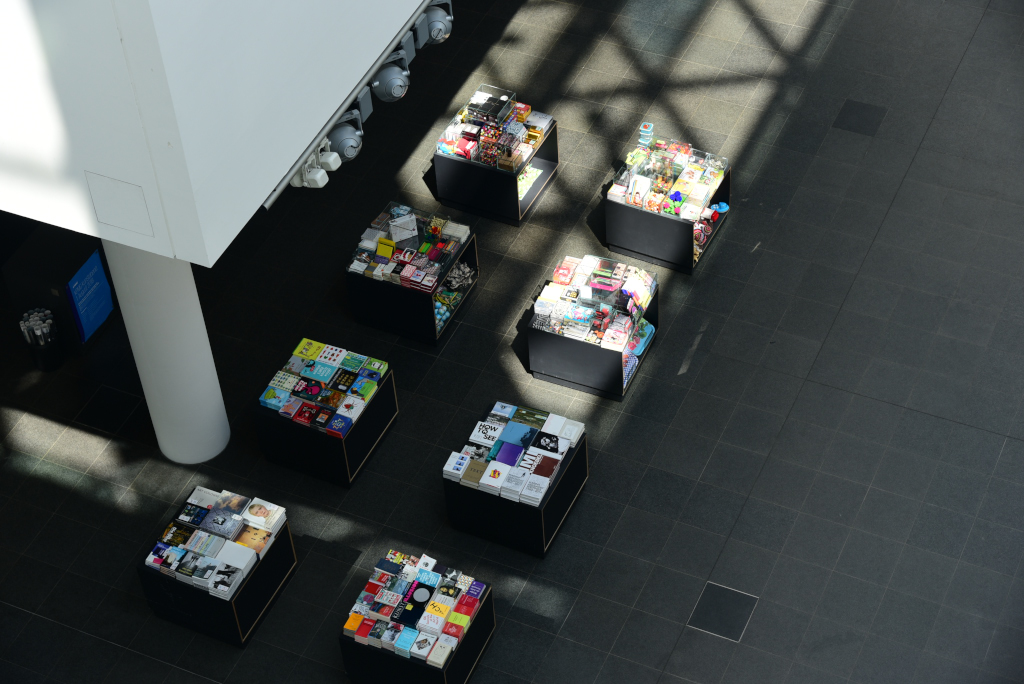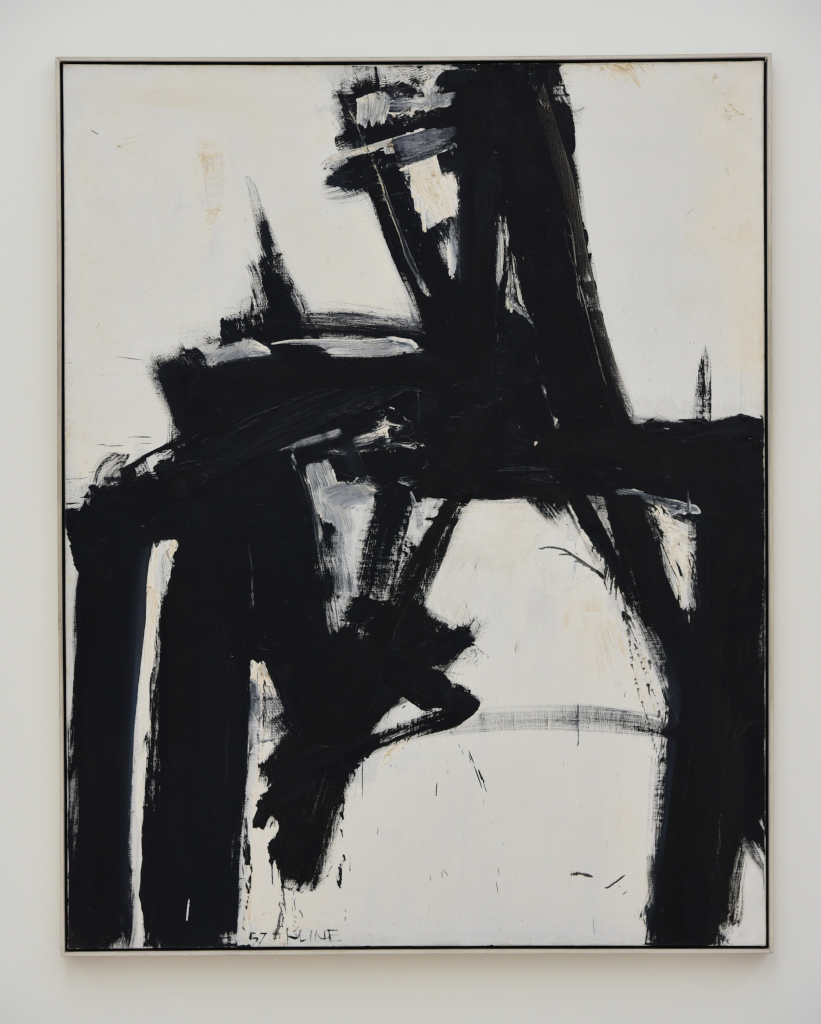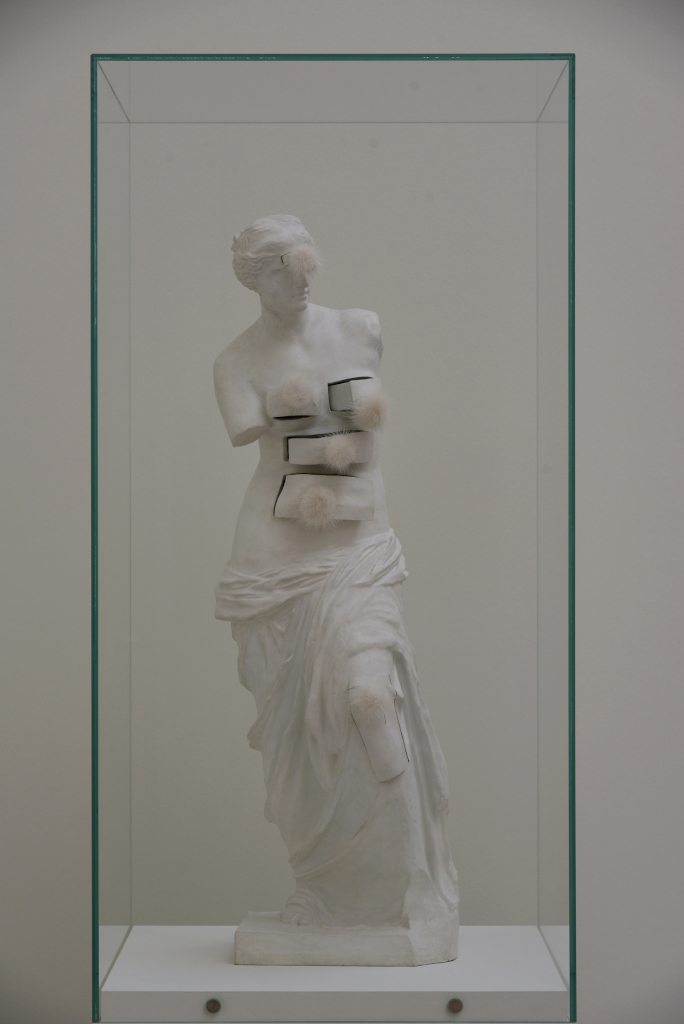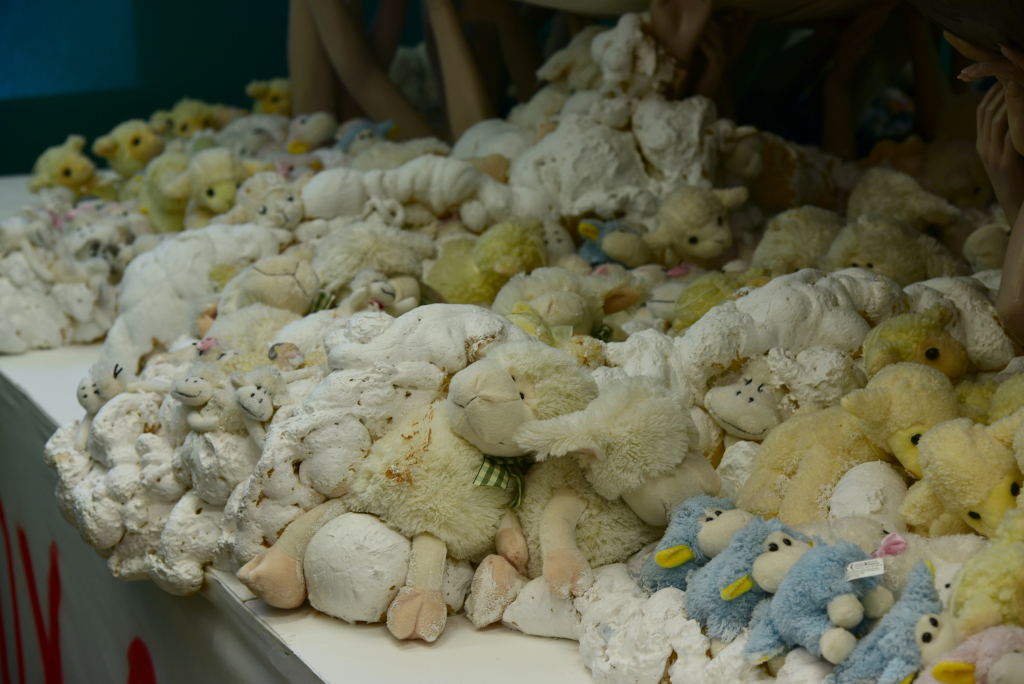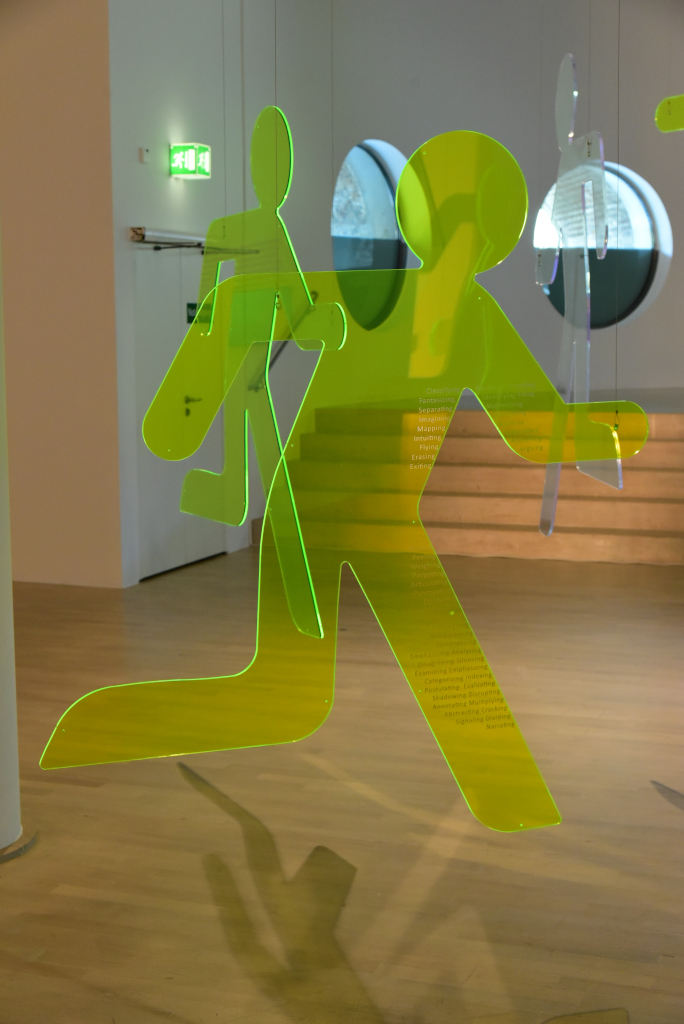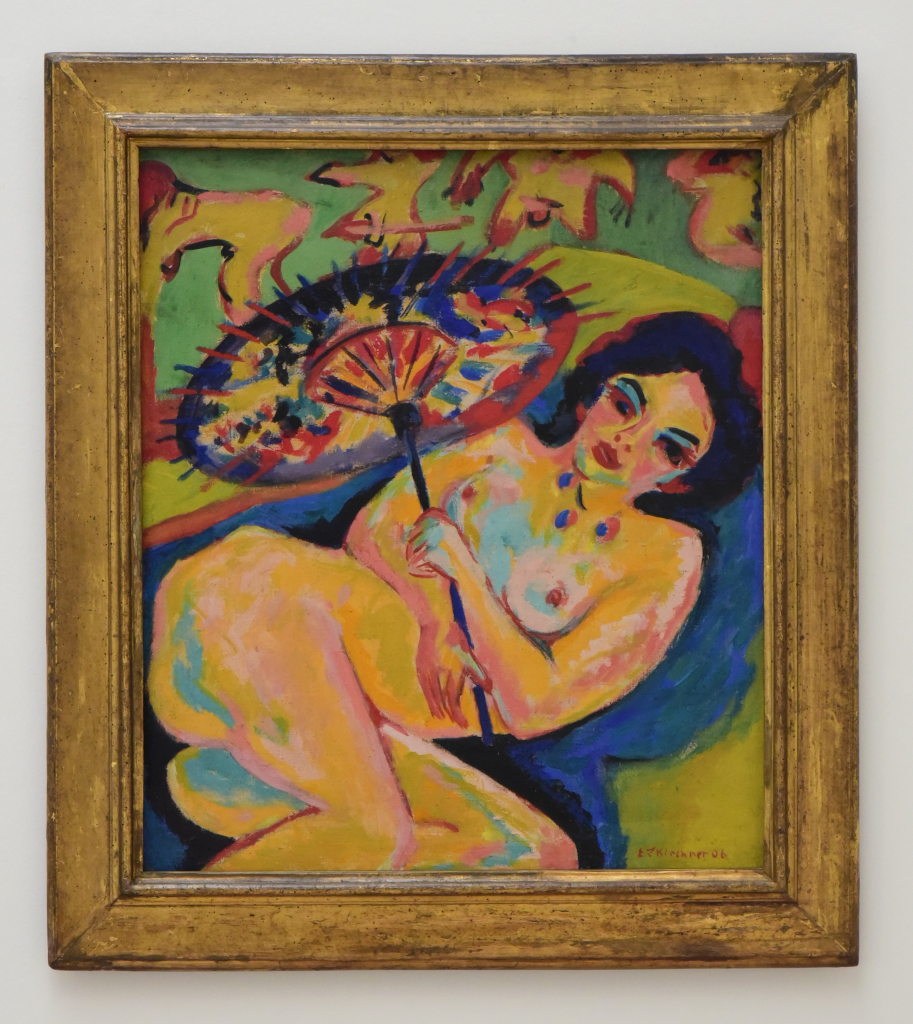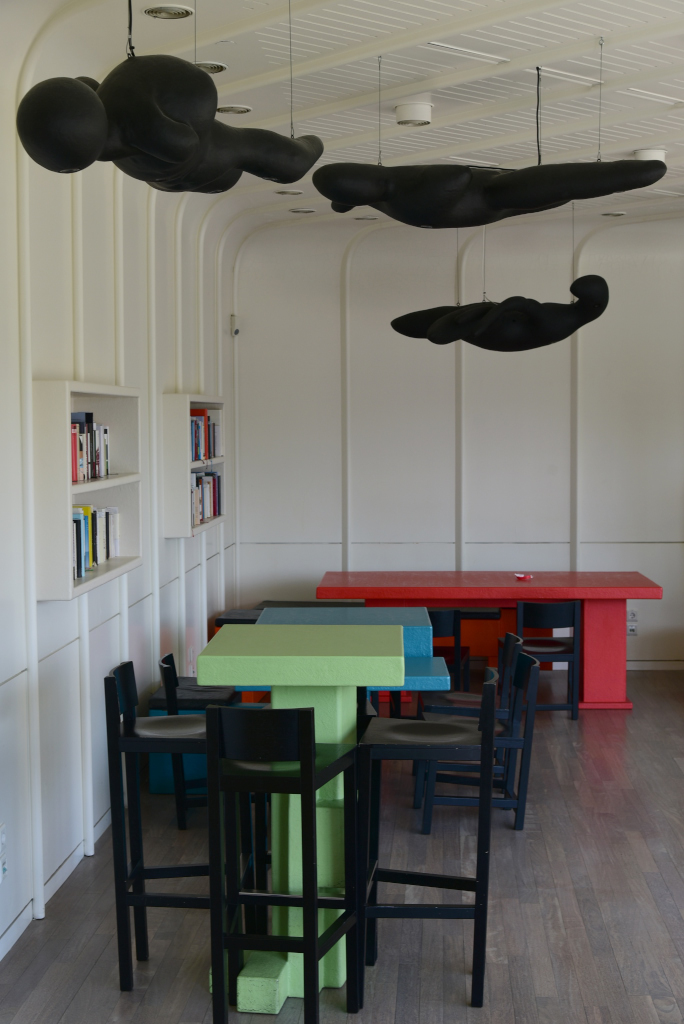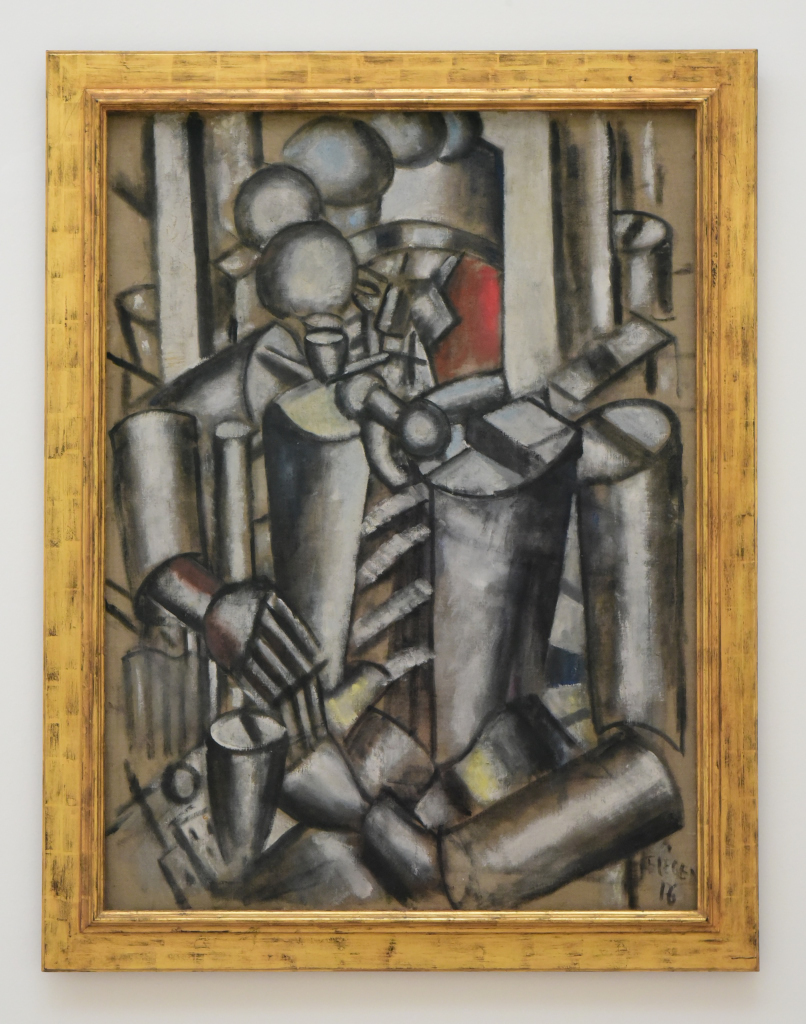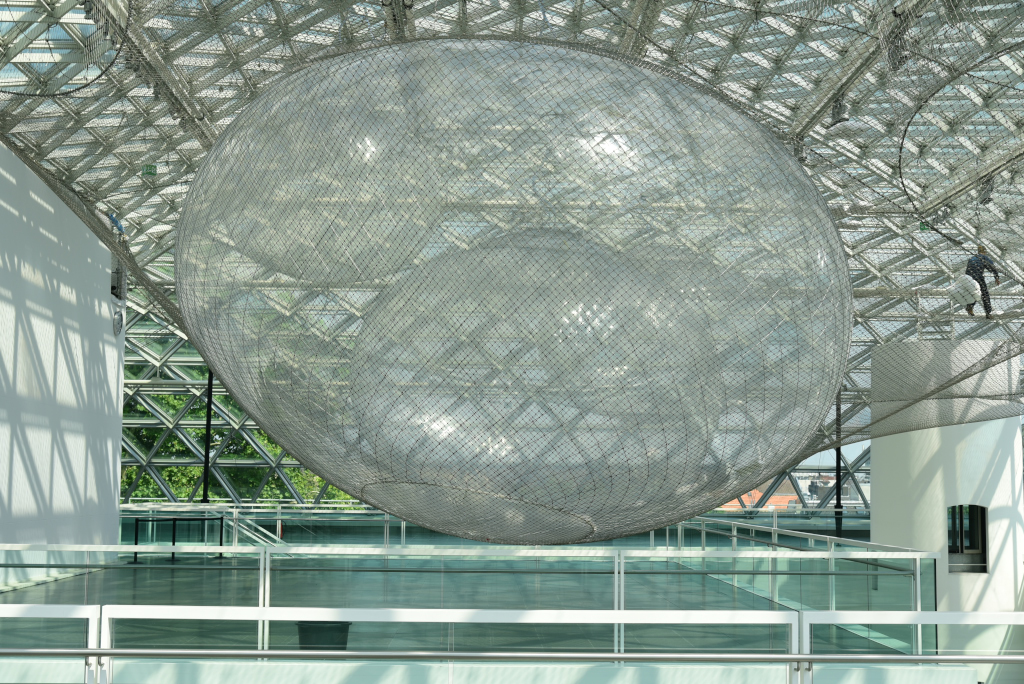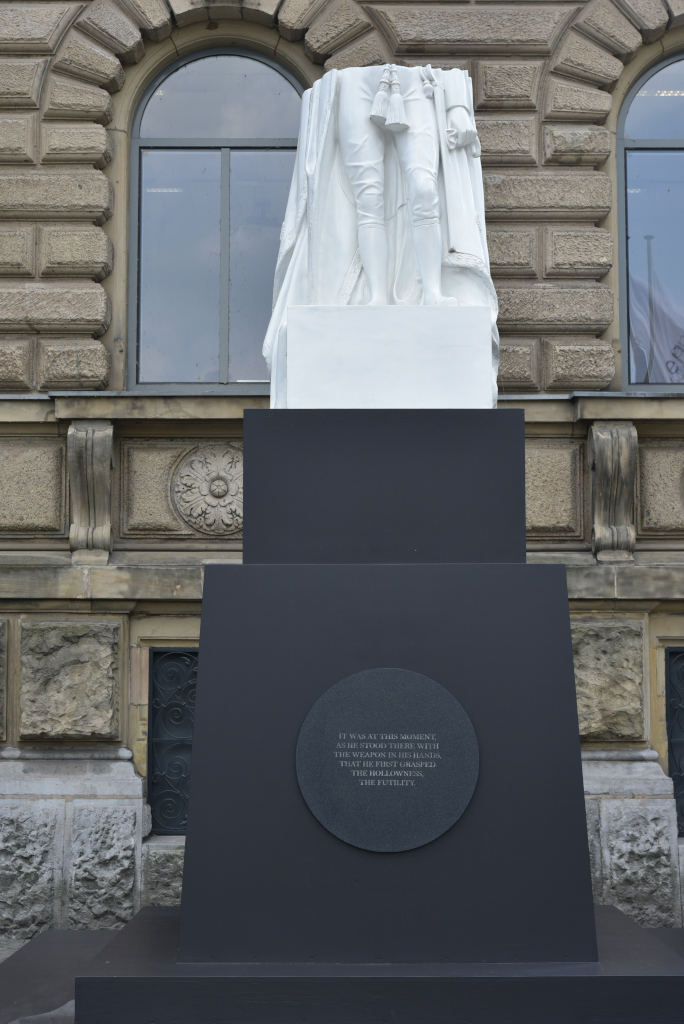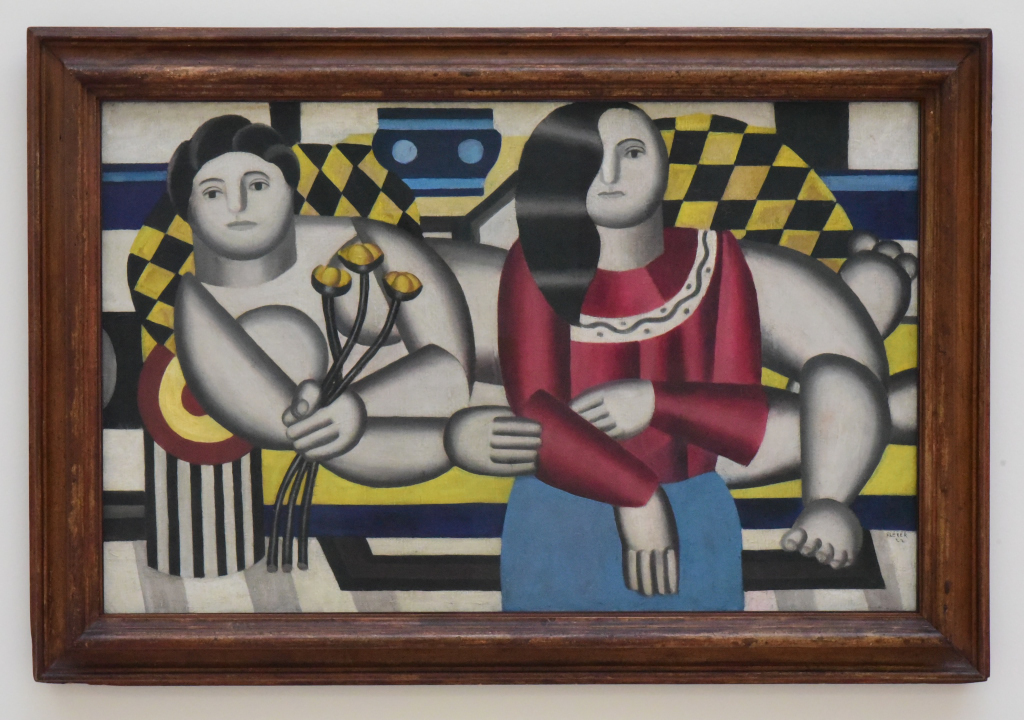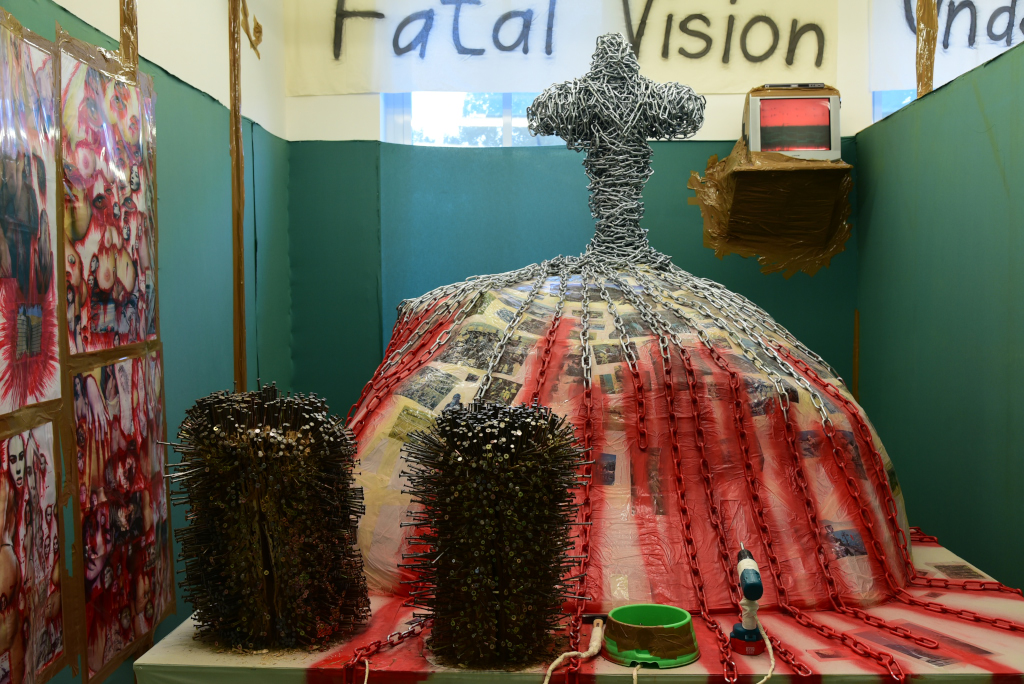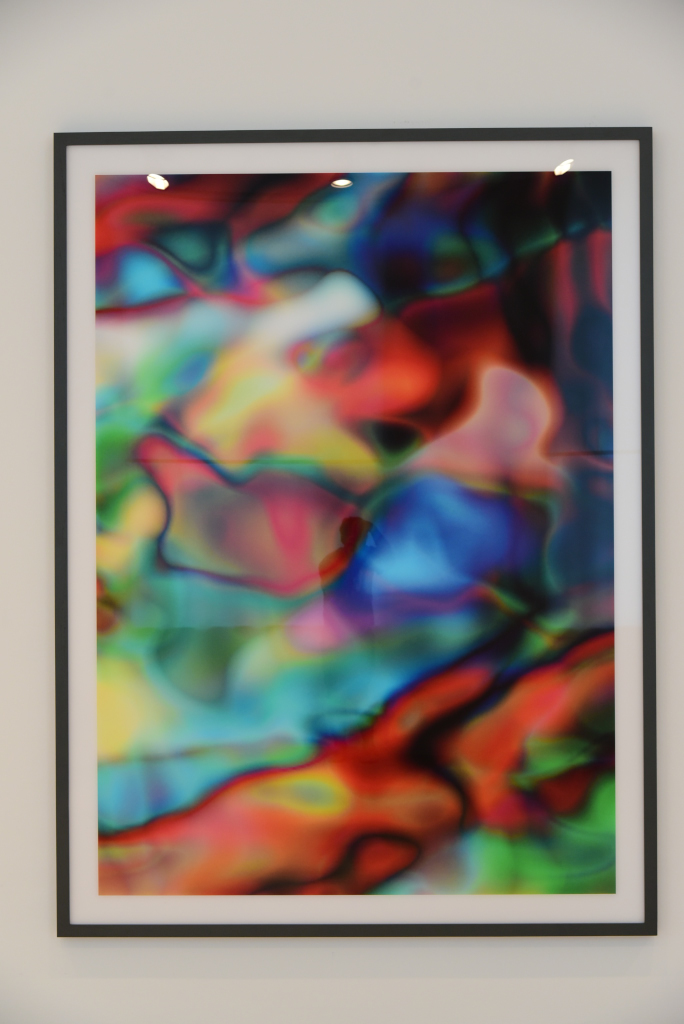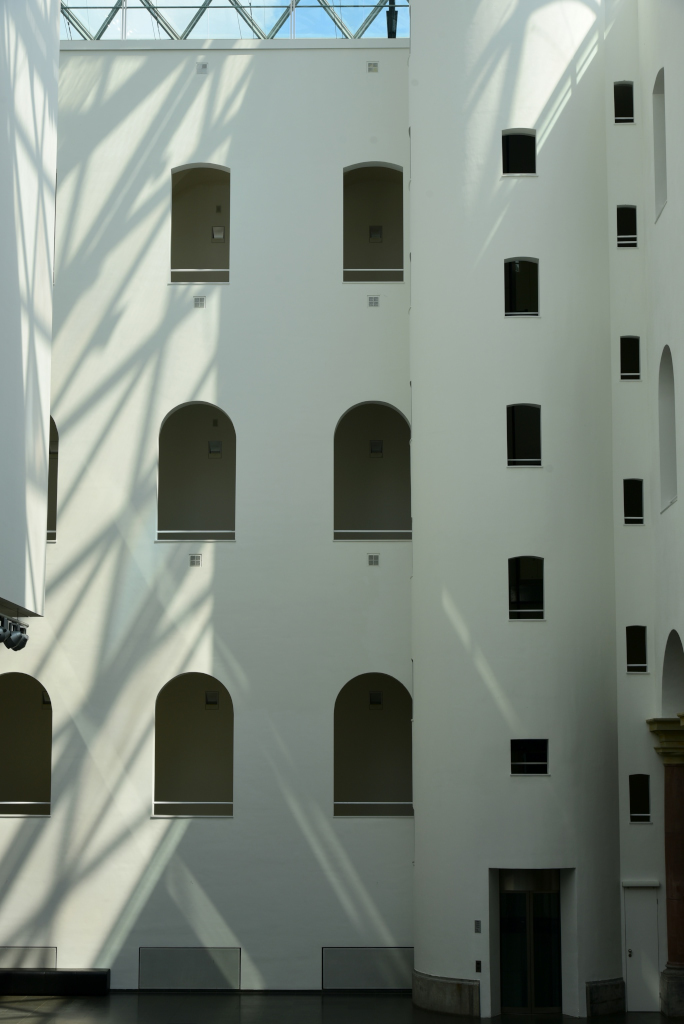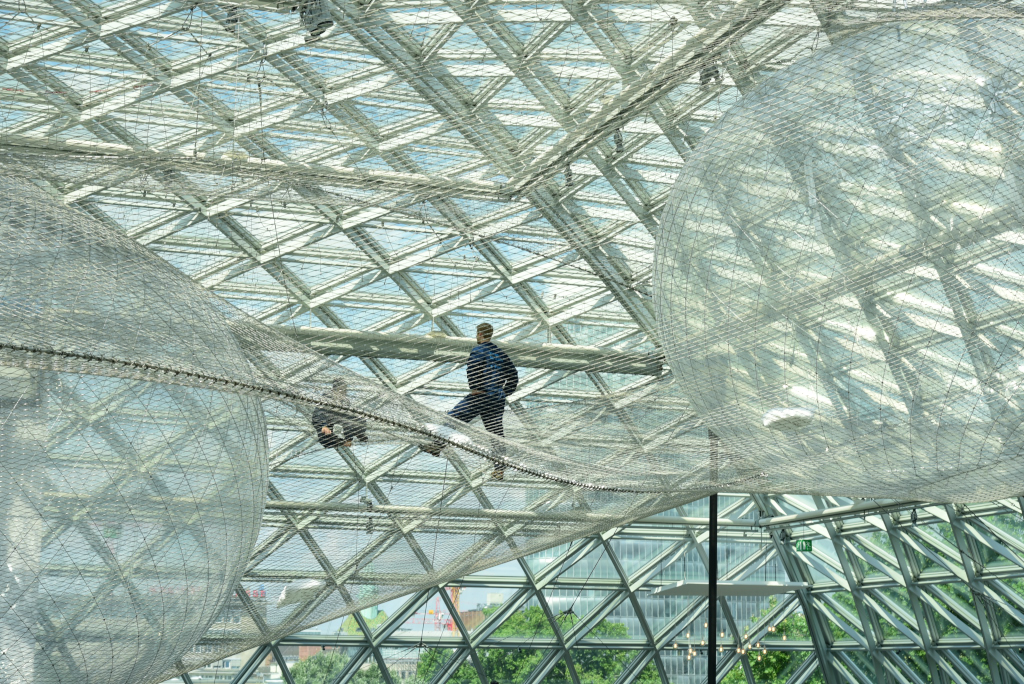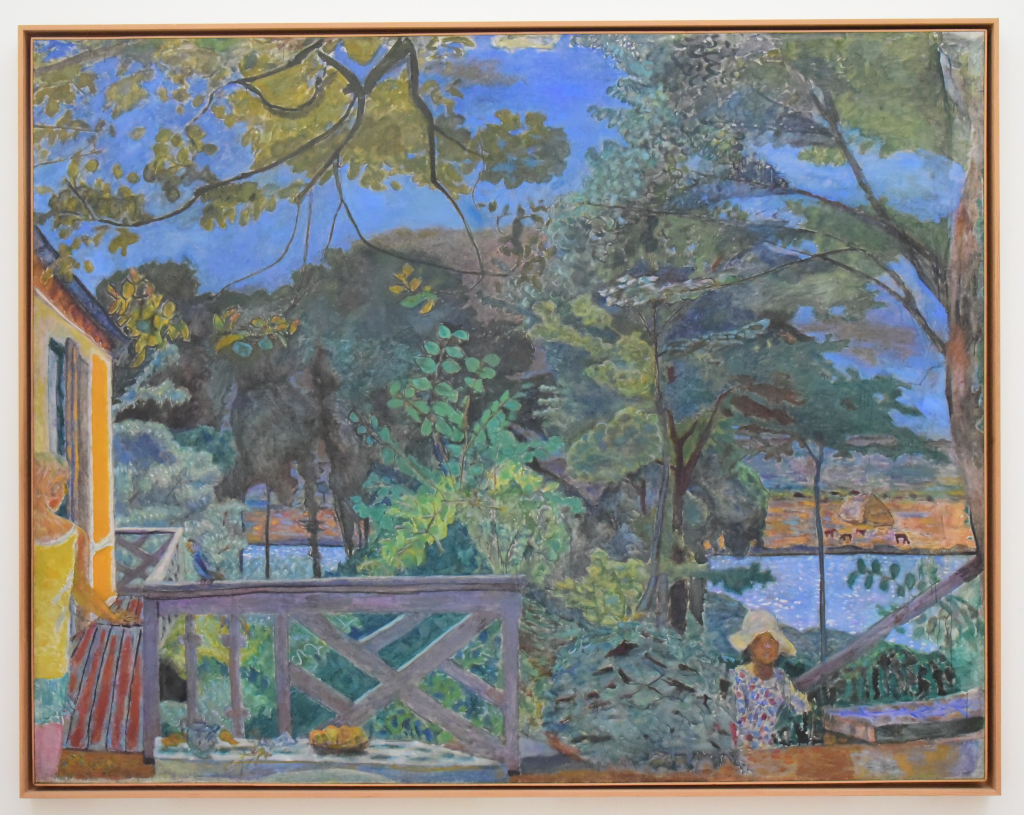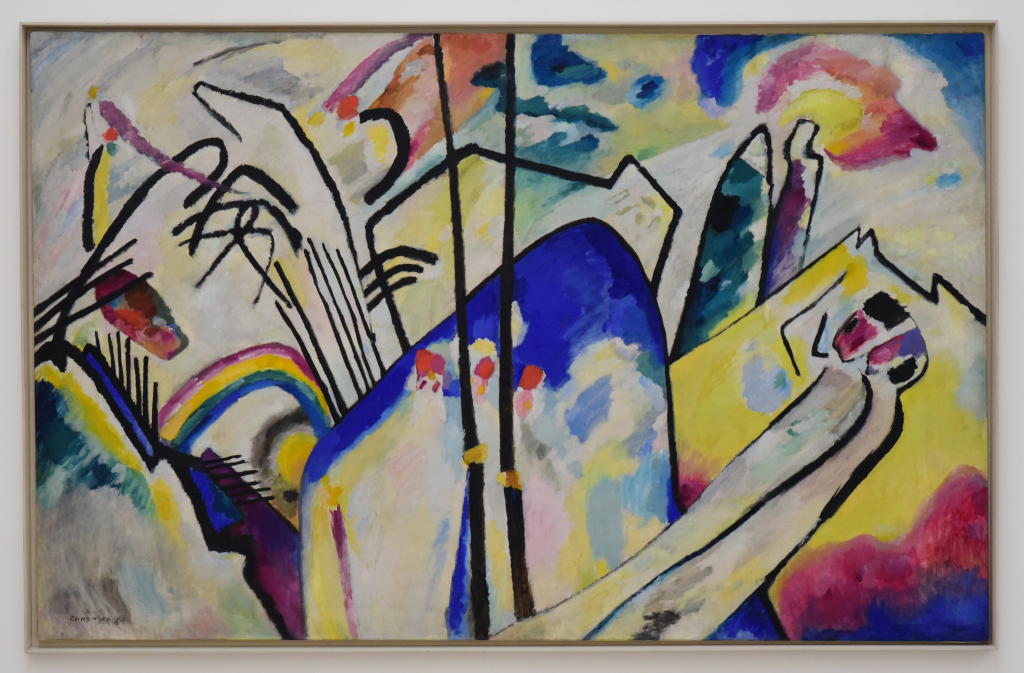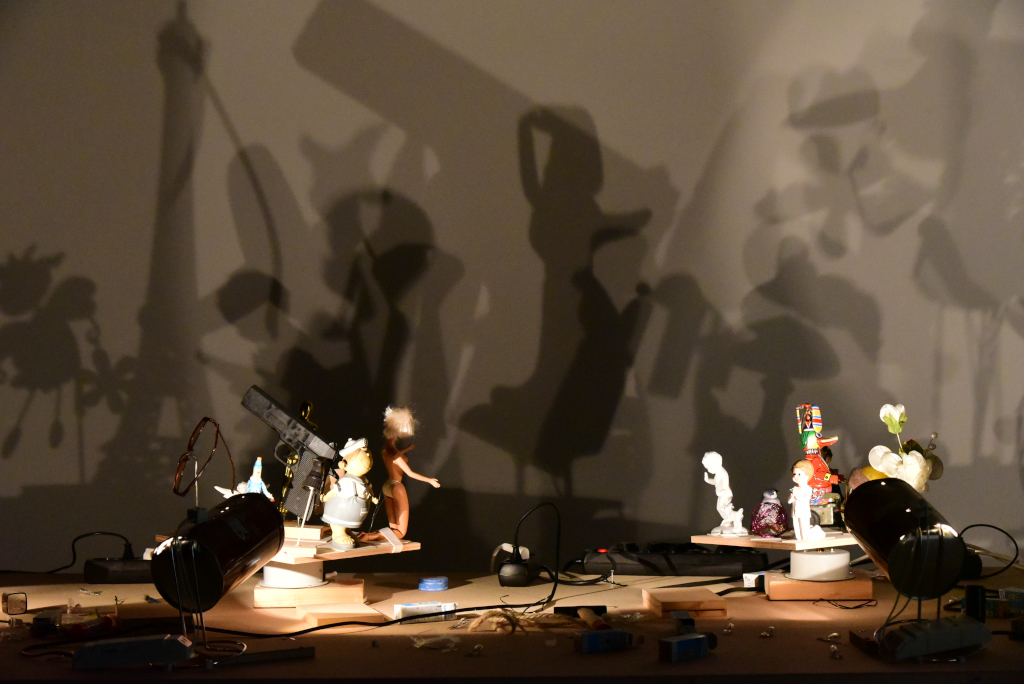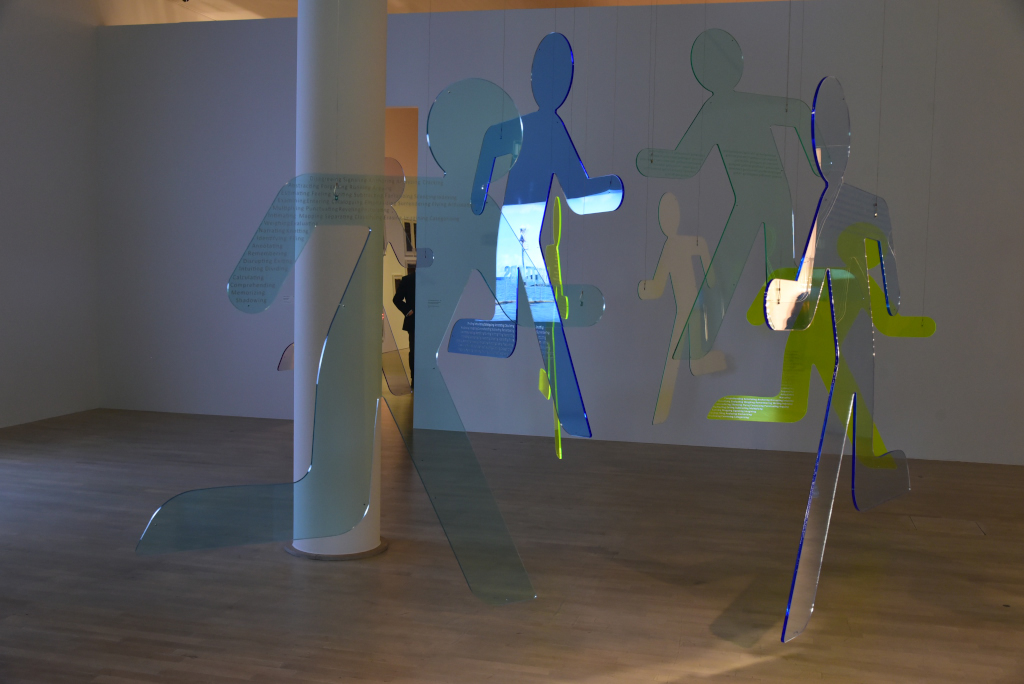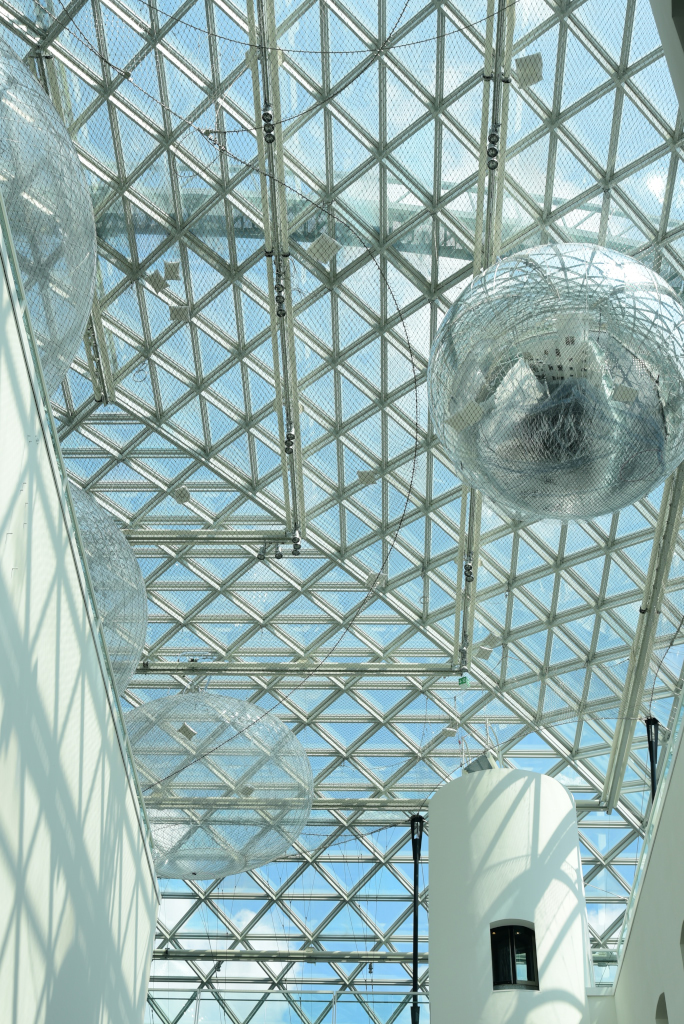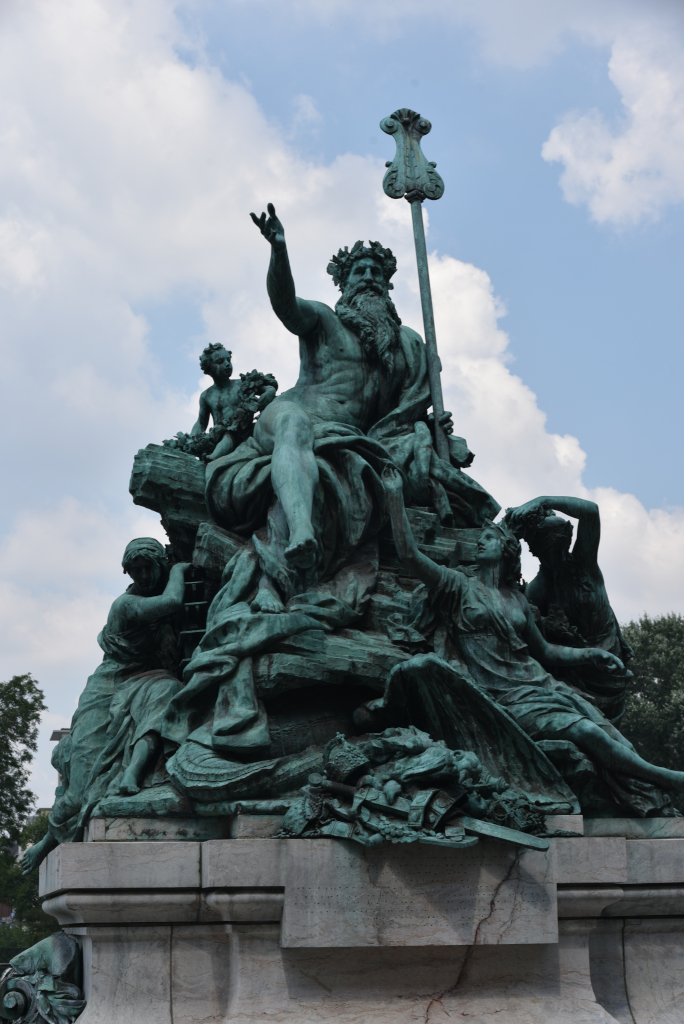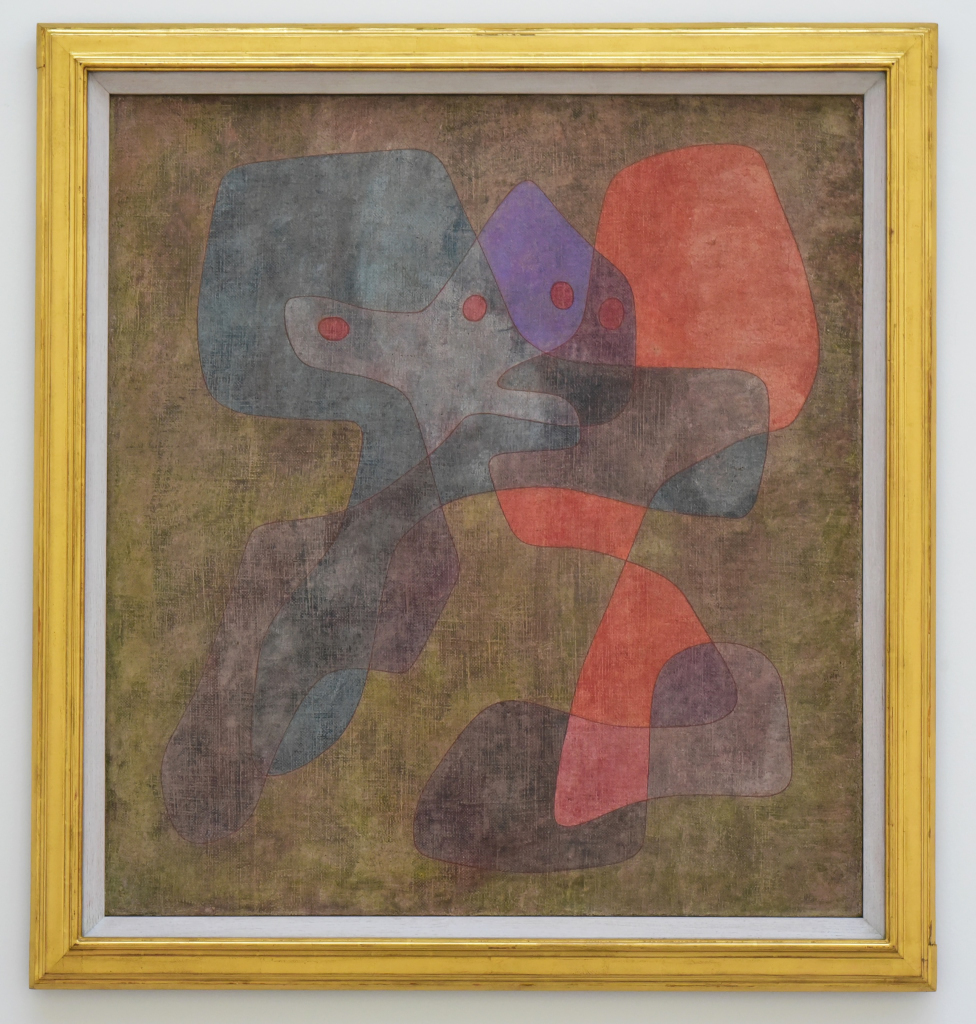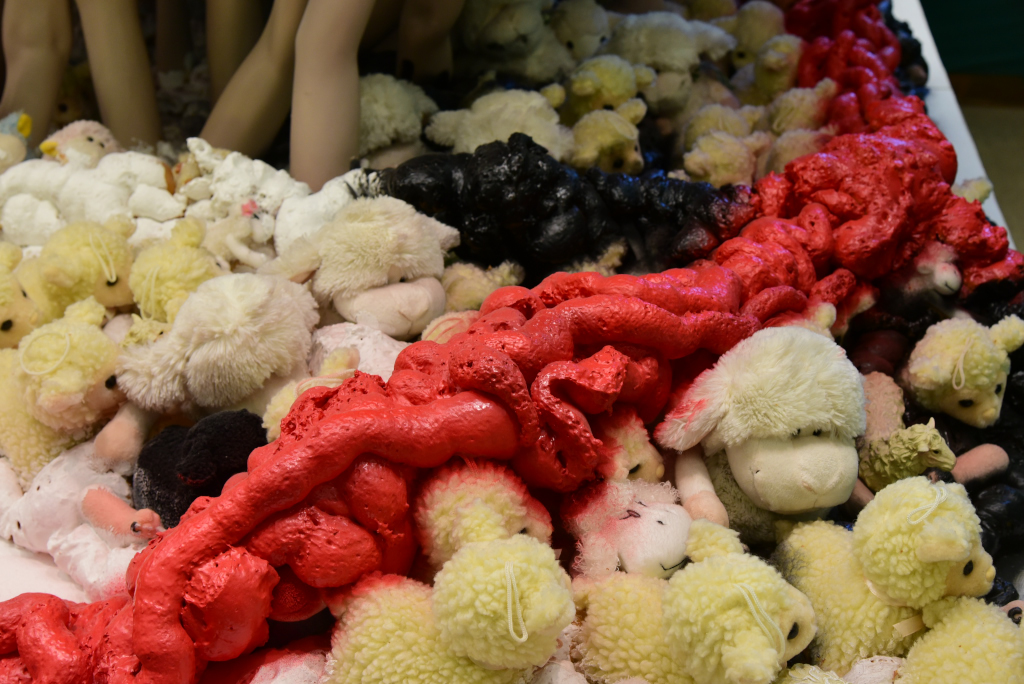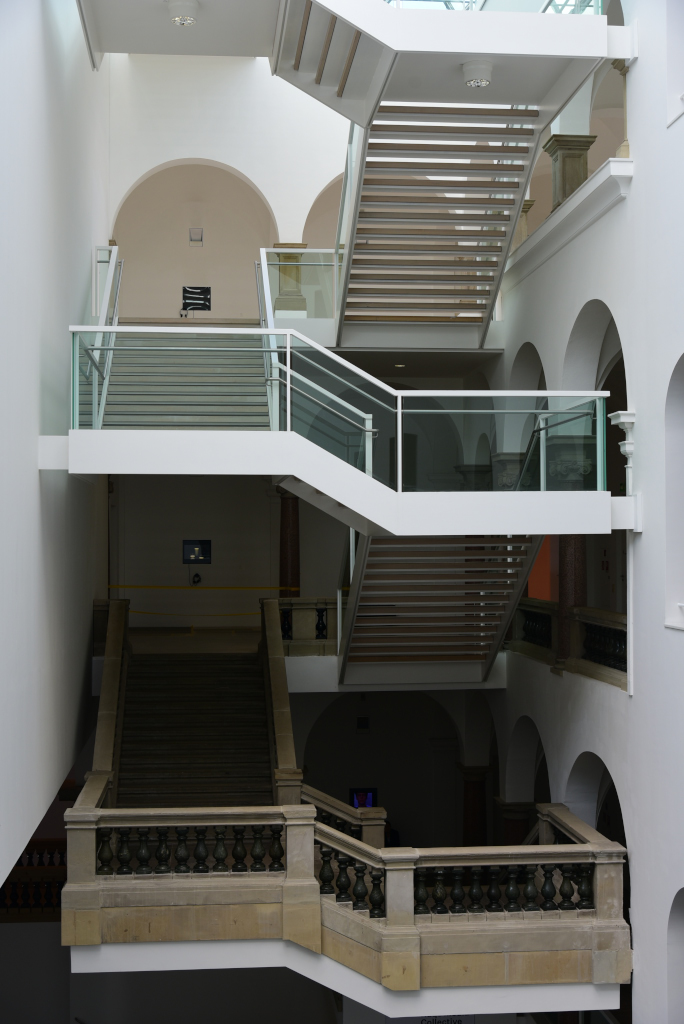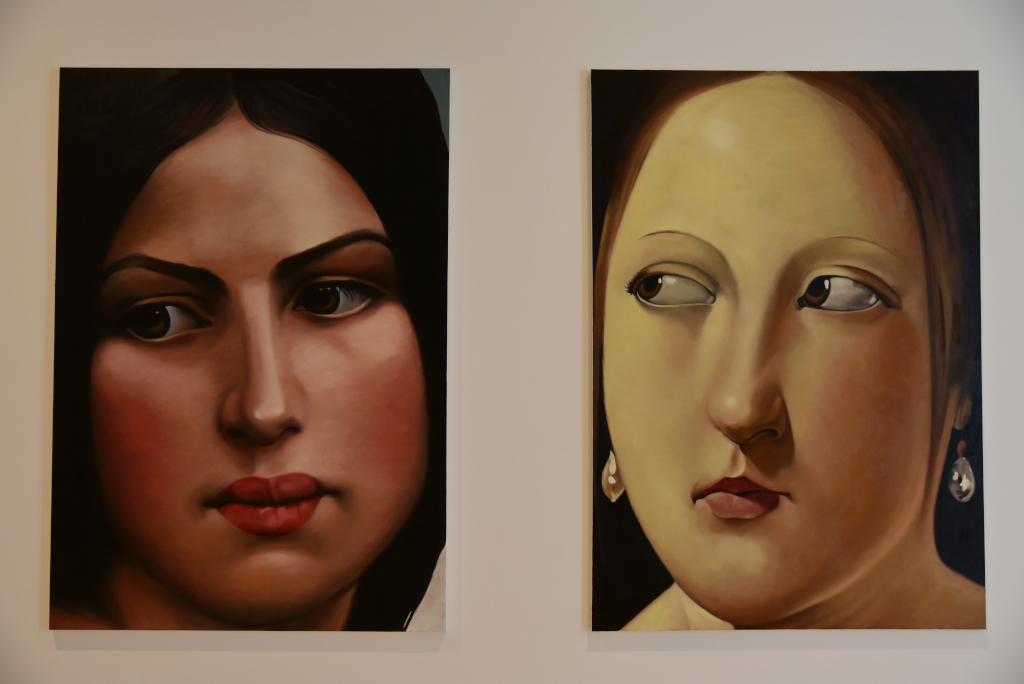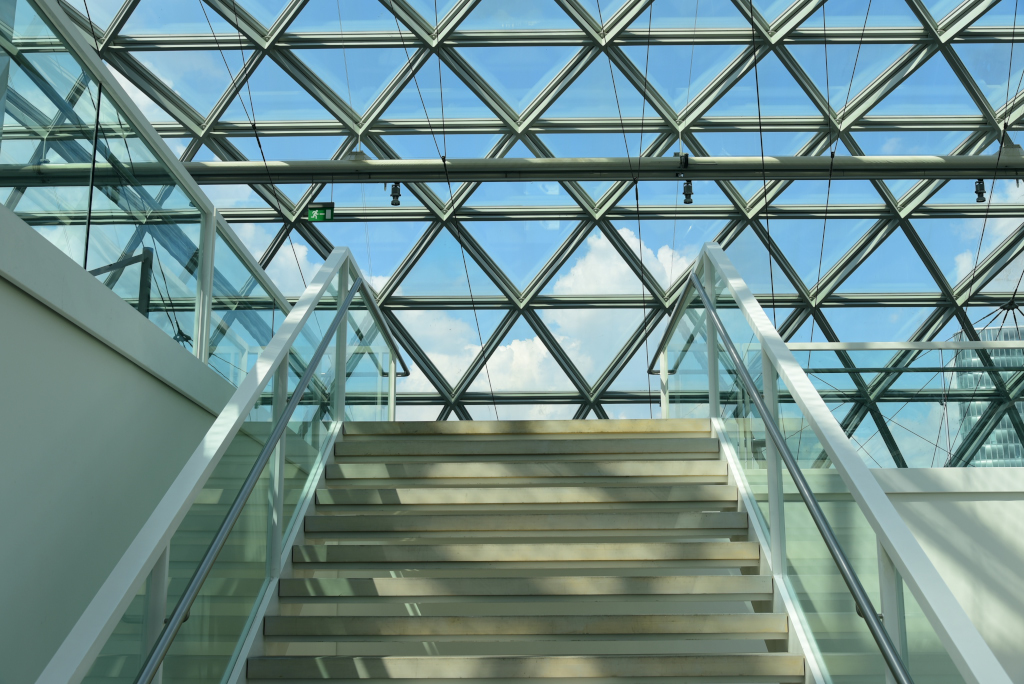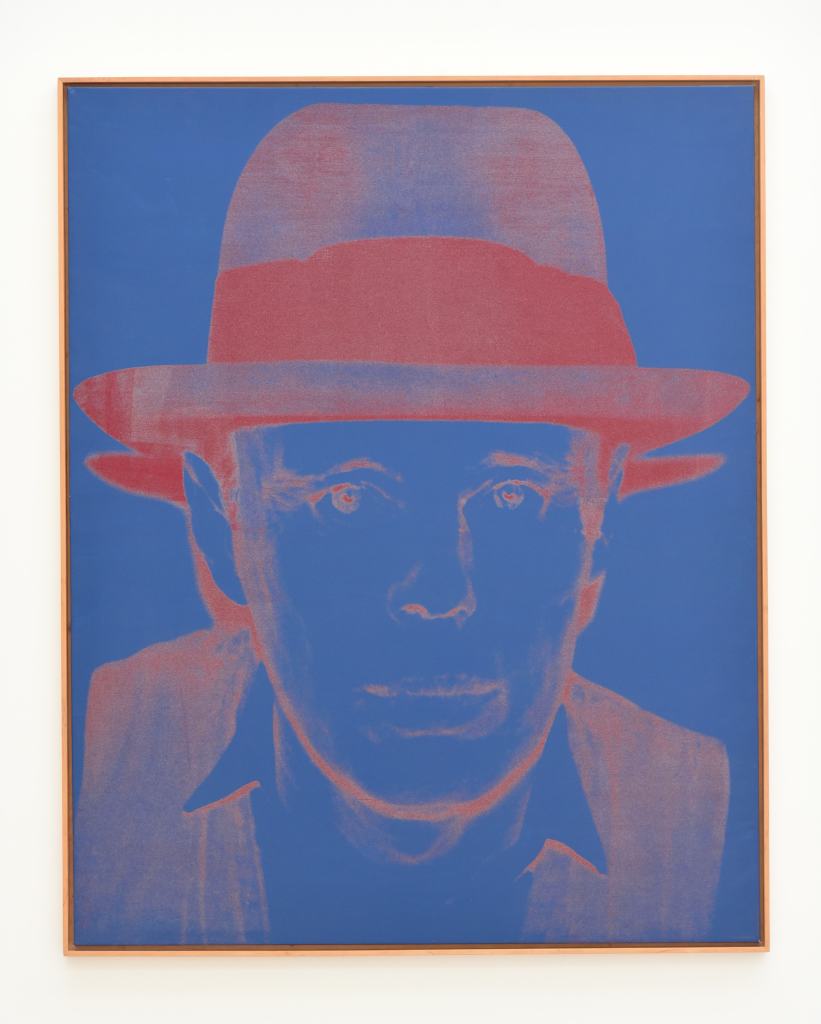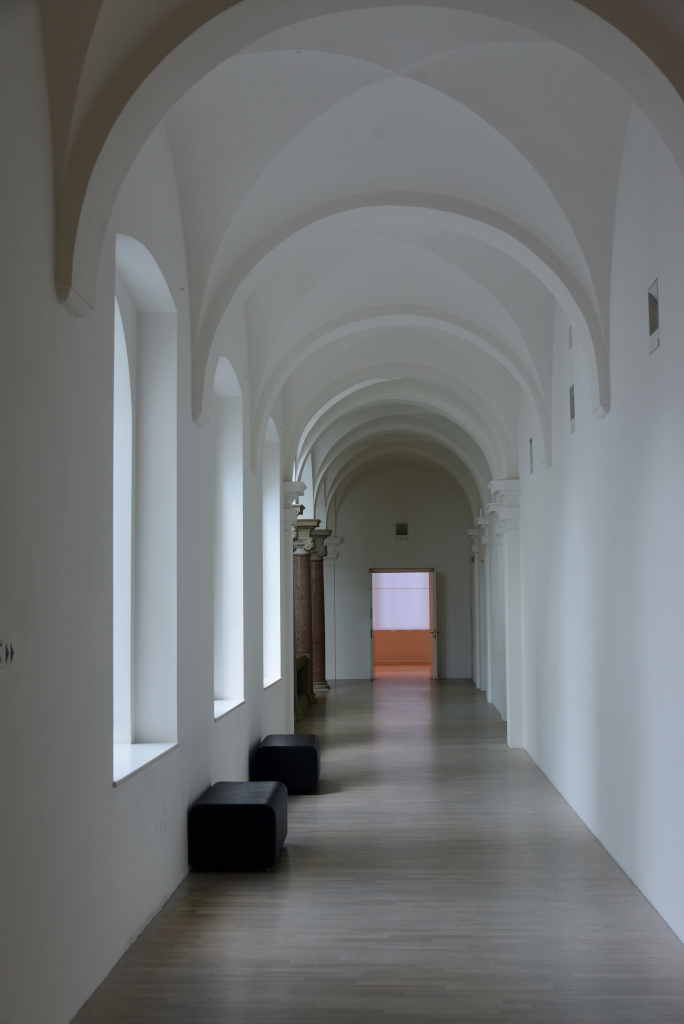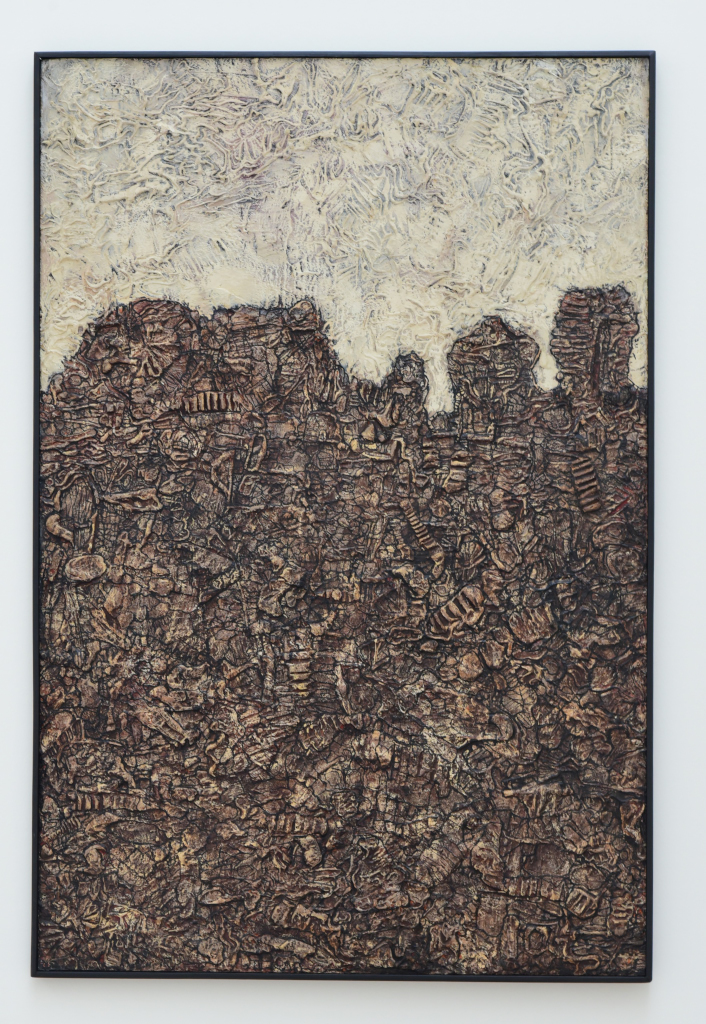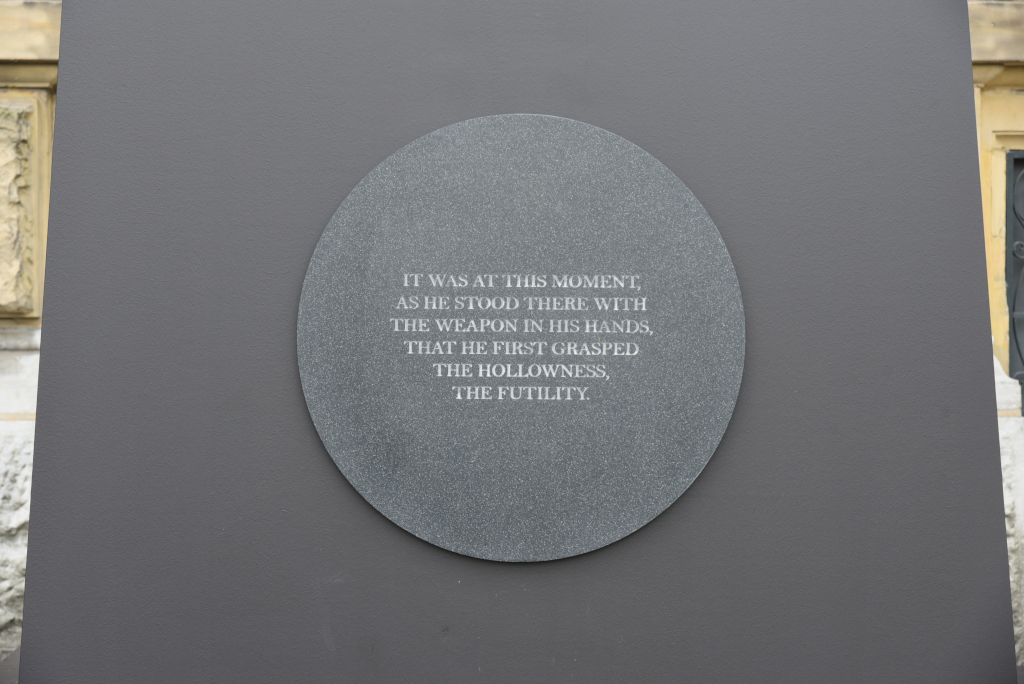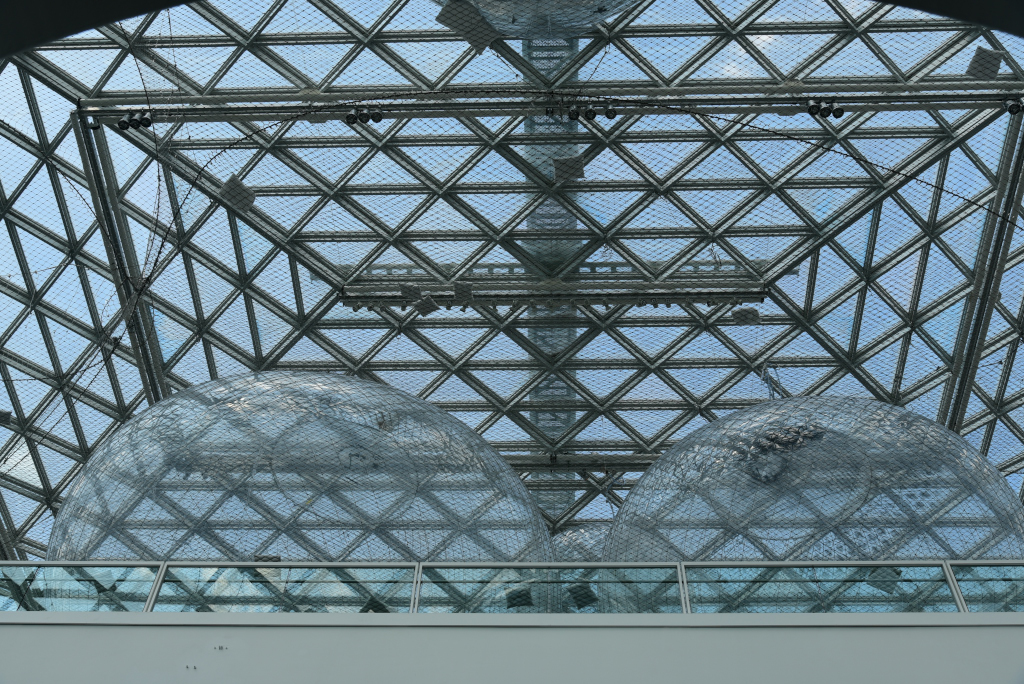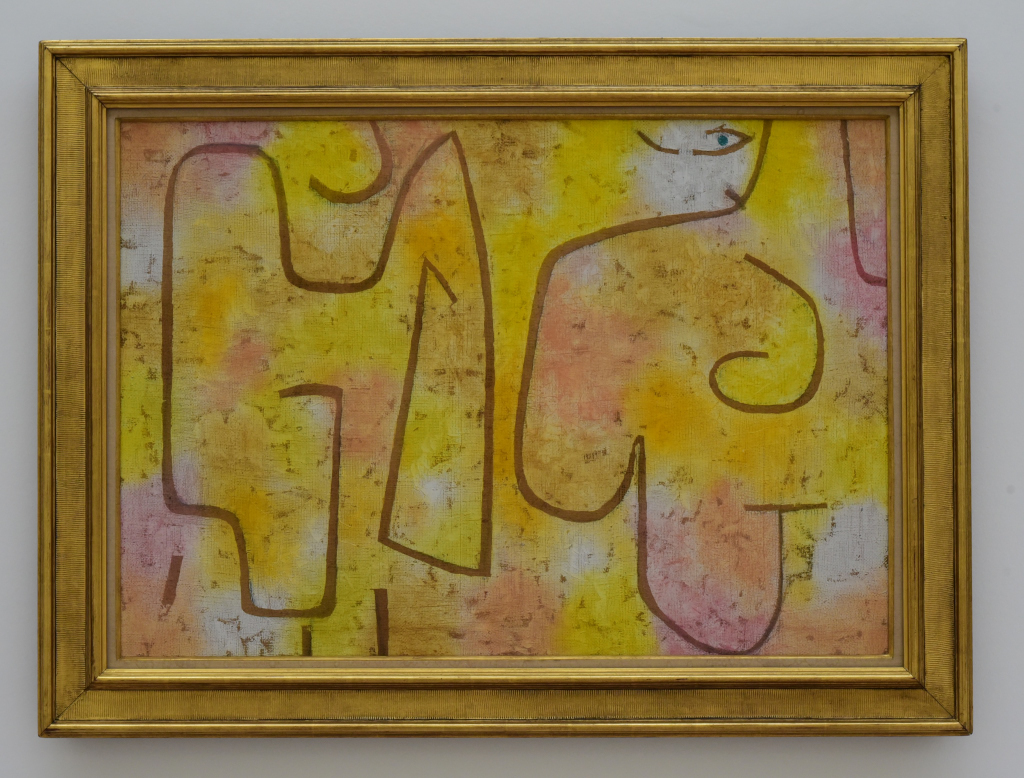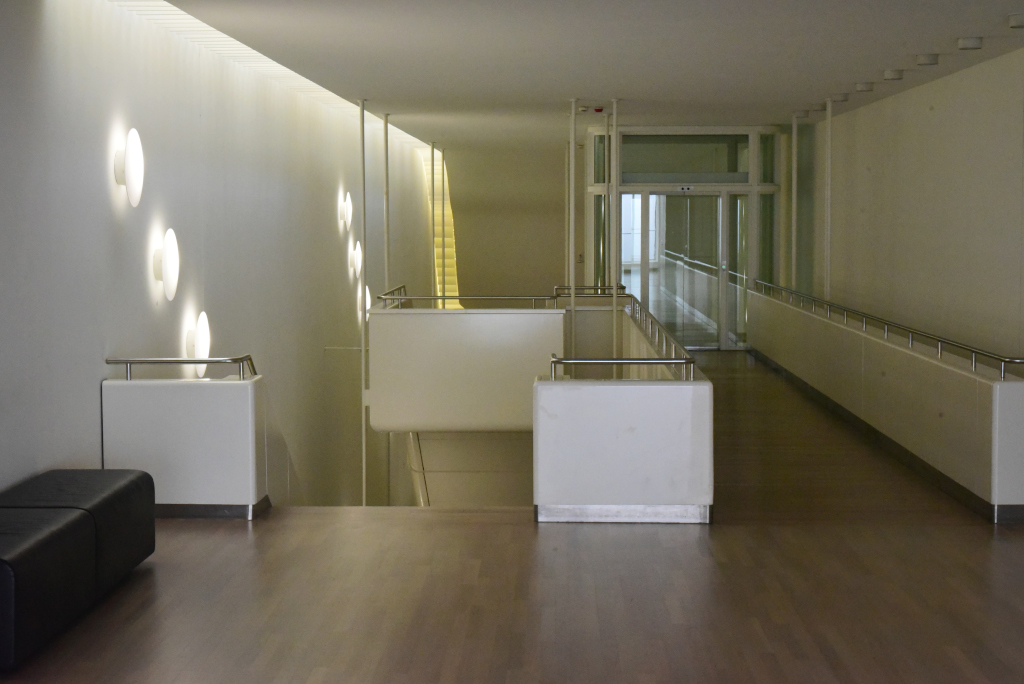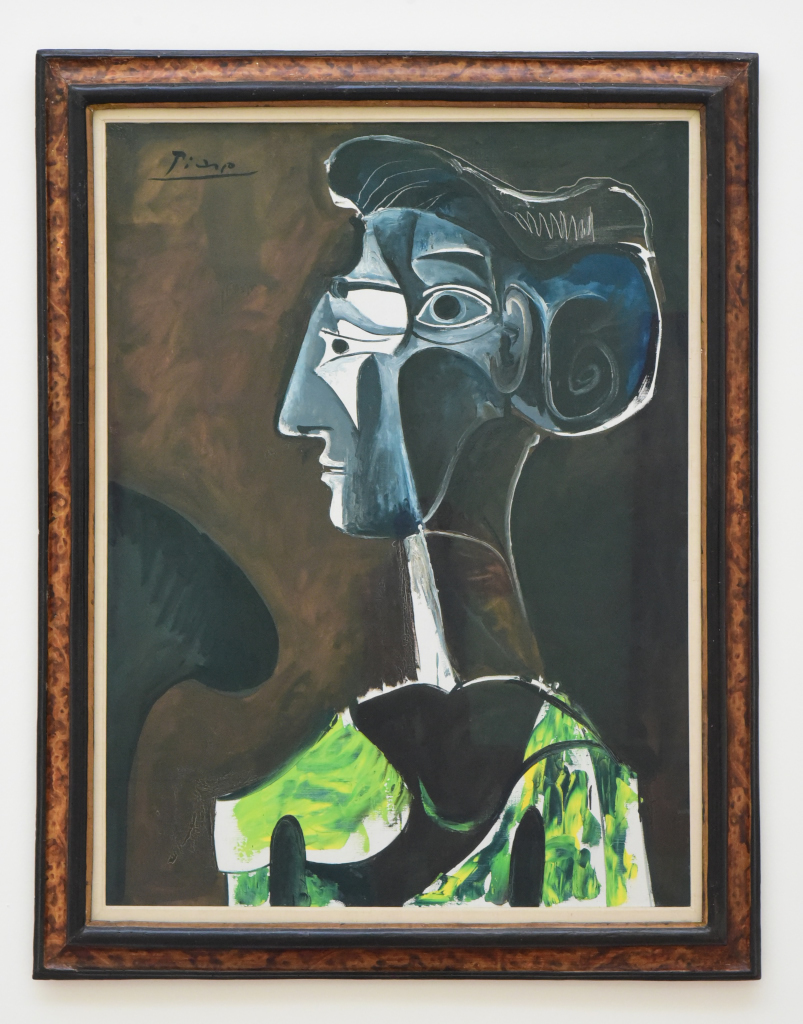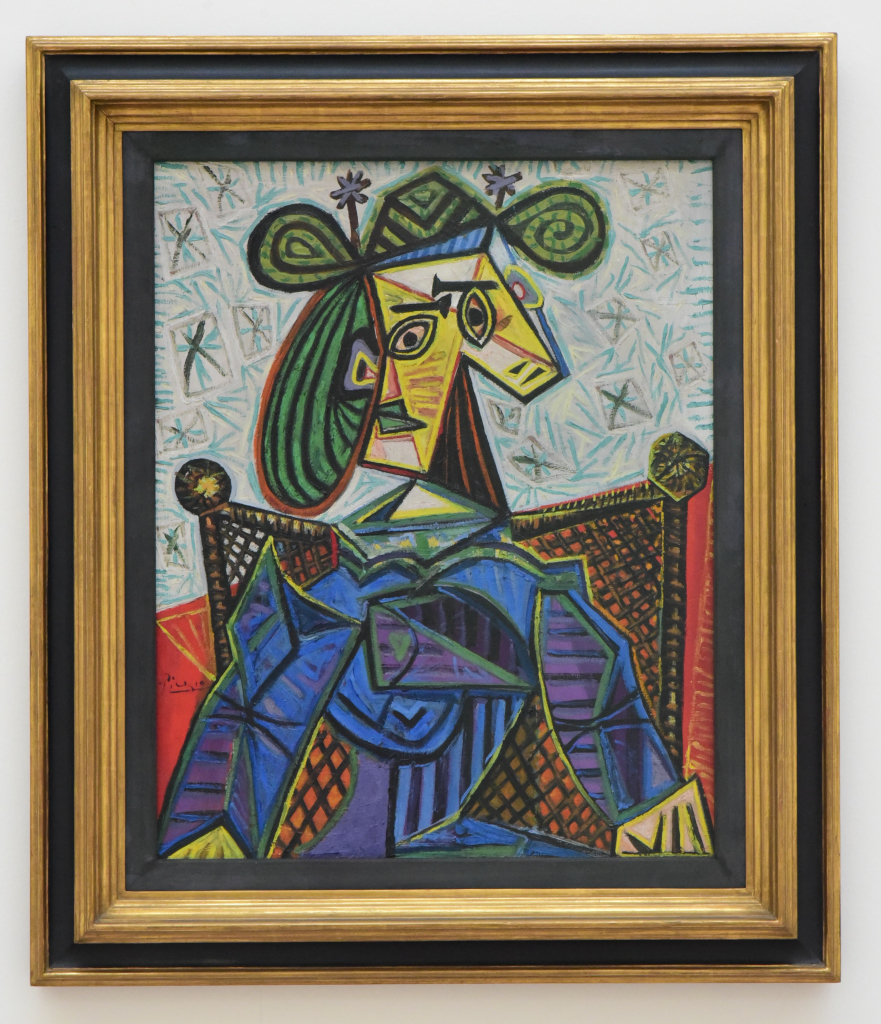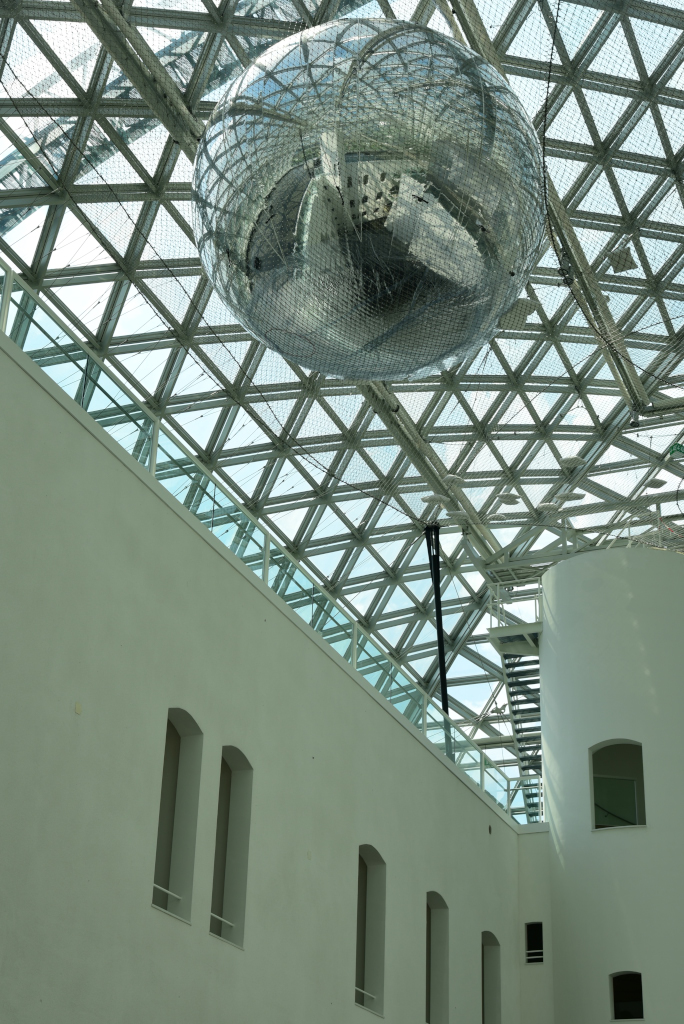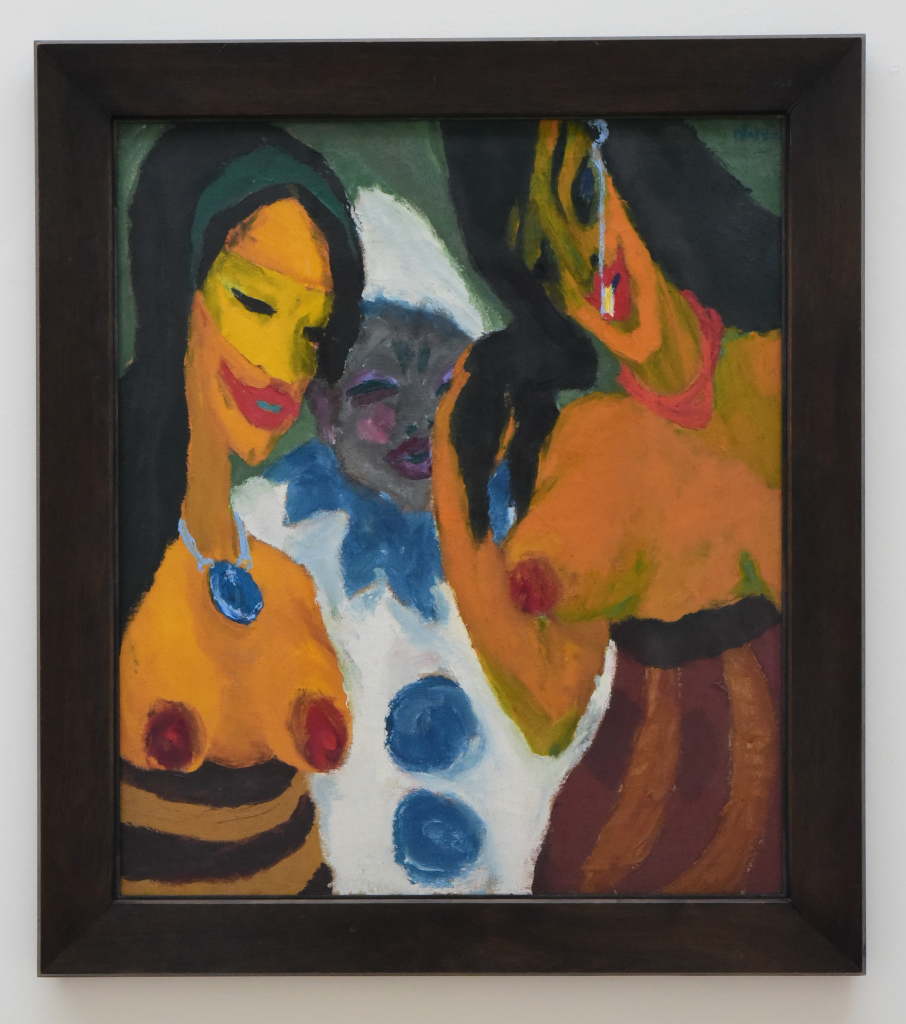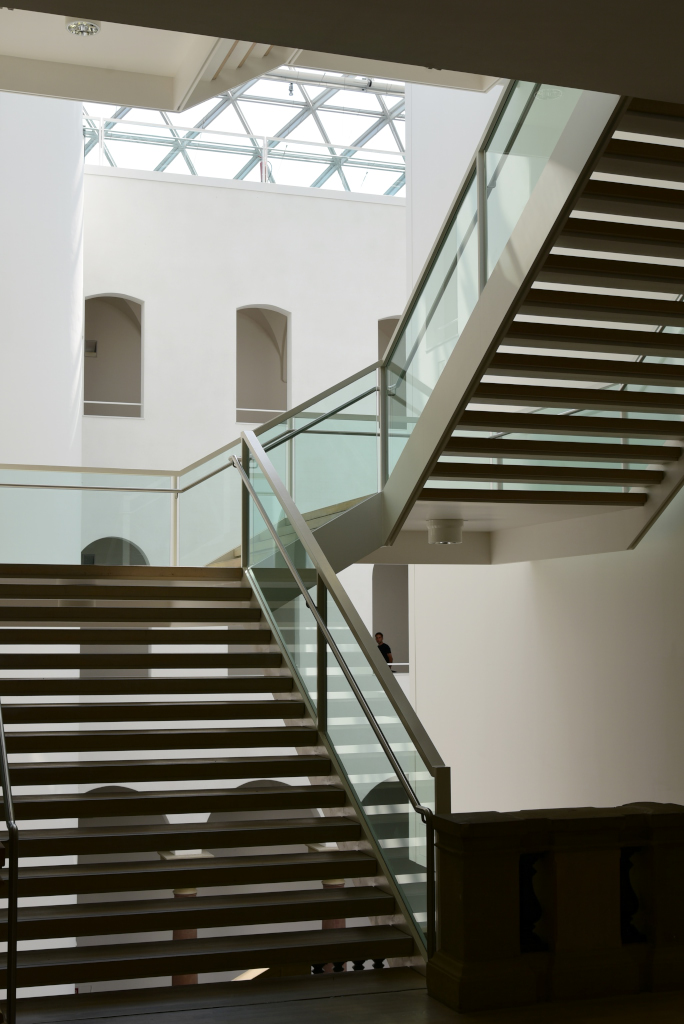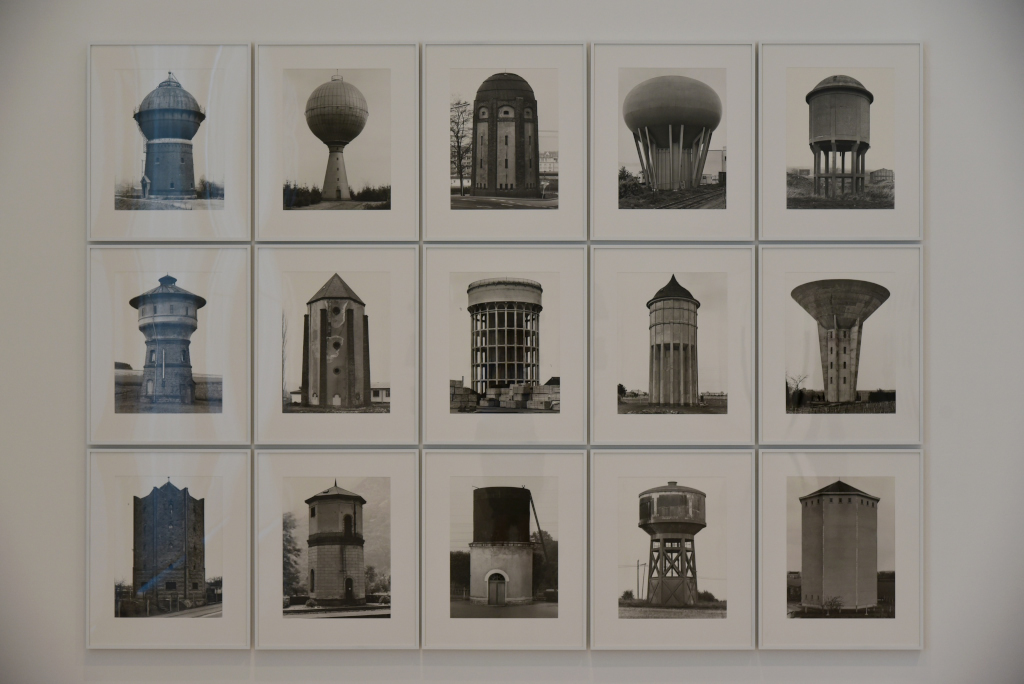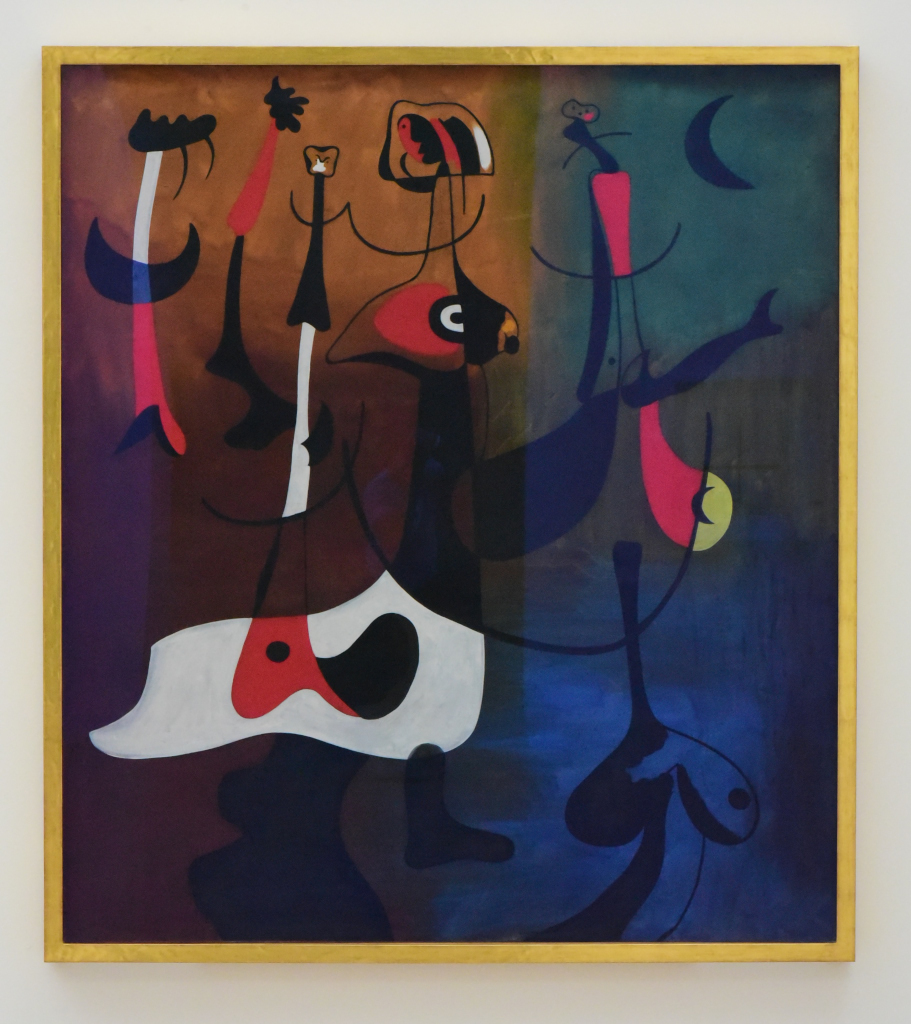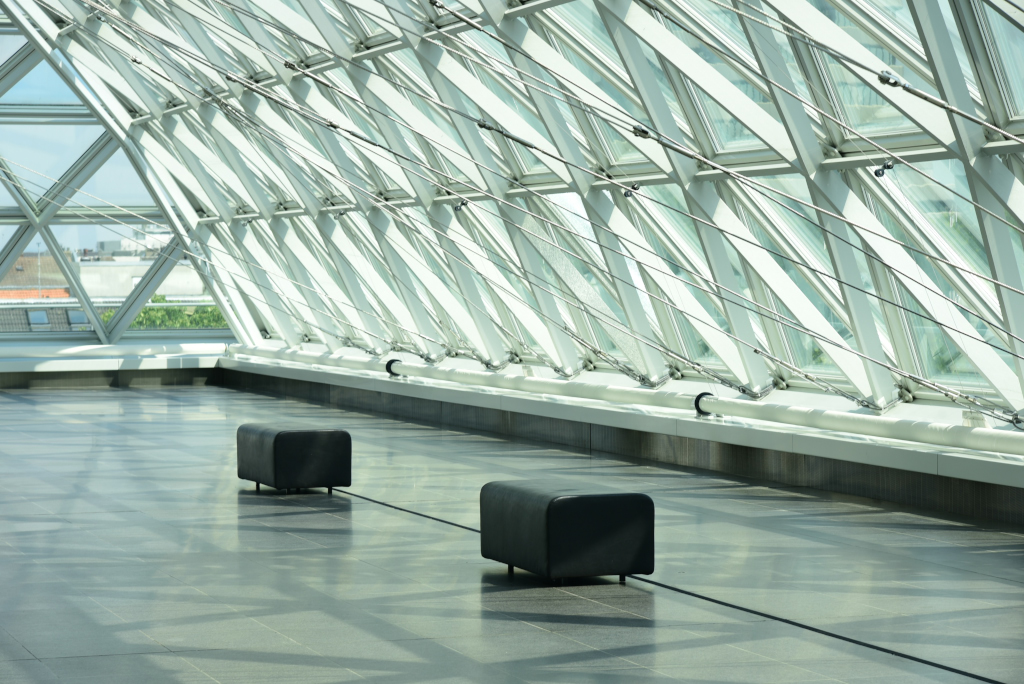July 12, 2018
Düsseldorf is the seat for important media agencies, many of whose offices are located in the so-called Medienhafen, the revamped former port on the Rhine river.
Düsseldorf-based newspapers include the the Handelsblatt, Rheinische Post, Wirtschaftswoche, Deutsches Wirtschaftsblatt and VDI-Nachrichten. Many of the internet companies in Düsseldorf have their roots in the world of advertising: there are 400 advertising agencies in Düsseldorf, among them three of the largest in Germany. There are also about 200 publishing houses in Düsseldorf.
Although Düsseldorf’s coat of arms has borne an anchor since the 15th century, it was not until the early 19th century that the city’s harbor began handling shipping on a major scale. It was still some time before the advantages of the location could be fully exploited. Various plans for a Rhine harbor in Düsseldorf were drawn up, resulting in the construction of the Harbor Warehouse (later a pawnbroker’s) in 1866. In 1880, a Berlin architect by the name of Plock was commissioned to draw up plans for the harbor. Construction officially commenced on December 6, 1890 and the Düsseldorf Rhine harbor, covering an area of 80 hectares, was opened in 1896.
In contrast to other cities, when modernizing its harbour, Düsseldorf didn’t just attempt to wipe the slate clean, but decided to treat each lot individually and adapt it to its future users. Which meant that its docklands weren’t forced into a uniform corset. Instead such internationally famous architects as Frank O. Gehry, David Chipperfield, Joe Coenen, Steven Holl and Claude Vasconi were given an empty canvas to make their creative contribution to the skyline.
Listed and protected warehouses were equipped with modern high-tech media, old rooms were given new outfits. But in spite of all the modernization work, the area still retains the ambiance of a harbour, with its quay walls, stairways, cast-iron bollards, wrought-iron railings and rail tracks with cranes laid along the old loading road. Many companies in the MedienHafen provide high-quality services and know-how. Around 700 companies are now located where the area only ten years ago was a depressing wasteland dominated by derelict warehouses.
On the history of Düsseldorf. In 1380, the dukes of Berg moved their seat to Düsseldorf, and the town was made regional capital of the Duchy of Berg. During the following centuries, several famous landmarks were built, including the Collegiate Church of St Lambertus. In 1609, the ducal line of the United Duchies of Jülich-Cleves-Berg died out, and after a virulent struggle over succession, Jülich and Berg fell to the Wittelsbach Counts of Palatinate-Neuburg, who made Düsseldorf their main domicile, even after they inherited the Electorate of the Palatinate, in 1685, becoming now Prince-electors as Electors Palatine.
Under the art loving Johann Wilhelm II (r. 1690–1716), a vast art gallery with a huge selection of paintings and sculptures, was housed in the Stadtschloss (city castle). After his death, the city fell on hard times again, especially after Elector Charles Theodore inherited Bavaria and moved the electoral court to Munich. With him he took the art collection, which became part of what is now the Alte Pinakothek in Munich. Destruction and poverty struck Düsseldorf after the Napoleonic Wars.
But today, another art collection marks the international stature of the city as cultural entrepot, namely the Kunstsammlung Nordrhein-Westfalen, a leading collection of 20th century art owned by the province of North Rhine-Westphalia. This collection is exhibited over three different venues: the K20 at Grabbeplatz, the K21 in the Ständehaus, and the Schmela Haus.
With major works by Pablo Picasso, Henri Matisse, and Piet Mondrian, among others, as well as a wide-ranging ensemble of circa 100 drawings and paintings by Paul Klee, the permanent collection of the Kunstsammlung offers a singular perspective of classical modernism. The collection of postwar American art includes works by Jackson Pollock and Frank Stella, Robert Rauschenberg, Jasper Johns, and Andy Warhol. Other high points of the collection include works by Joseph Beuys, Gerhard Richter, Tony Cragg, Emil Schumacher, Sarah Morris, Katharina Fritsch, Nam June Paik, Wolf Vostell and Imi Knoebel.
The history of the Kunstsammlung Nordrhein-Westfalen begins in 1960 with the purchase of 88 works by Paul Klee from the collection of Pittsburgh steel manufacturer G. David Thompson. The purchase—brokered by Basel art dealer Ernst Beyeler and overseen by then state premiere Franz Meyer—forms the nucleus of the collection, founded in 1961 under the title “Stiftung Kunstsammlung Nordrhein-Westfalen”.
To begin with, the collection was housed in Jägerhof Palace. Soon after it opened, space limitations prompted plans for a new building. Announced in 1975 was a competition for its design, the winning proposal being submitted by the Danish architectural office of Dissing+Weitling. The resulting building – which resides within architectural history at the transition from postwar modernism to postmodernism – features a curved façade of polished, natural black stone, sitting on the square directly across from the Kunsthalle Düsseldorf.
(Narrative excerpted from Wikipedia, www.duesseldorf.de and www.duesseldorf-tourismus.de)

